Not all indoor plants get along with pets. If you live with a rabbit, chinchilla, or guinea pig, you've probably seen firsthand just how curious they are. They don't stop to ask if a plant is toxic — they just nibble and chew.
Click Here For a Guide to Understanding Your Rabbits Diet.

That's where things get tricky. Many common houseplants are beautiful but can be dangerous if your furry friend decides to snack on them. So, let's dig into which houseplants are safe, how to set them up around your home, and what to offer instead when the chewing begins.
Why Knowing Your Houseplants Matters
Curious noses and mouths are part of the package when you have a small pet. Whether it's a house rabbit hopping by or a guinea pig exploring their pen, greenery grabs their attention fast. Their natural instincts tell them to taste and test.
This means houseplants can quickly become a hazard if you're not careful. Some toxic plants can cause digestive issues, mouth sores, or even more serious reactions. The good news? There are plenty of non-toxic houseplants that bring life into your space without putting your pet in danger.
Safe and Stylish: Indoor Plants You Can Trust
There's no need to sacrifice your plant collection. With the right selections, your home can be both lush and safe. There are plenty of non-toxic houseplants. These houseplants won't harm your pet if they sneak a bite.

Small Pet-Safe Houseplants to Grow Indoors
Here's a closer look at several beautiful and pet-friendly plants. These are great for homes with rabbits, guinea pigs, chinchillas, and other small pets.
Jade Plant
The jade plant is a timeless favorite among indoor gardeners. It's known for its thick, shiny leaves and compact growth. It thrives in bright light and dry conditions, making it low-maintenance and stylish.
Best of all, it's not toxic to small pets. If your rabbit hops over and takes a bite, there's no reason to panic. Just keep it trimmed to discourage snacking and place it on a higher shelf if needed.
Roses
Roses might not be the first plant that comes to mind when you think of houseplants, but mini rose bushes grow well indoors with enough light. Rabbits and chinchillas often love the petals.
One important note — while the plant itself is safe, avoid using pesticides or synthetic fertilizers. Those are what turn a safe snack into a toxic one. Stick to organic methods if you plan to keep roses indoors.
Violets
Violets are another bright and cheerful option. They produce sweet purple blooms that look great on windowsills and side tables. Most violets are safe for pets, but here's the catch: not every "violet" is a true violet.
African Violets, for example, aren't true violets but are still non-toxic. To be sure, check the plant's scientific name. If it belongs to the Viola genus, it’s generally a safe bet.
Lavender
Lavender is loved for its scent and calming appearance. It needs lots of sun and airflow, but once it takes off, it's beautiful and practical. It's often used in potpourri or natural room sprays.
Some rabbits and guinea pigs may turn up their noses at lavender — it's not a favorite for every pet. That said, it's safe if they do nibble, and its strong scent may naturally discourage over-chewing.
Wheatgrass
Wheatgrass is one of the most practical small pet-safe houseplants you can grow. It looks like a cheerful clump of green grass, and it's safe for both you and your pet. People often juice it for health benefits, and your pet can snack on it directly.
This is a win-win. Keep a fresh patch growing in a sunny spot. It's quick to grow, and easy to rotate so your pet always has a safe green option to nibble on.
How to Create a Pet-Safe Indoor Plant Zone
Once you know which plants are safe, the next step is arranging your space. A little planning goes a long way. Consider using raised plant stands, shelves, or hanging pots. These not only protect your greenery but also prevent unwanted snacking.
If your rabbit or guinea pig has free roam time, supervise them around new plants. Even non-toxic plants can cause stomach issues if eaten in large amounts. And of course, your plants might not survive either.
Quick Tips for Houseplant Safety:
Check plant toxicity with reputable sources like the ASPCA’s searchable list.
Avoid chemical fertilizers and pesticides on plants within your pet's reach.
Give your pet healthier alternatives for chewing (more on that next).
Redirect Chewing With Healthy Alternatives
Even if your houseplants are safe, you probably don't want them destroyed. That's where fresh grass hay and chew toys come in. Hay is more than just food — it's a boredom buster and a dental tool.
Offer a constant supply of high-quality hay, like timothy, orchard, or oat hay. This keeps their teeth in check and gives them something healthy to chew all day long. You can also toss in some apple sticks or willow branches. These are all-natural, satisfying, and safe for constant gnawing.
Rabbits, Guinea Pigs, and Chinchillas Need Hay Daily
Their digestive systems rely on fiber. Chewing hay also helps prevent dental problems caused by overgrown teeth. If you need help picking the right hay, check out our Hay Guide for Small Pets for a full breakdown.

Popular Houseplants That Are NOT Safe for Small Pets
Now that we've covered the good guys, let's talk about the plants you'll want to keep far away from your furry companions. Some of the most common houseplants are surprisingly toxic to rabbits, guinea pigs, and chinchillas.
The reactions can range from mild irritation to serious illness. It's not worth the risk — especially when there are so many pet-safe options available. Here's a rundown of the plants you should never let your small pet near.
Peace Lily
This plant is a favorite for its lush green leaves and ease of care, but it contains calcium oxalate crystals. If ingested, it can cause burning in the mouth, drooling, and digestive problems. Keep this one completely out of reach — or out of the house entirely.
Snake Plant (Mother-in-Law’s Tongue)
It's trendy, stylish, and tough — but also toxic. Snake plants can cause nausea, vomiting, and diarrhea in small pets. Even if they only take a small nibble, symptoms may appear quickly.
Pothos (Devil’s Ivy)
Found in homes and offices everywhere, pothos is a low-maintenance plant that grows quickly in water or soil. But it's also harmful if ingested. Like the peace lily, it contains oxalates that can cause serious mouth and throat irritation.
Aloe Vera
While aloe is known for its healing powers in humans, it's not safe for rabbits or guinea pigs. Ingesting aloe can cause vomiting and diarrhea. Even the gel inside isn't safe if consumed by small animals.
Philodendrons
Another popular plant that can cause a bad reaction. If a rabbit bites into a philodendron, it may show signs of oral pain, swelling, or difficulty breathing. This is due to — you guessed it — oxalates again.
Making Small Pet-Safe Houseplants Part of Your Home Decor
There's a balance between keeping your home beautiful and keeping your pet safe. Luckily, with the right houseplants and layout, you don't have to choose. You can create a warm, plant-filled home while keeping your rabbit, guinea pig, or chinchilla protected.
Start With Placement
If your pet has free run of your home or room, consider plant placement carefully. High shelves, hanging baskets, and plant stands are a must for anything you're unsure about. You can also use decorative fencing around plants in larger enclosures.
Some people set up "pet zones" and "plant zones" — separate areas in the home where each can thrive. This is especially helpful if you love both rare houseplants and your bunny.
Consider Raised Gardens Indoors
Think of it like an indoor greenhouse. Shelving with grow lights lets you enjoy a plant collection year-round, while keeping it out of reach. This is especially helpful in the winter months when outdoor gardens aren't available.
Safe Outdoor Plants to Bring Inside
Some plants that grow outdoors can double as indoor greenery during colder seasons. If you're already growing herbs or ornamentals outside, you can pot them and move them indoors temporarily — as long as they're safe for pets.
Here are a few that transition well:
Basil: Aromatic and safe — many rabbits love it.
Mint: Peppermint and spearmint are both non-toxic.
Chamomile: Mild and calming, safe if munched on.
Parsley: High in vitamin C and popular among guinea pigs.
When bringing any plant indoors, check it thoroughly for bugs, mold, or chemical exposure. Even a safe plant becomes unsafe if it's been sprayed with something.
Rotate Plants to Keep Things Fresh
If you're short on space but love variety, rotating houseplants can help. This means you only keep a few plants in your pet's accessible areas at a time — switching them out every couple of weeks. It keeps your decor feeling fresh and reduces the chance of over-snacking on one plant.
Be sure to rotate only small pet-safe houseplants. Your pet will come to recognize the plants they can interact with, and the routine change keeps them mentally stimulated too.
Smart Shopping Tips for Pet-Friendly Plants
Whether you're at the garden center or shopping online, plant names can get confusing. Many toxic plants have pet-safe lookalikes — and vice versa. Always check the botanical name, not just the common one. A quick search can save your pet's health and your wallet.
Don't hesitate to ask nursery staff if their plants are pet-safe. And remember, organic is always best when pets are involved. Skip anything that's been recently fertilized or treated unless you're certain it's pet-safe.
Building a Chew-Safe Home
Houseplants are only part of the equation. When it comes to safety, you need to look at your home from your pet's perspective. Rabbits, in particular, are excellent jumpers and chewers. They'll test your cords, your rugs, and — yes — even your baseboards.
To build a chew-safe home, make sure you also:
Block access to cords with covers or cord guards.
Protect baseboards with flexible plastic or metal strips.
Offer wooden toys and DIY treats for extra enrichment.
Key Takeaways for Small Pet-Safe Houseplants
Stick with trusted, non-toxic plants like jade, wheatgrass, roses, and true violets.
Use shelves and plant stands to keep your greenery out of reach.
Provide fresh hay and chew sticks to redirect your pet's urge to nibble.
Learn to identify and avoid toxic plants like pothos, philodendrons, and peace lilies.
Rotate small pet-safe houseplants to keep both your decor and your pet's environment stimulating.
Creating a pet-friendly, plant-filled home doesn't have to be complicated. With a little planning, you can enjoy all the beauty of indoor greenery without putting your rabbit, guinea pig, or chinchilla at risk.

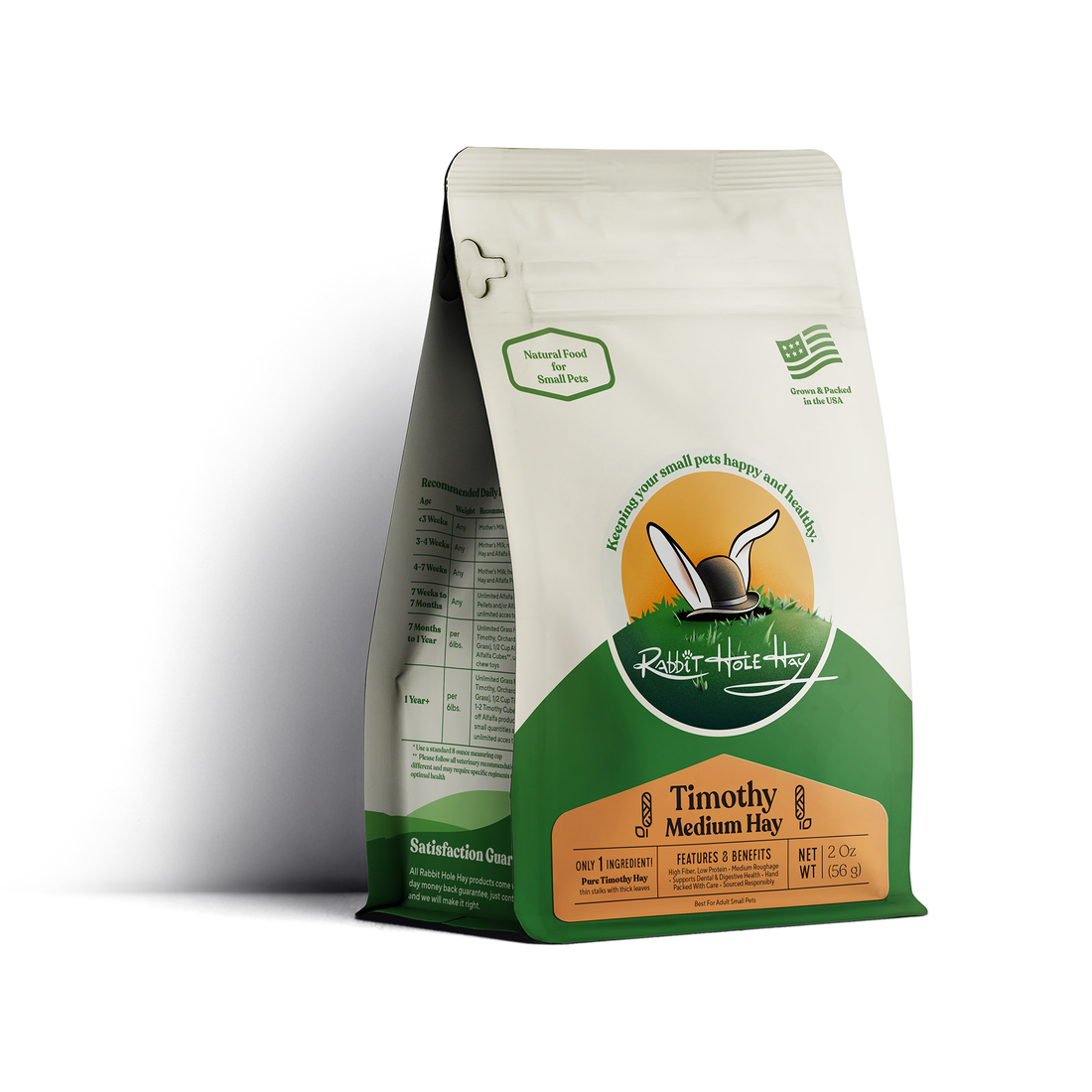
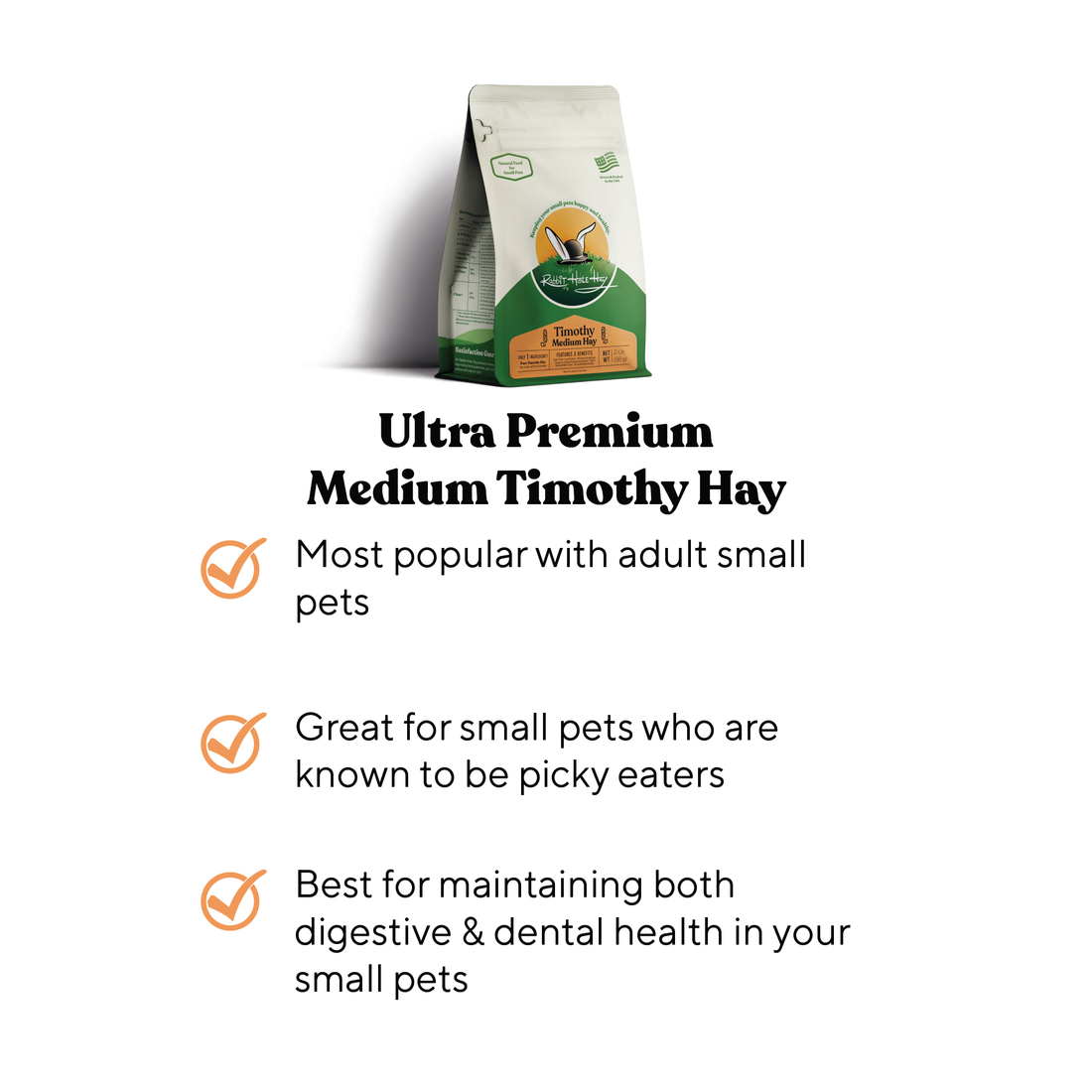
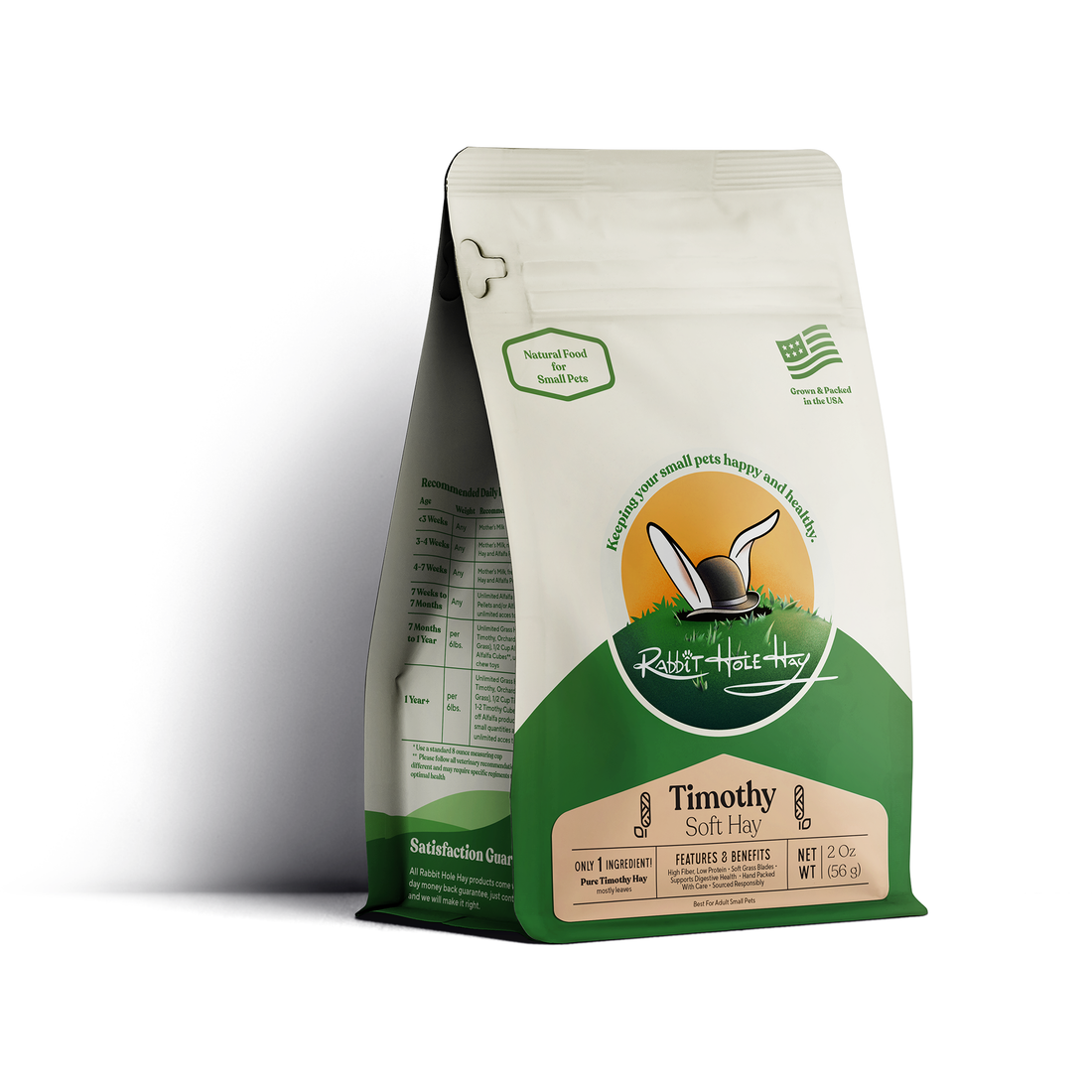
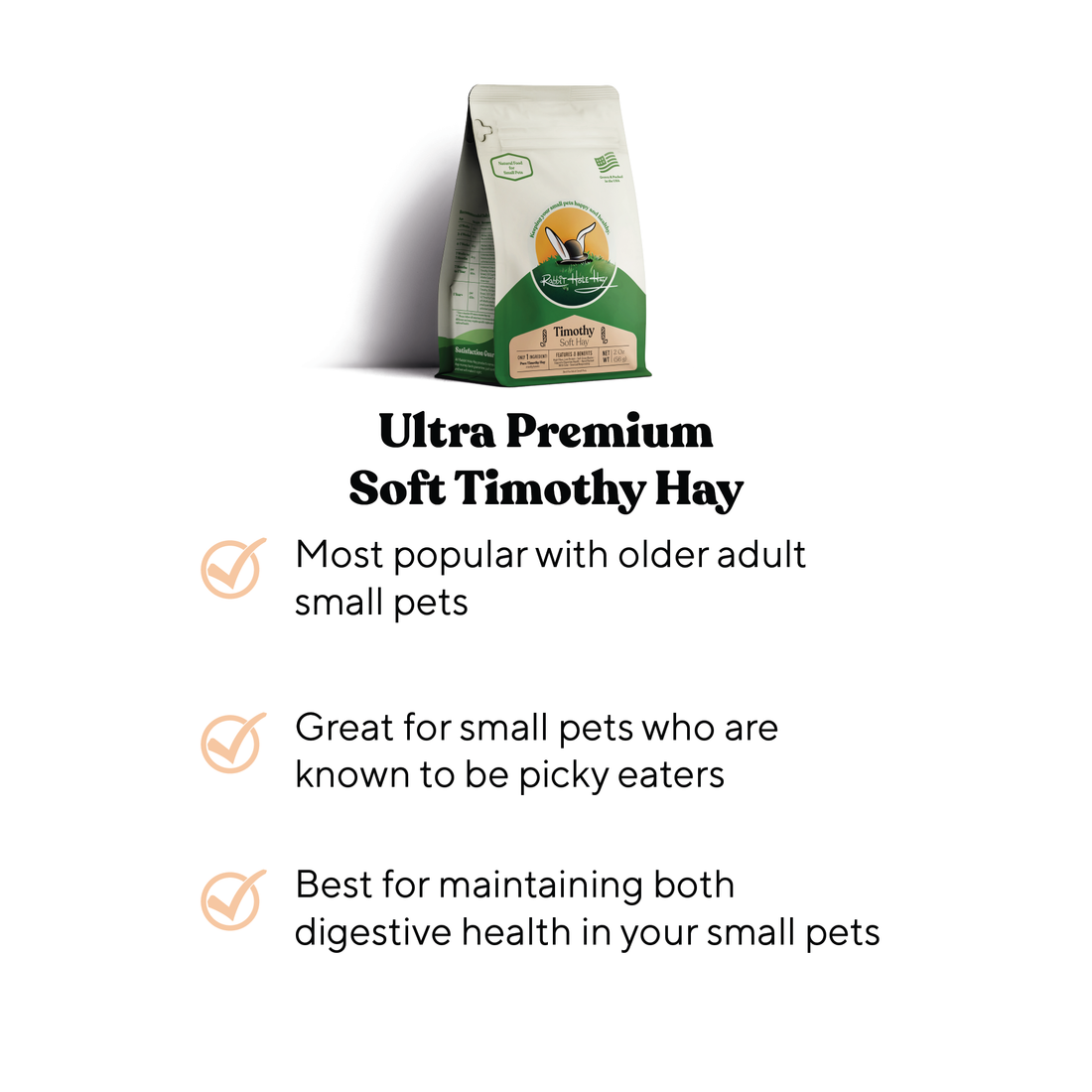
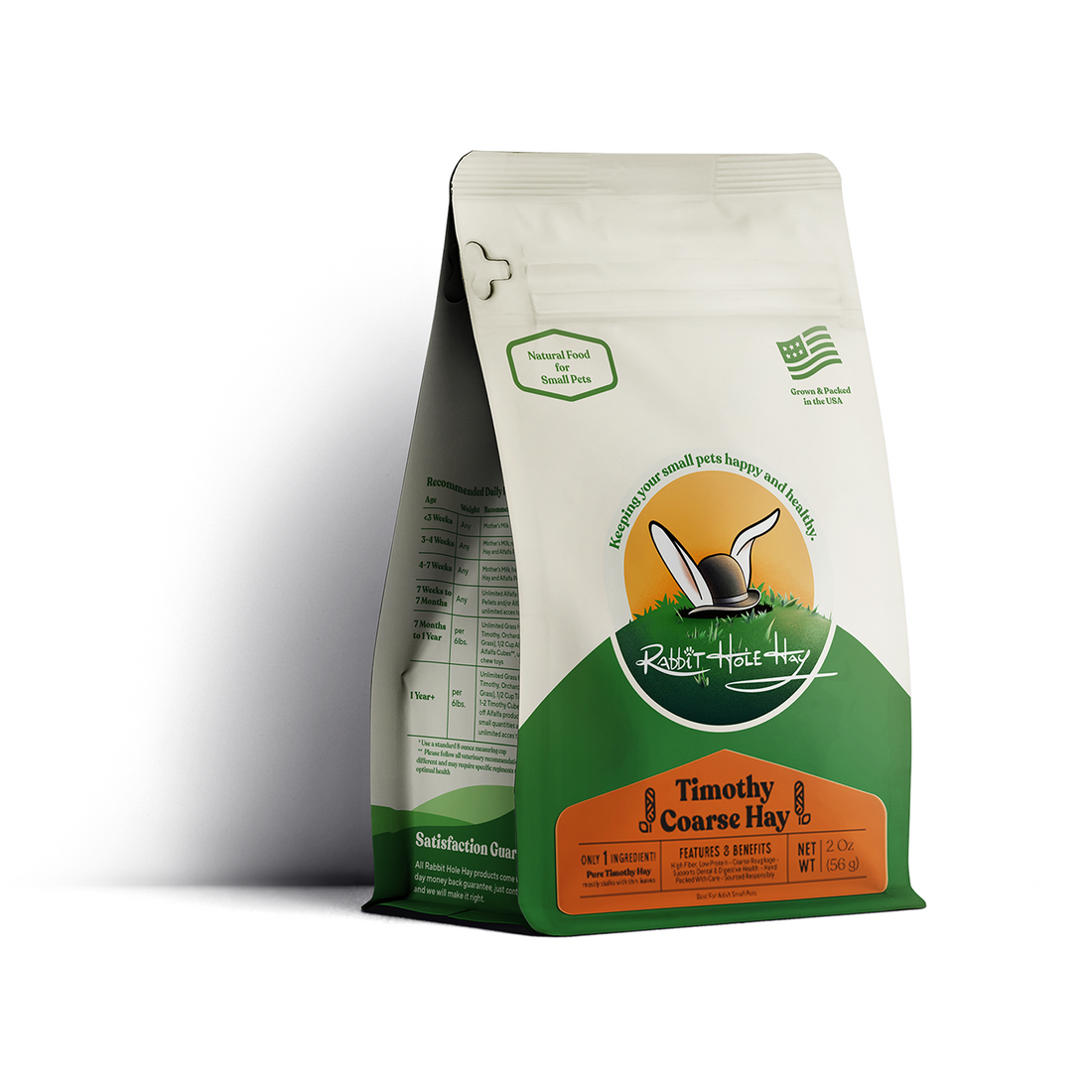
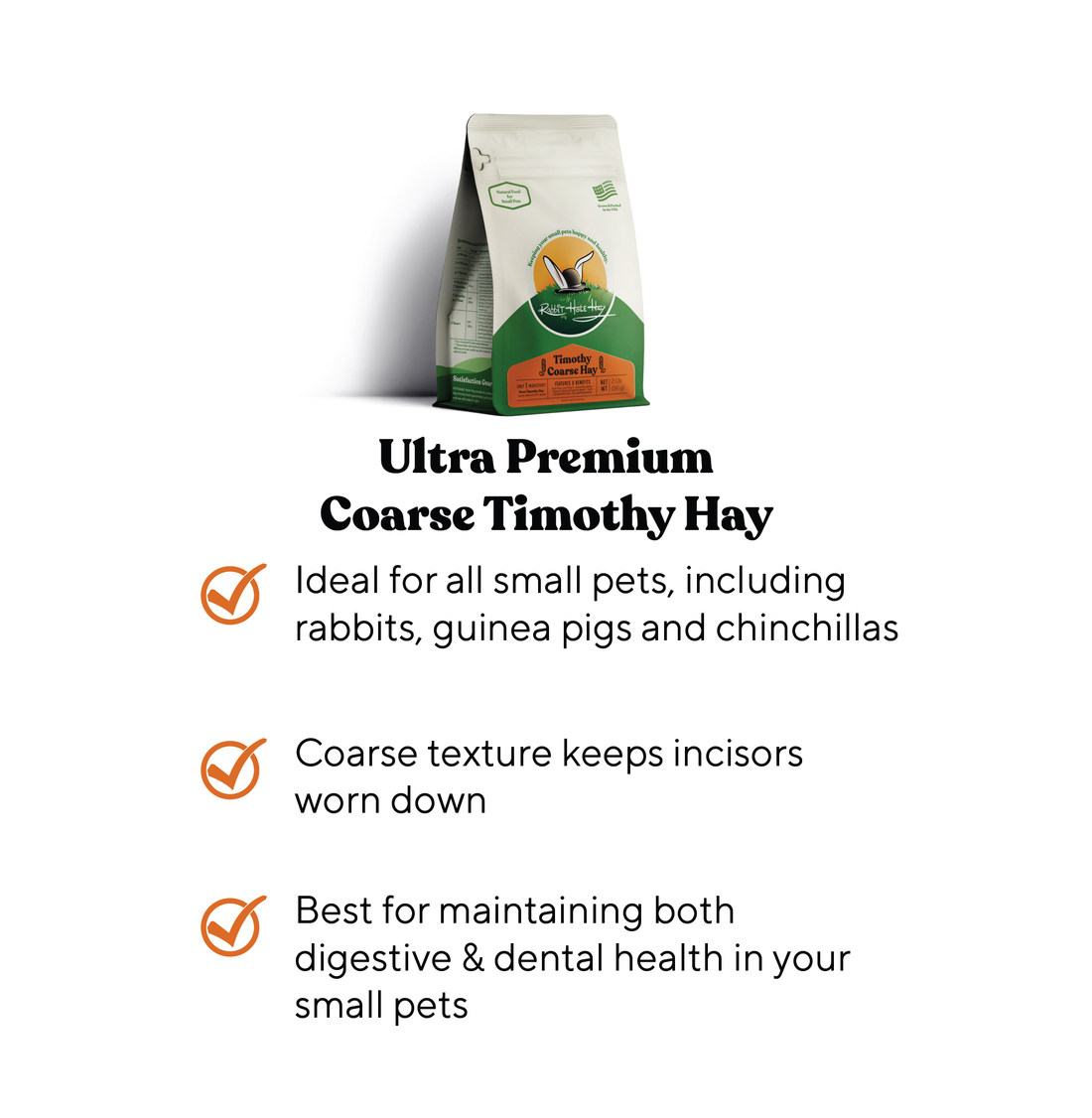
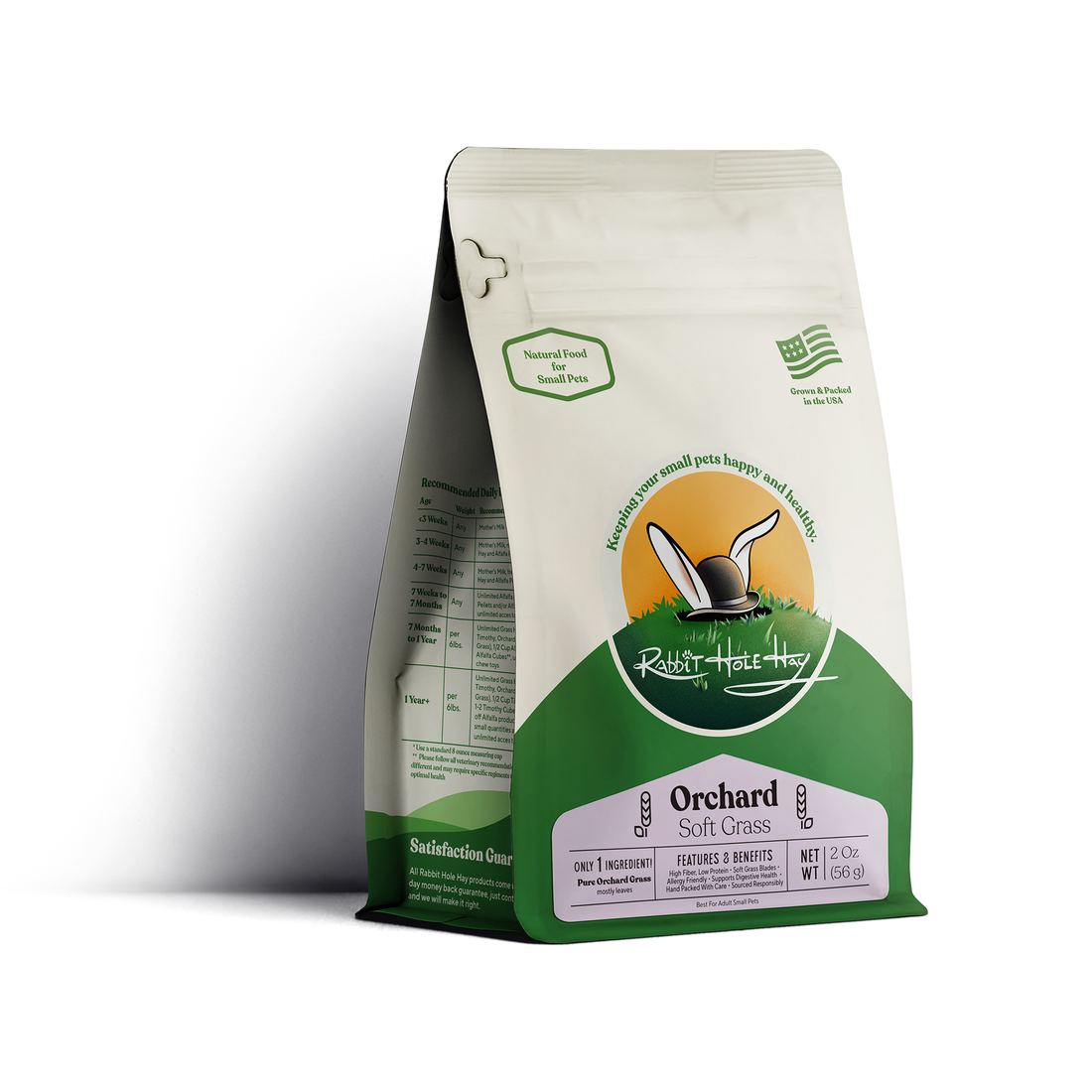
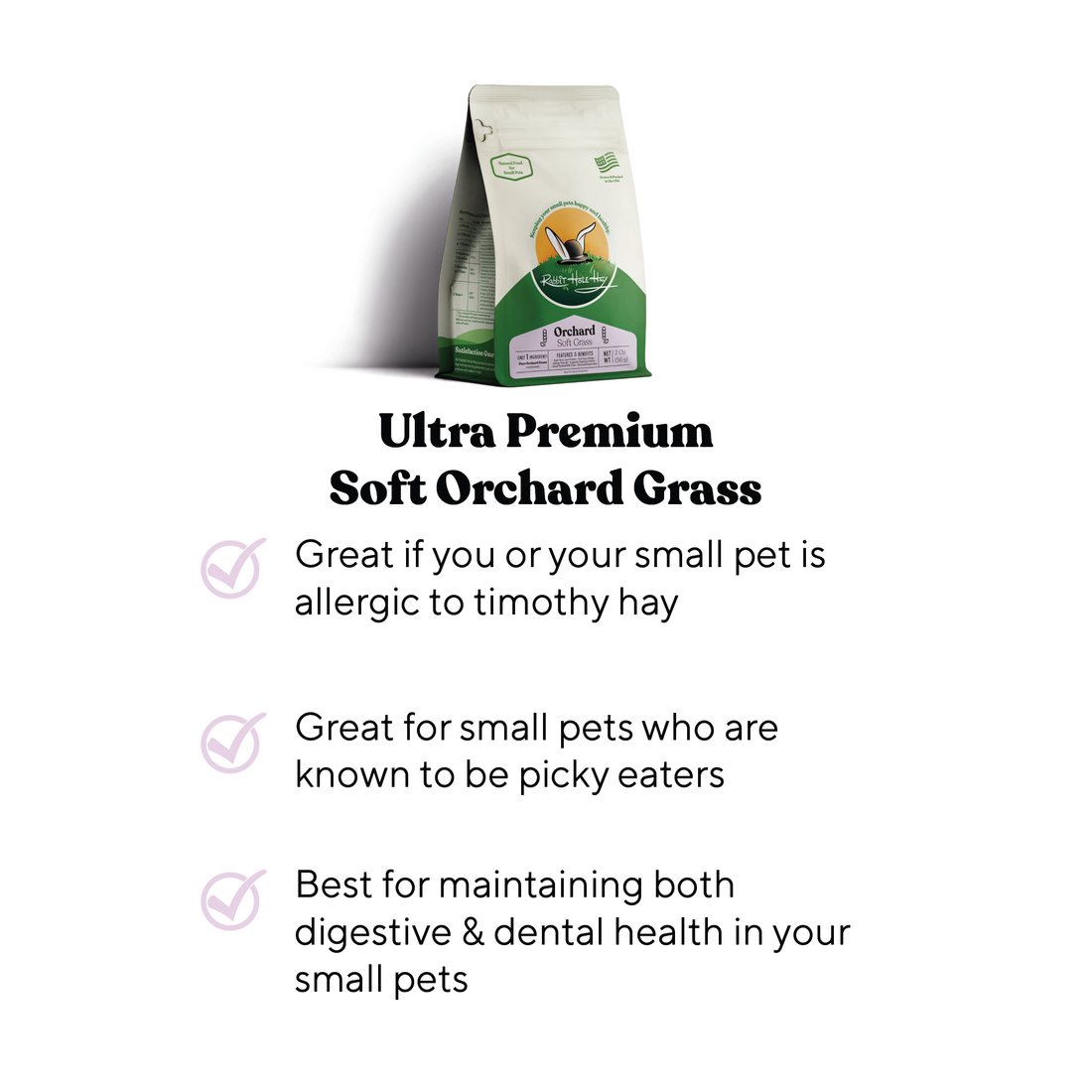
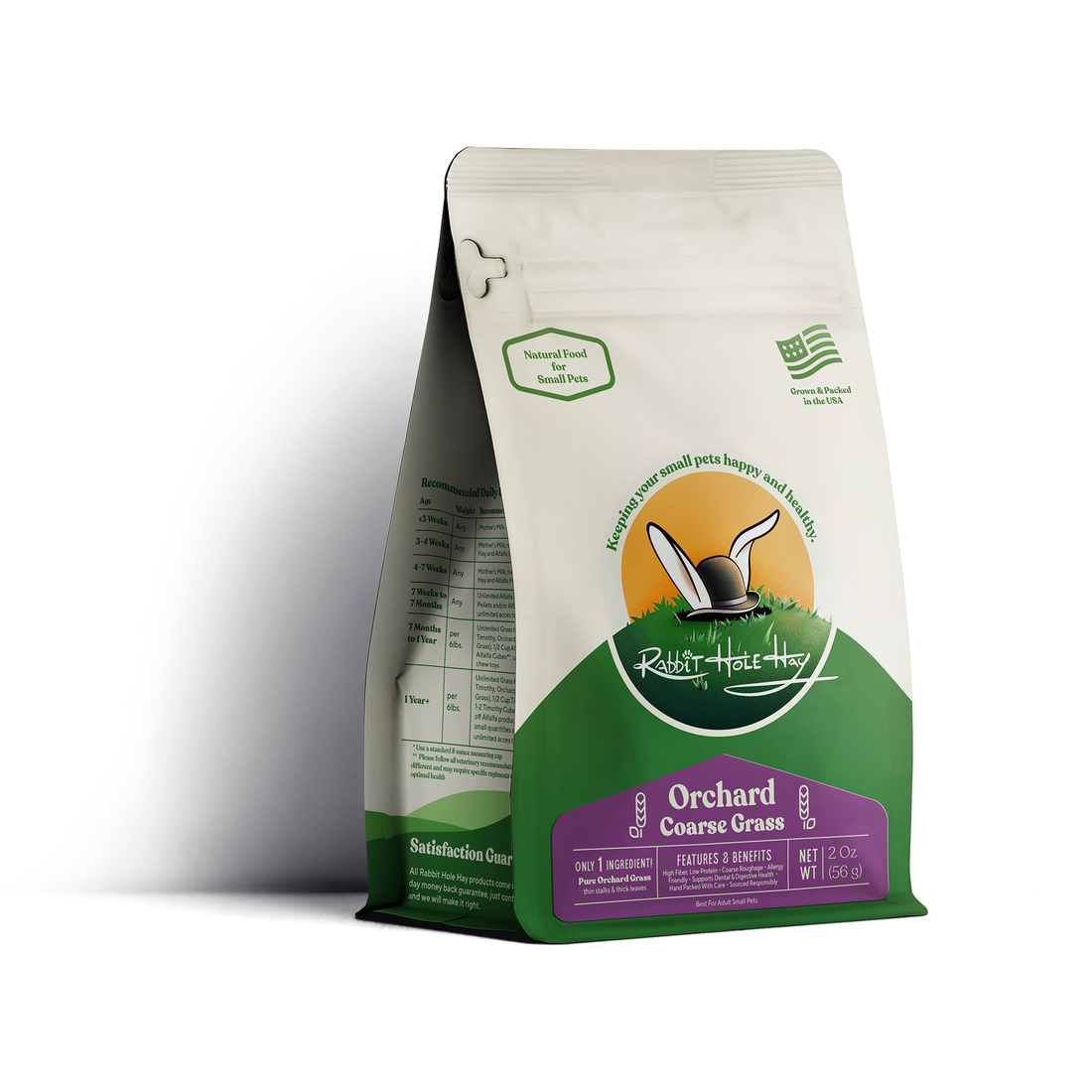
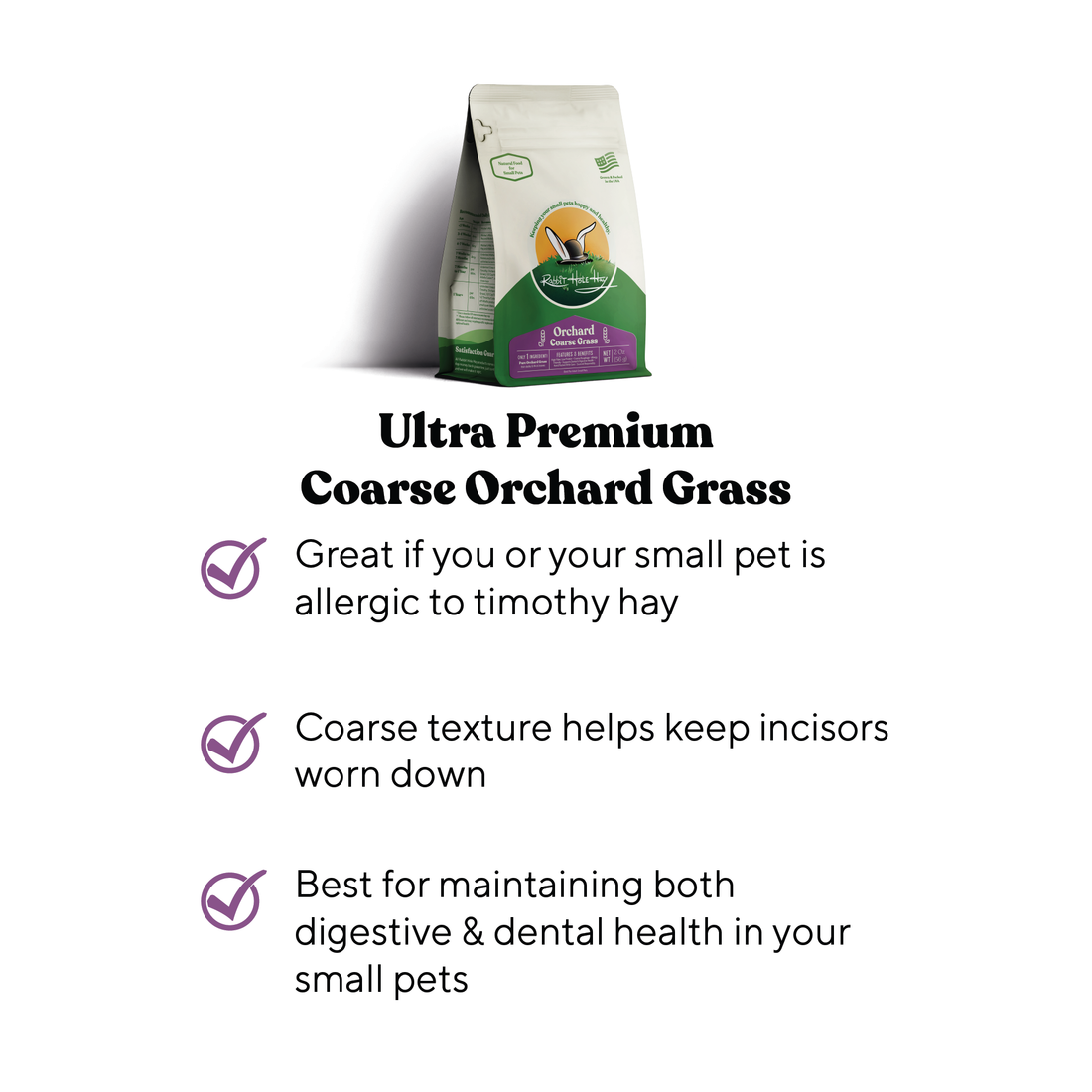
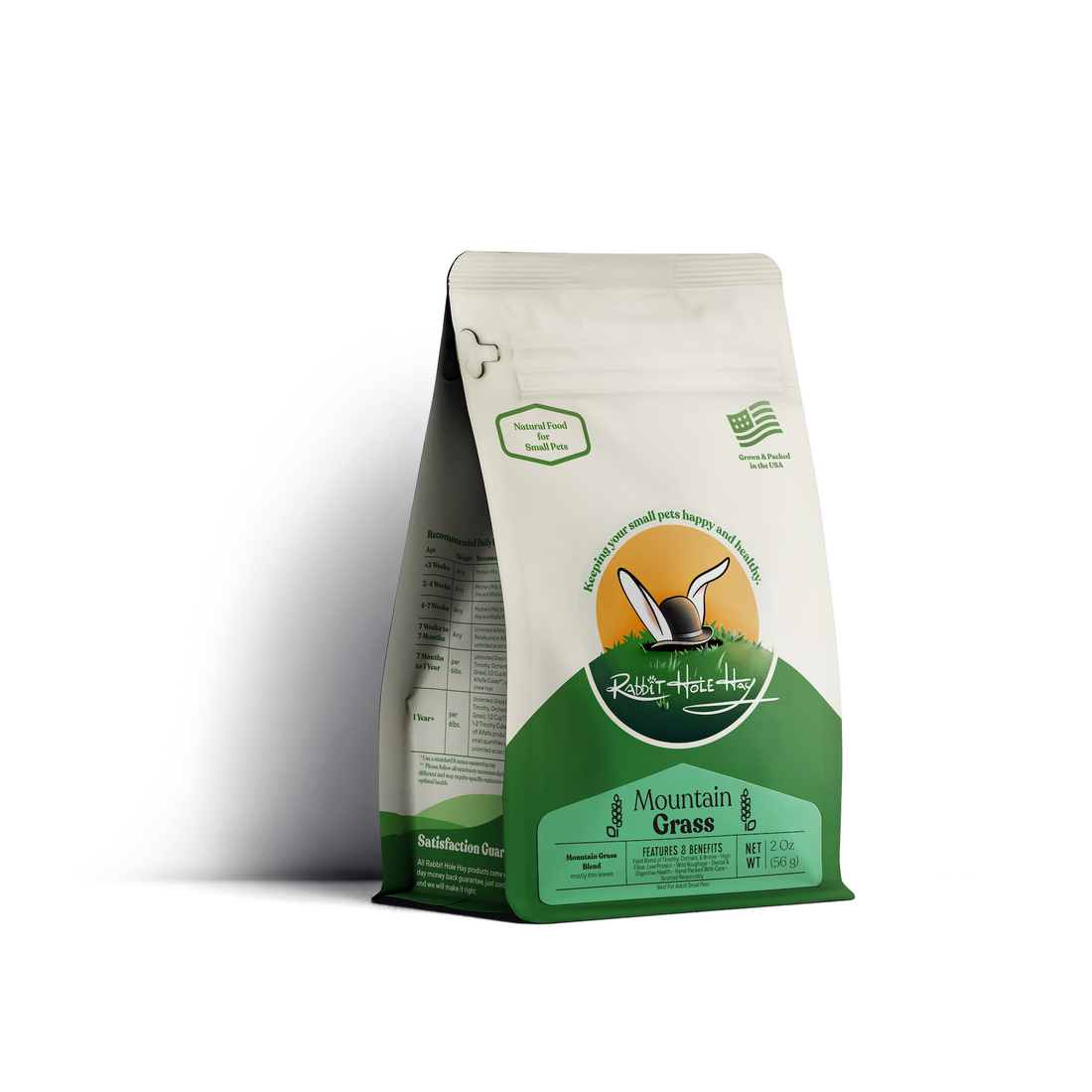
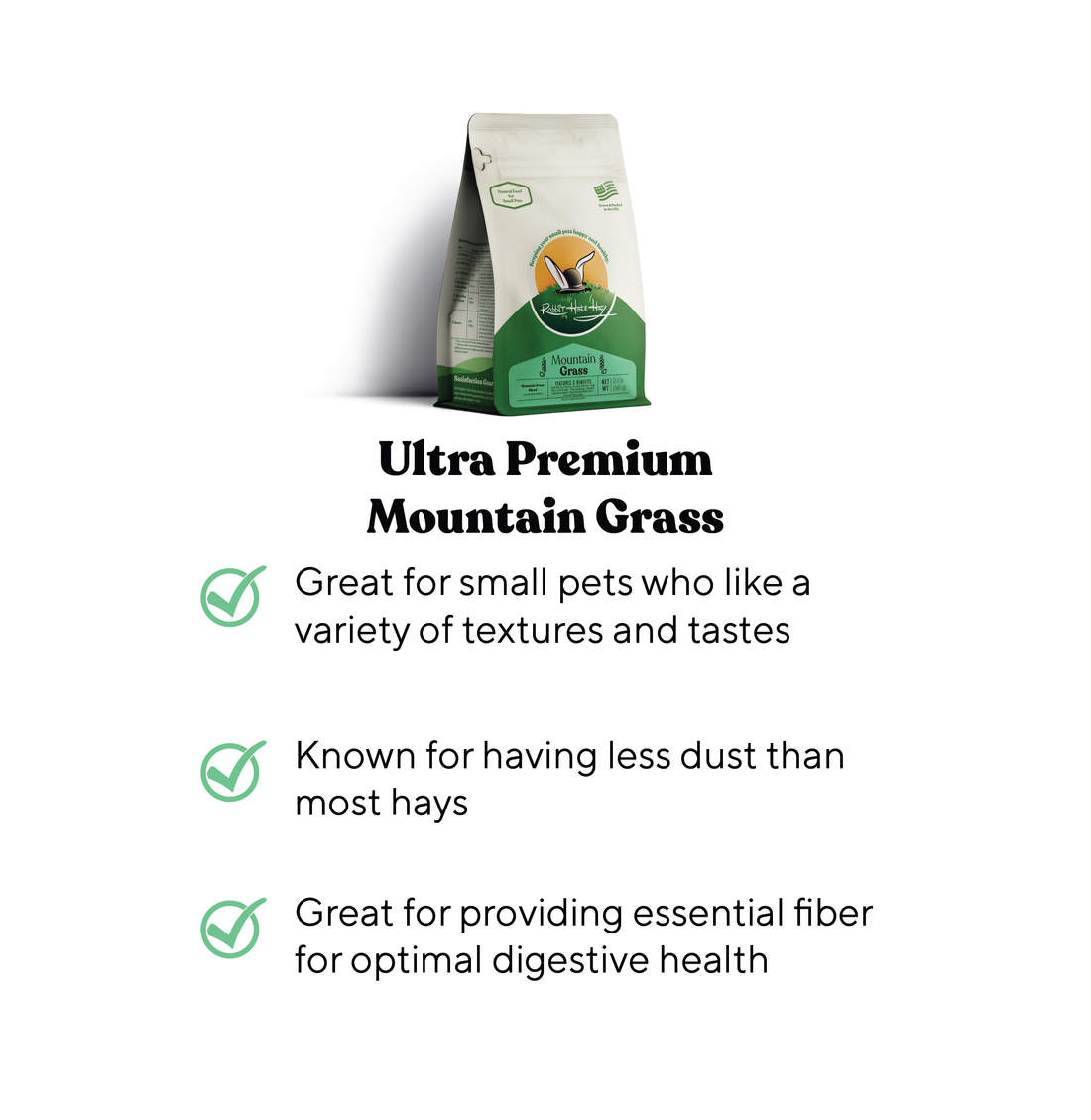
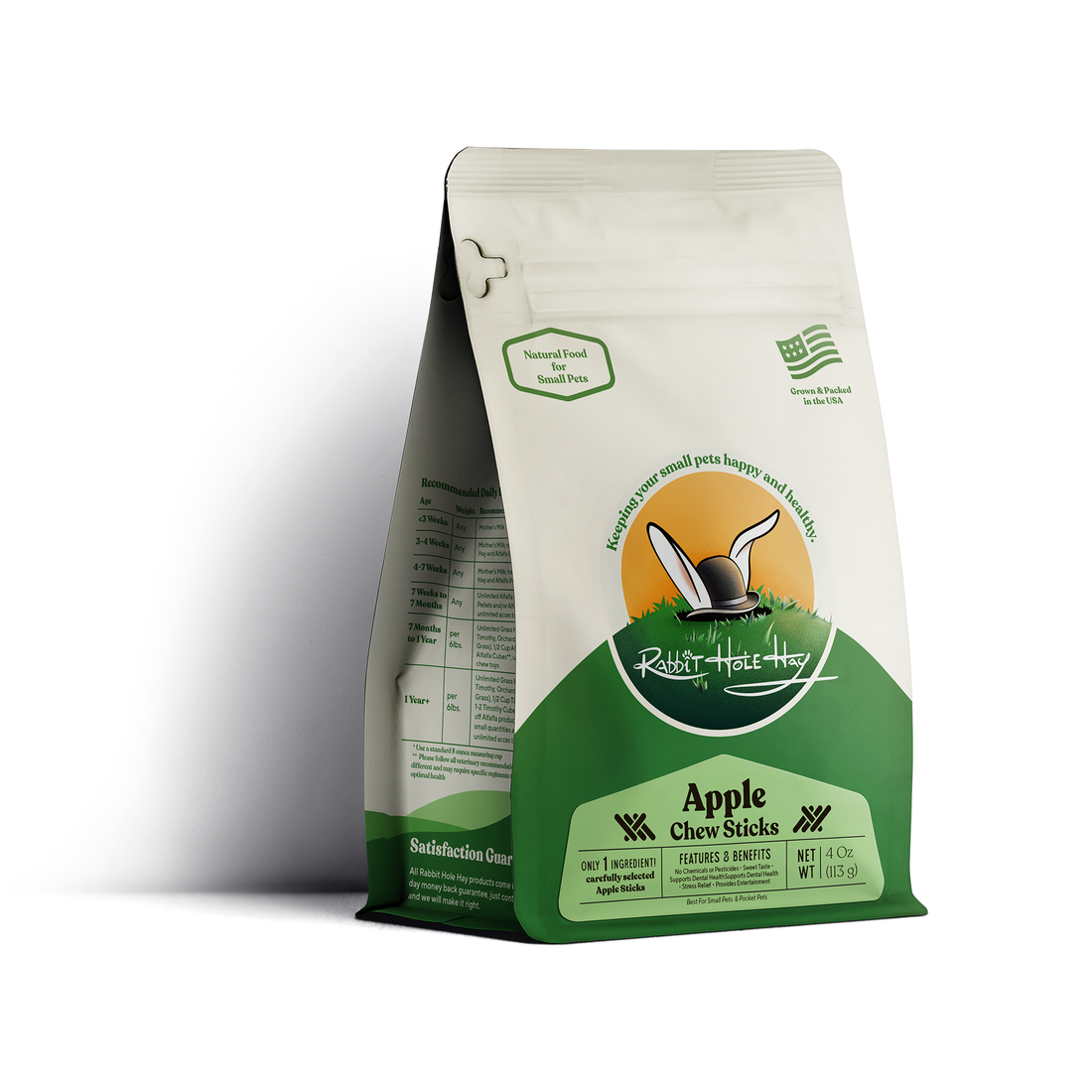
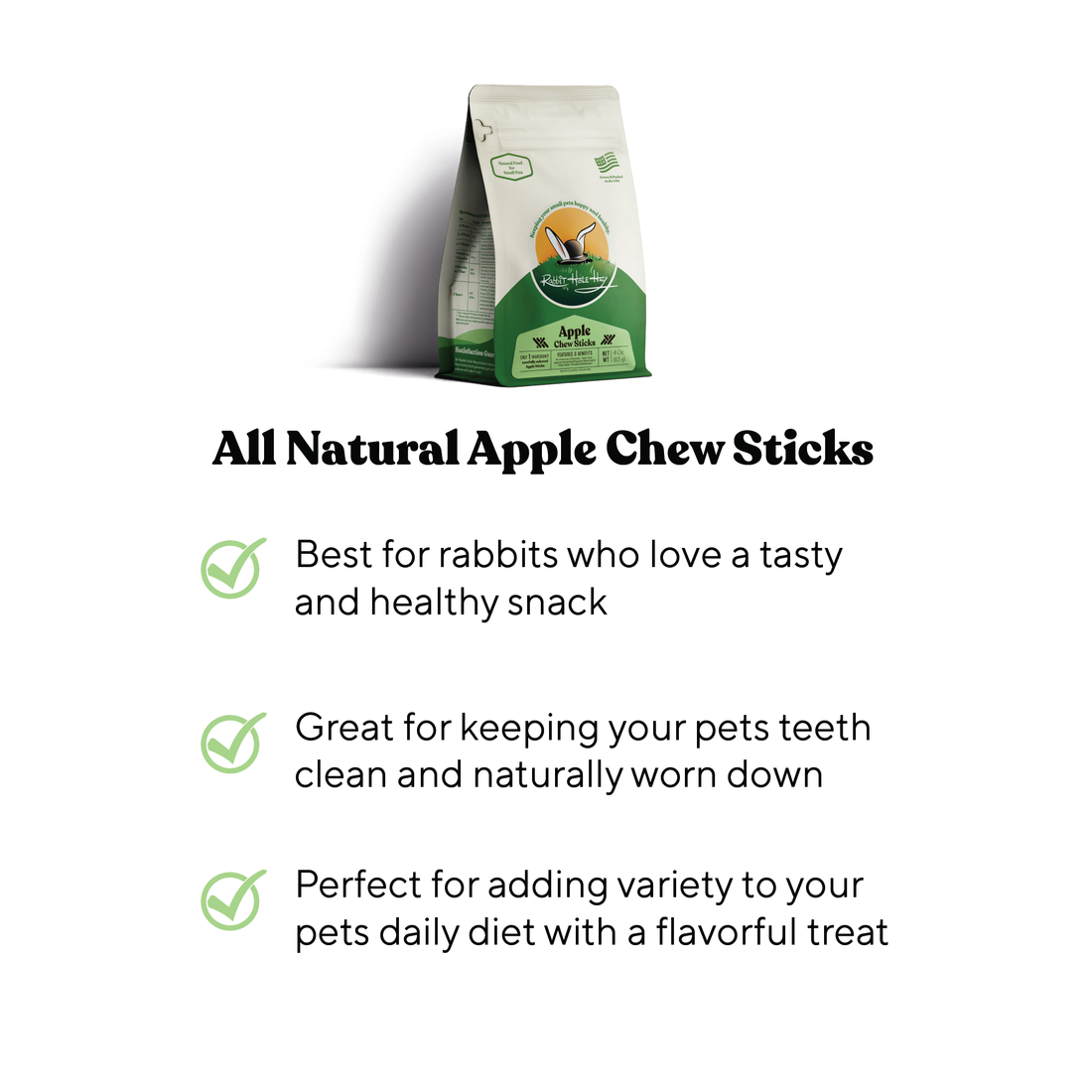
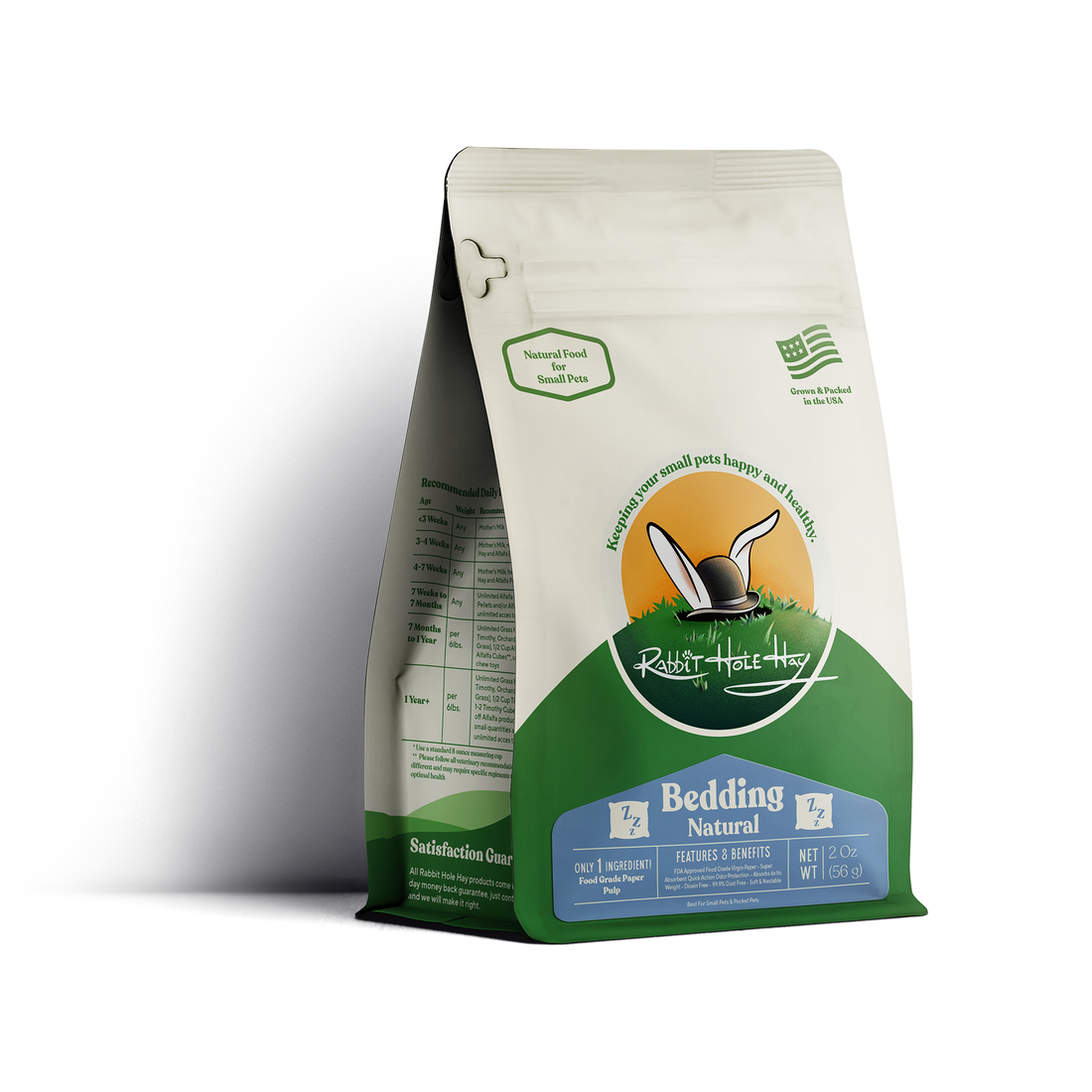
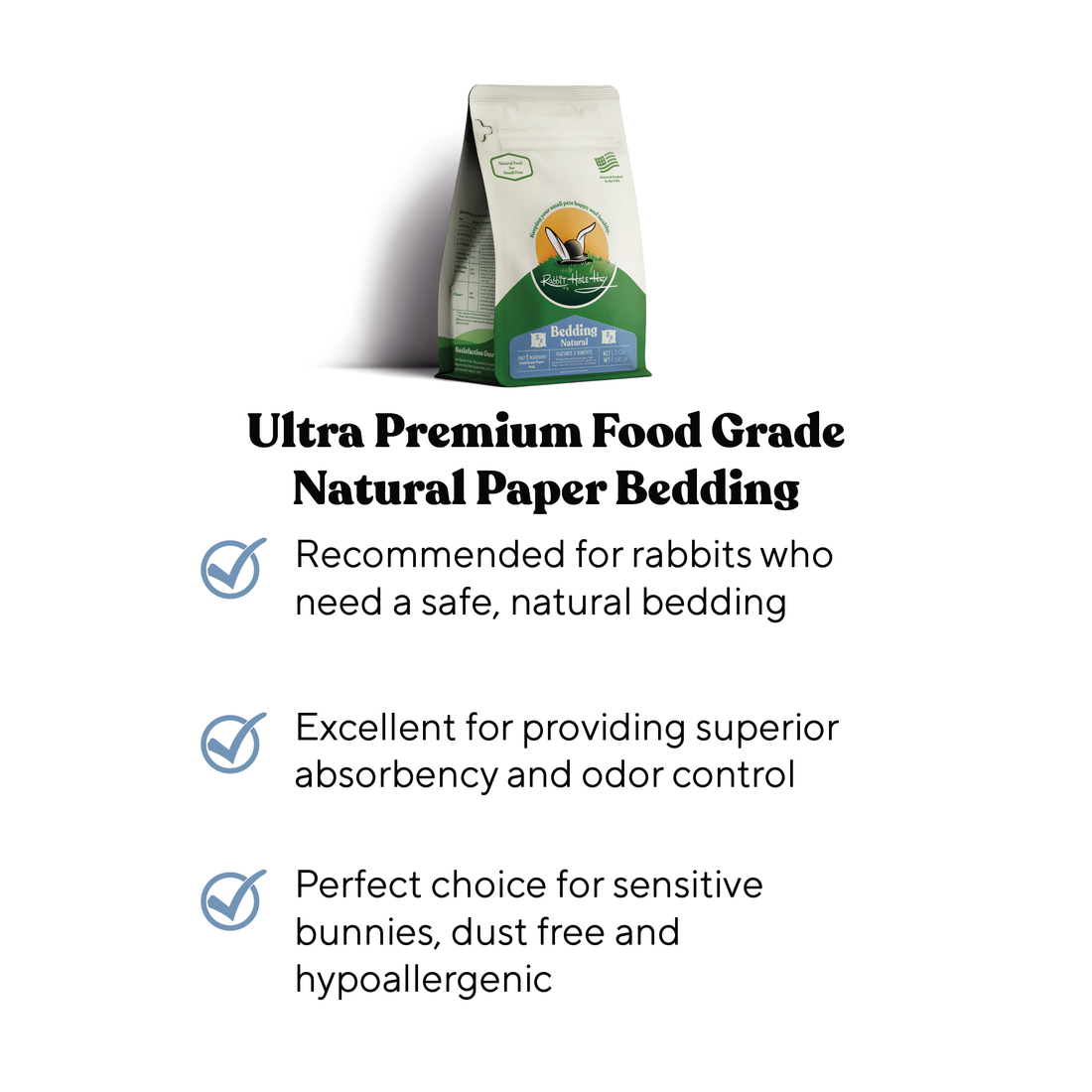
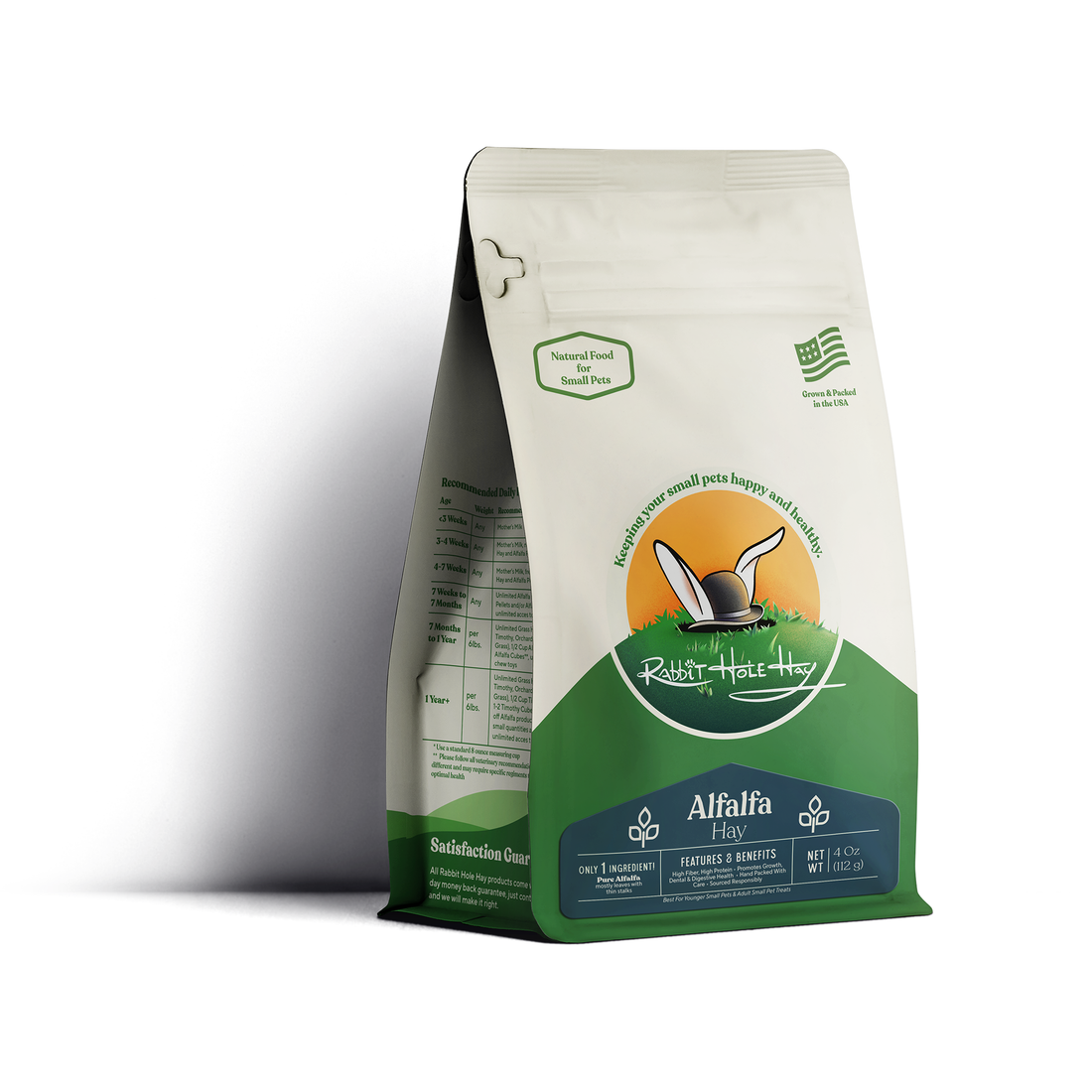
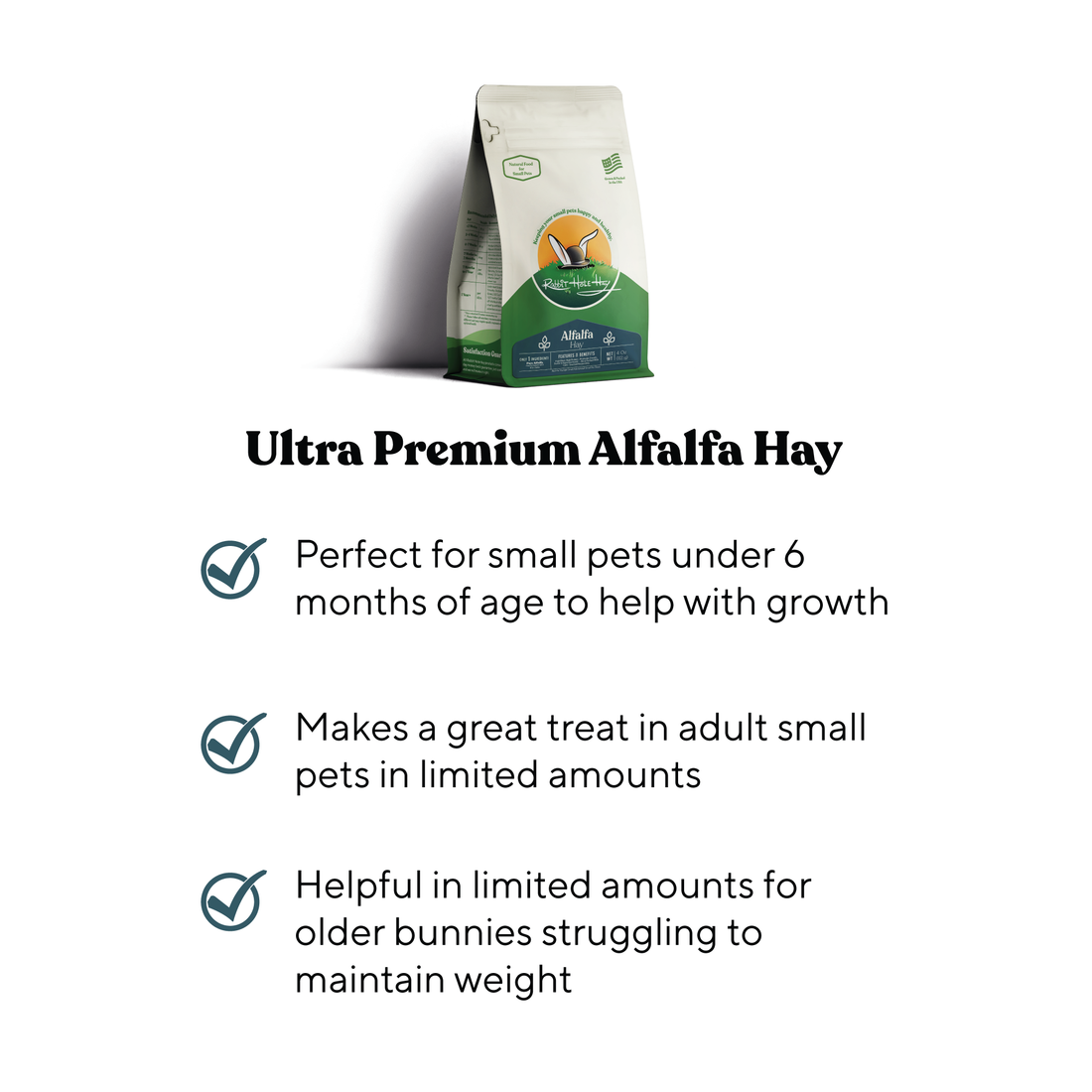
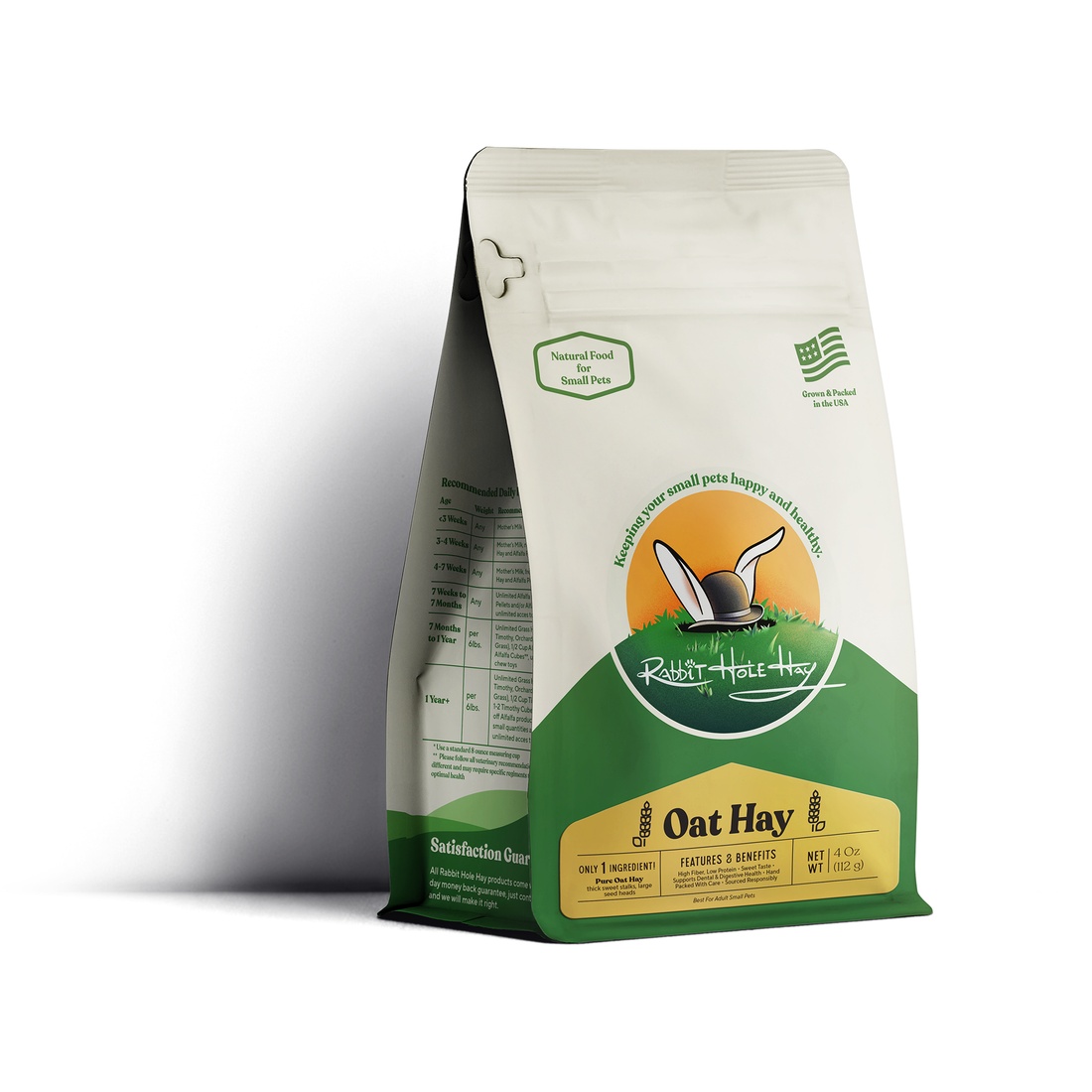
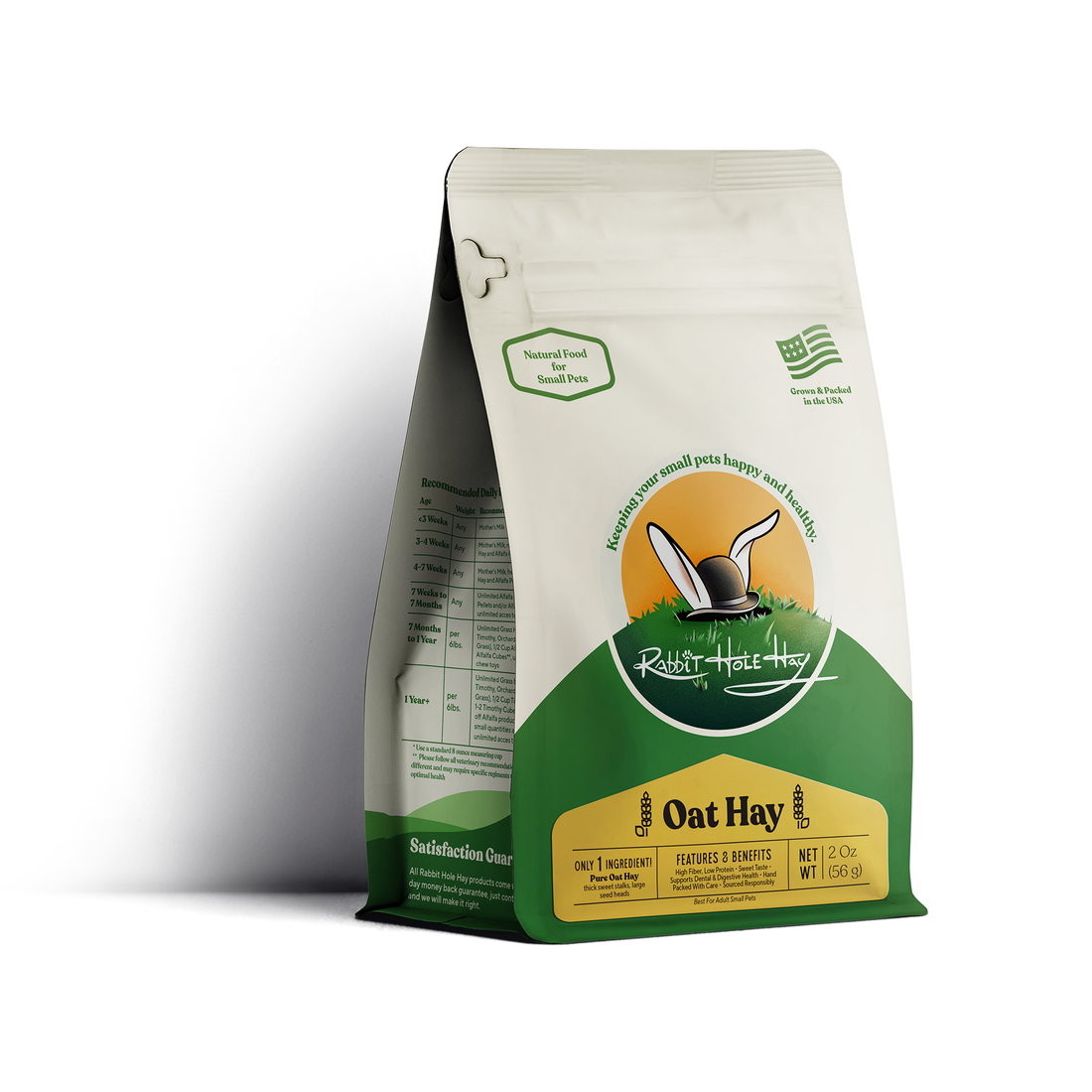
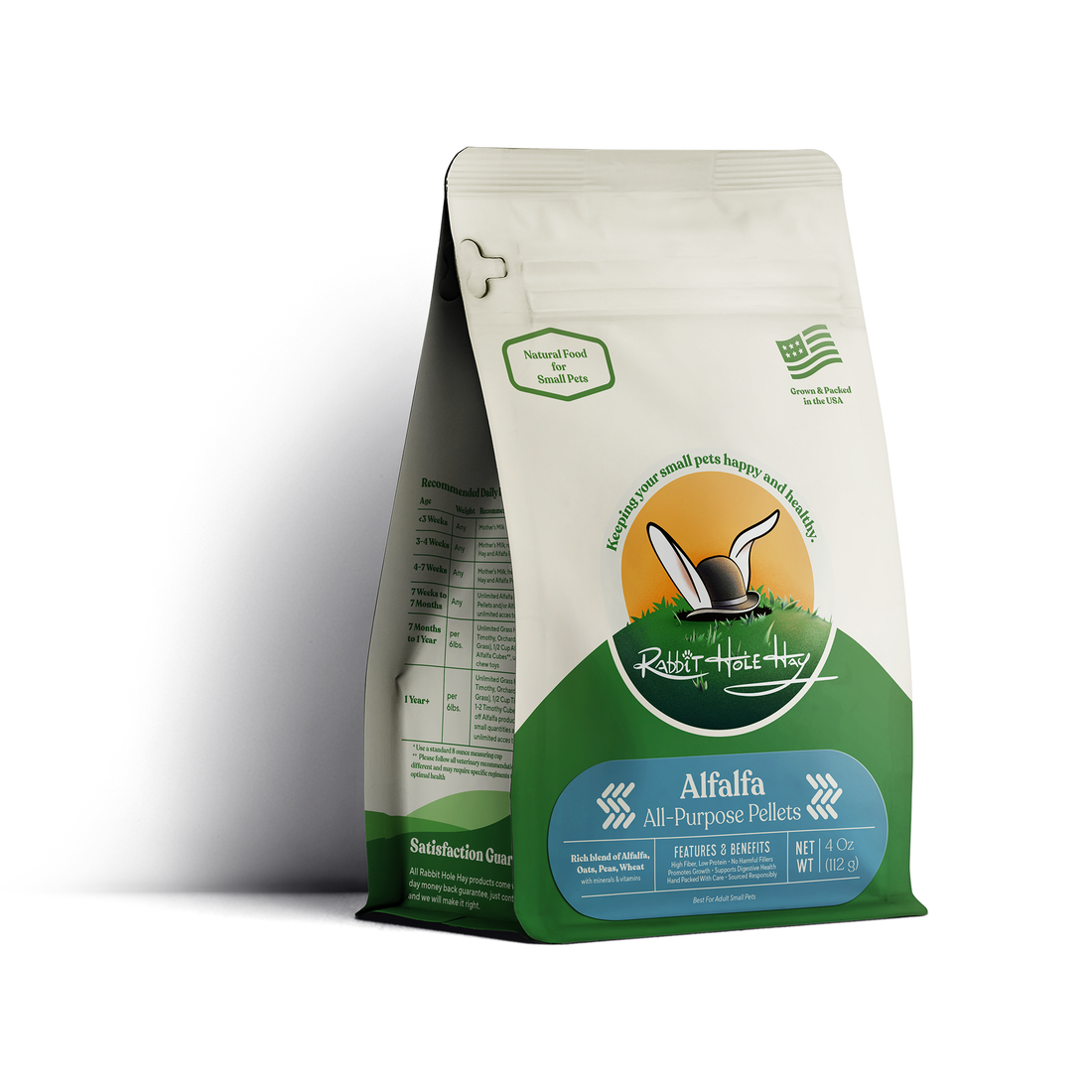
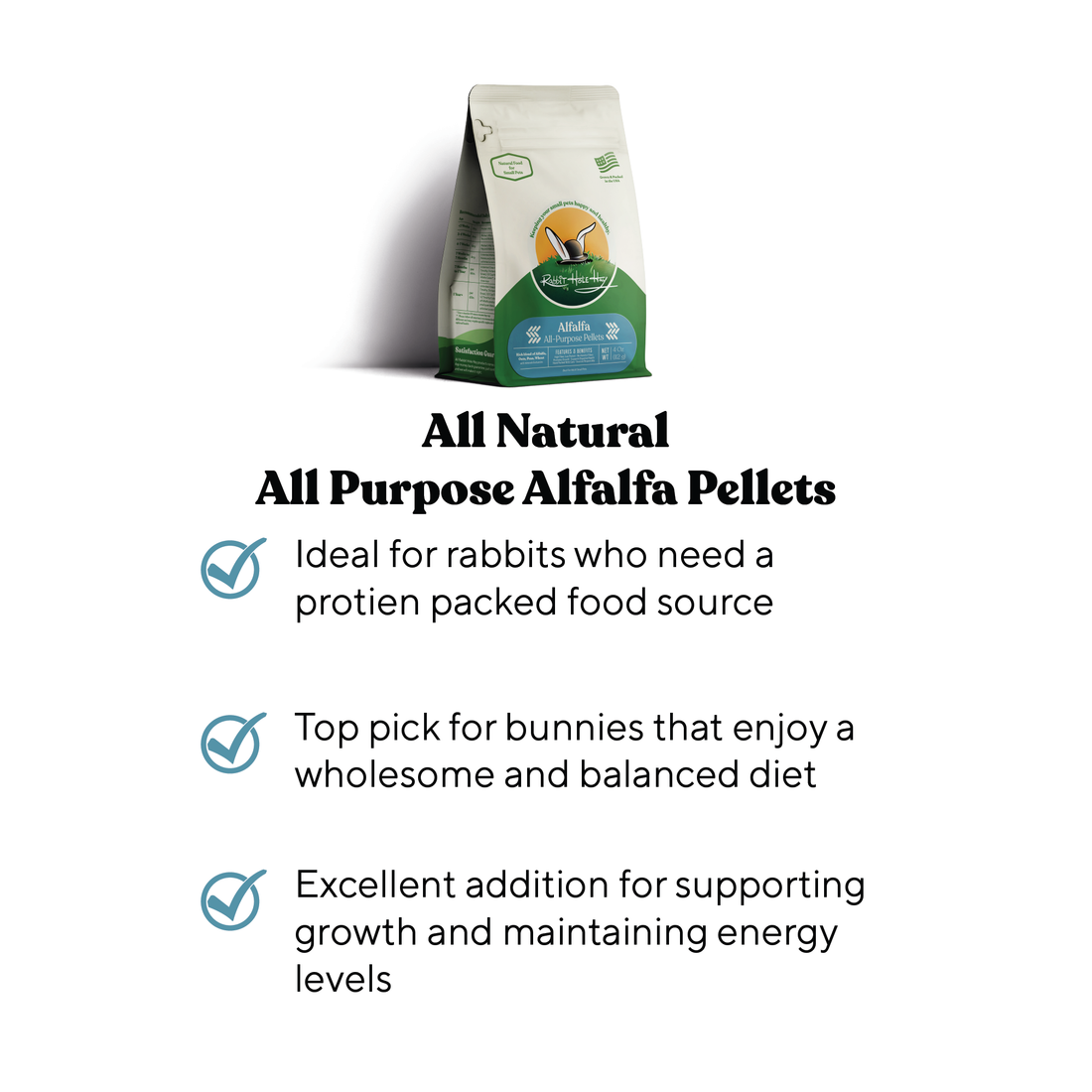
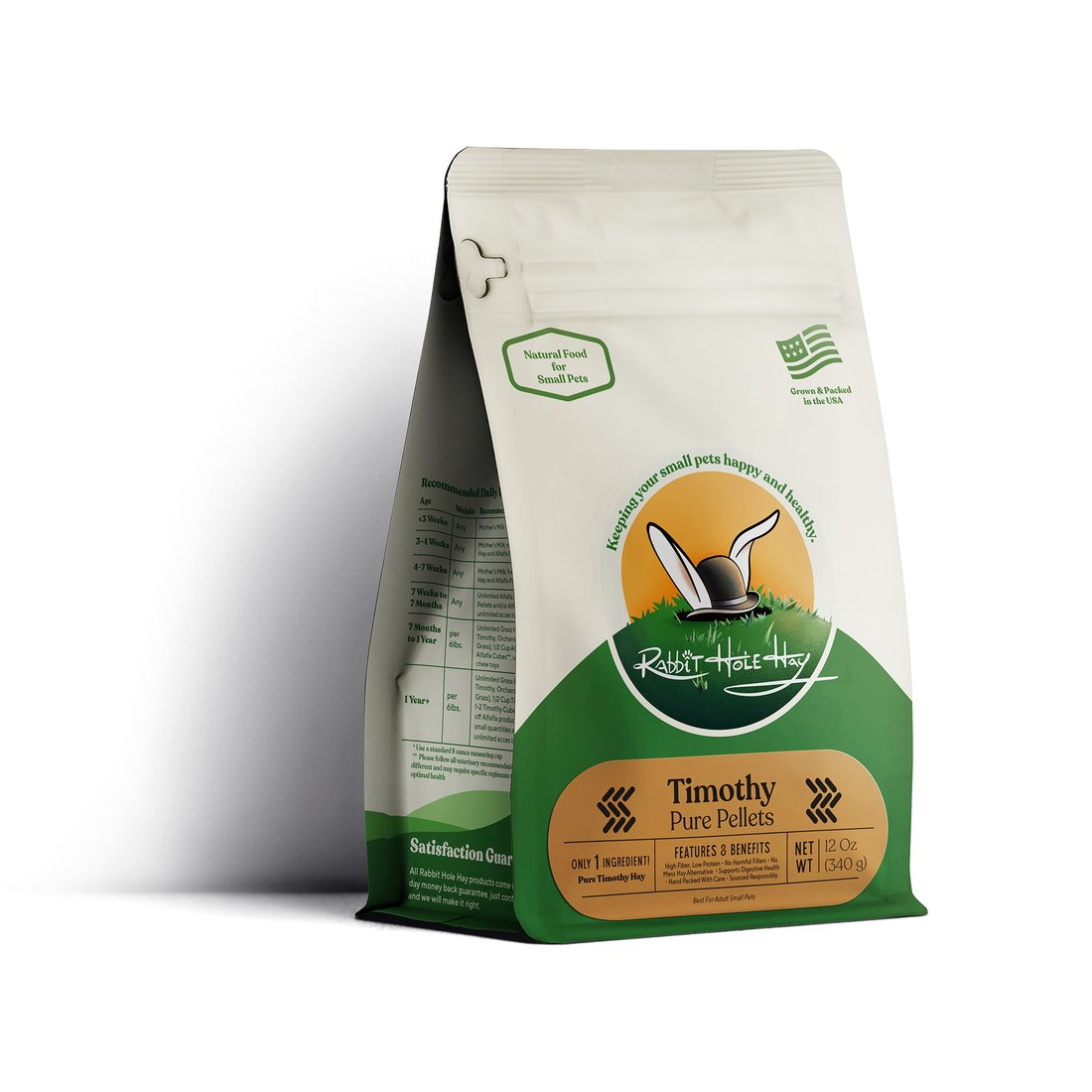
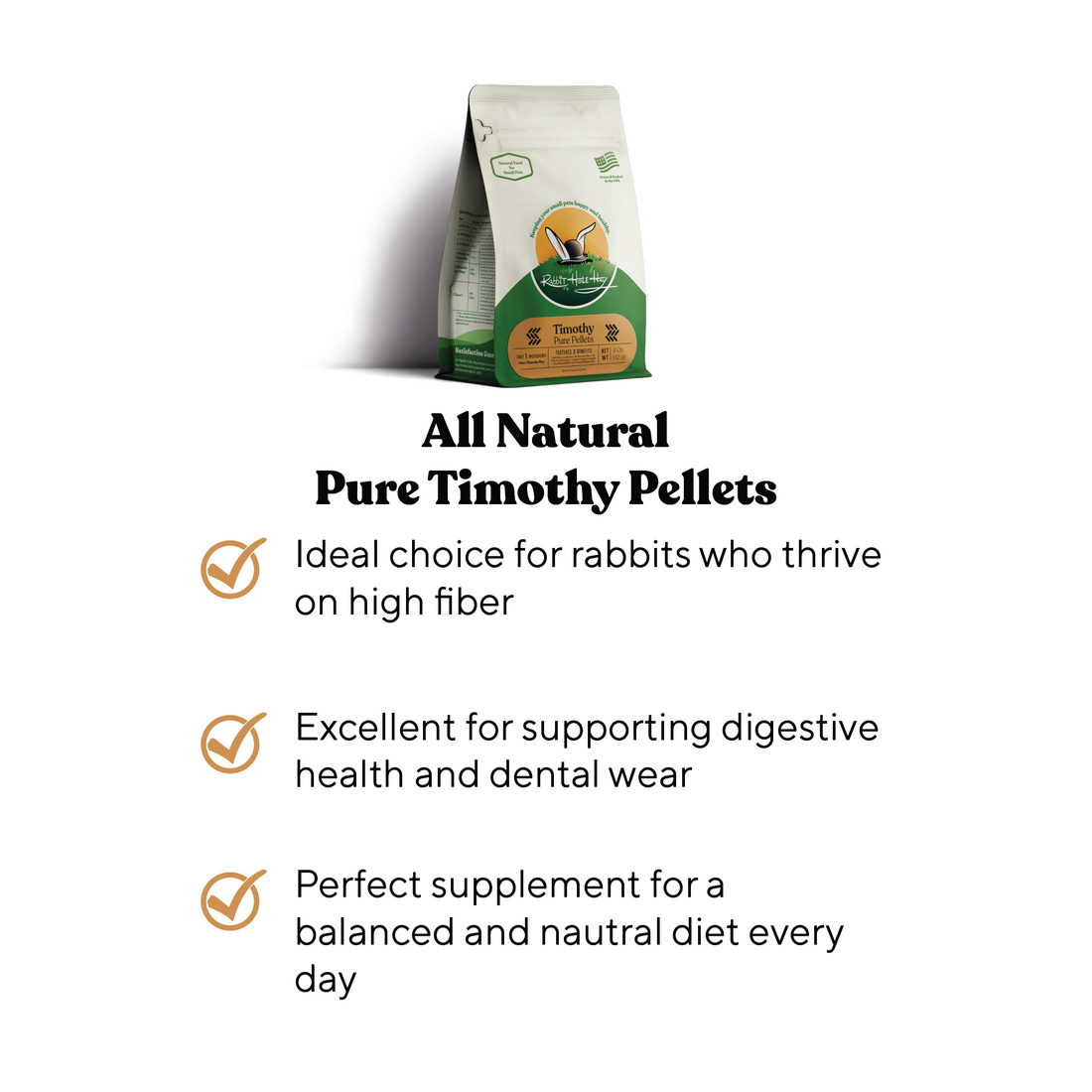
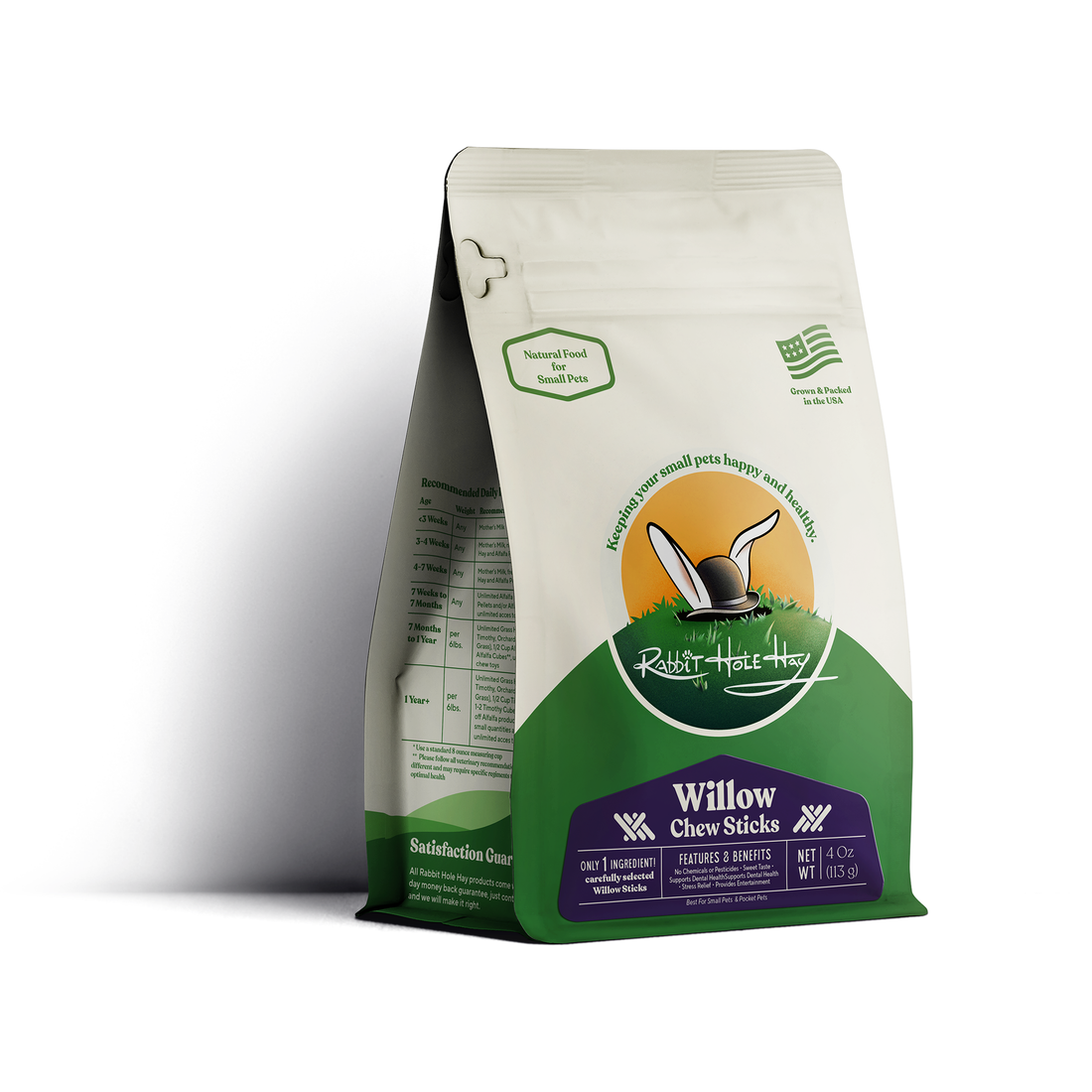
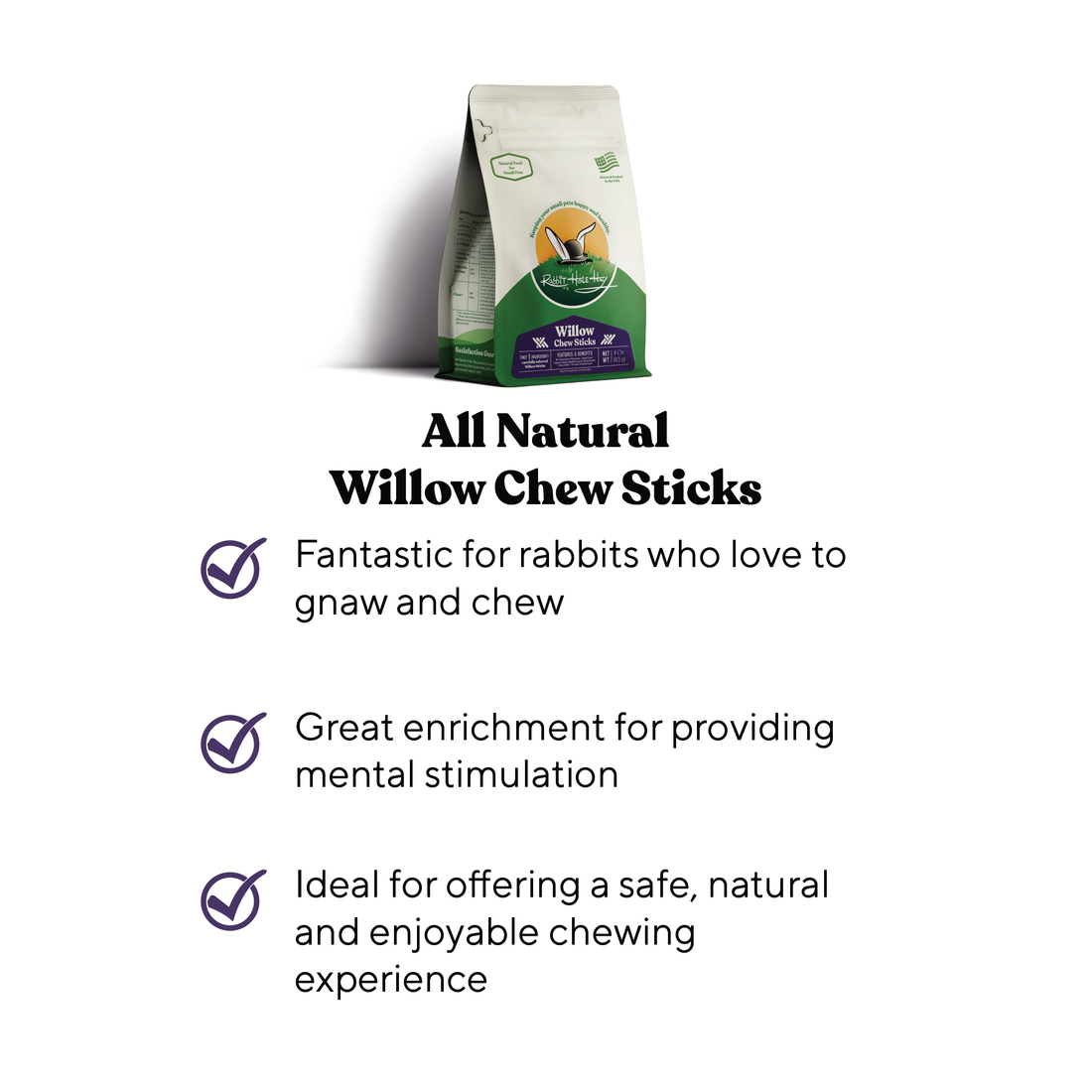
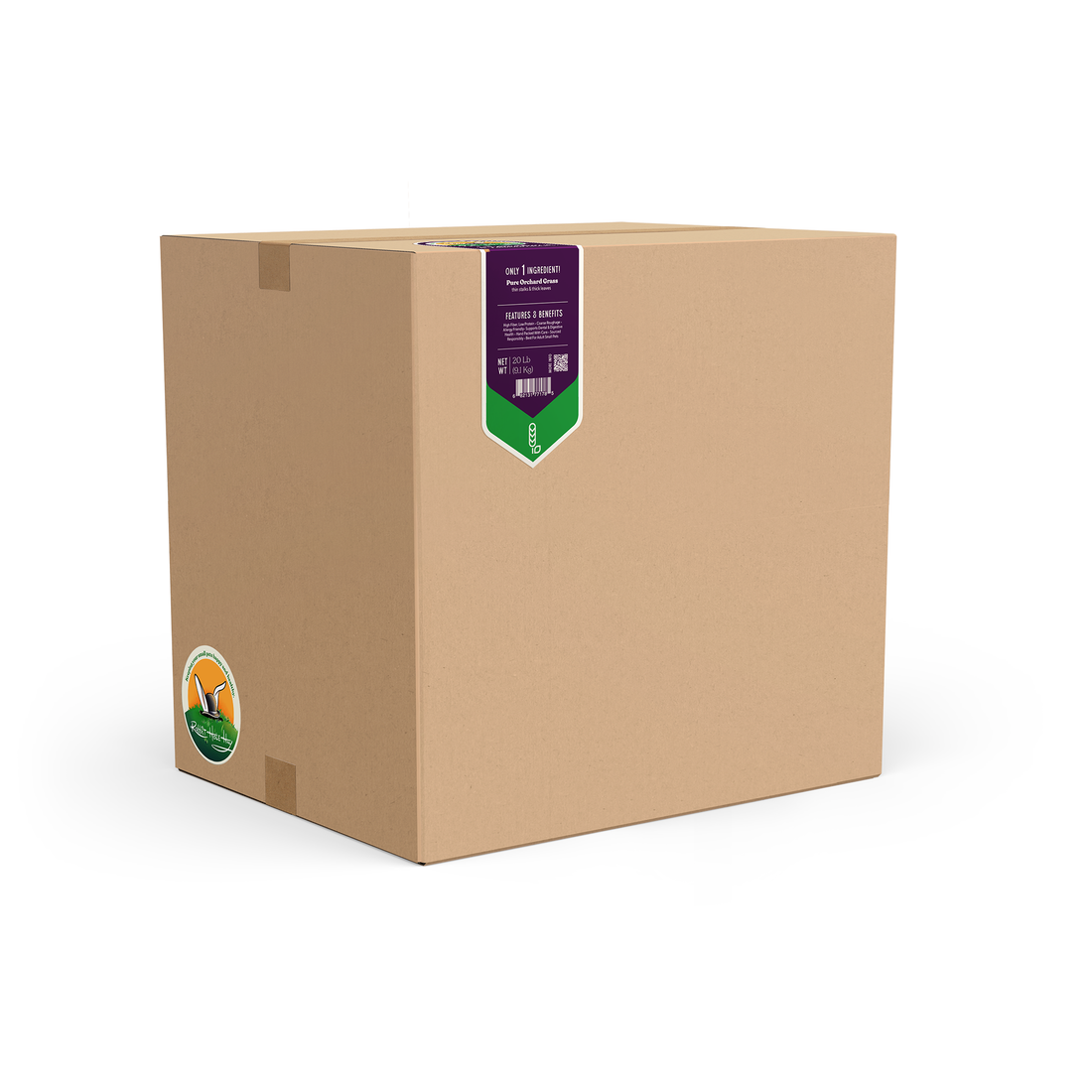
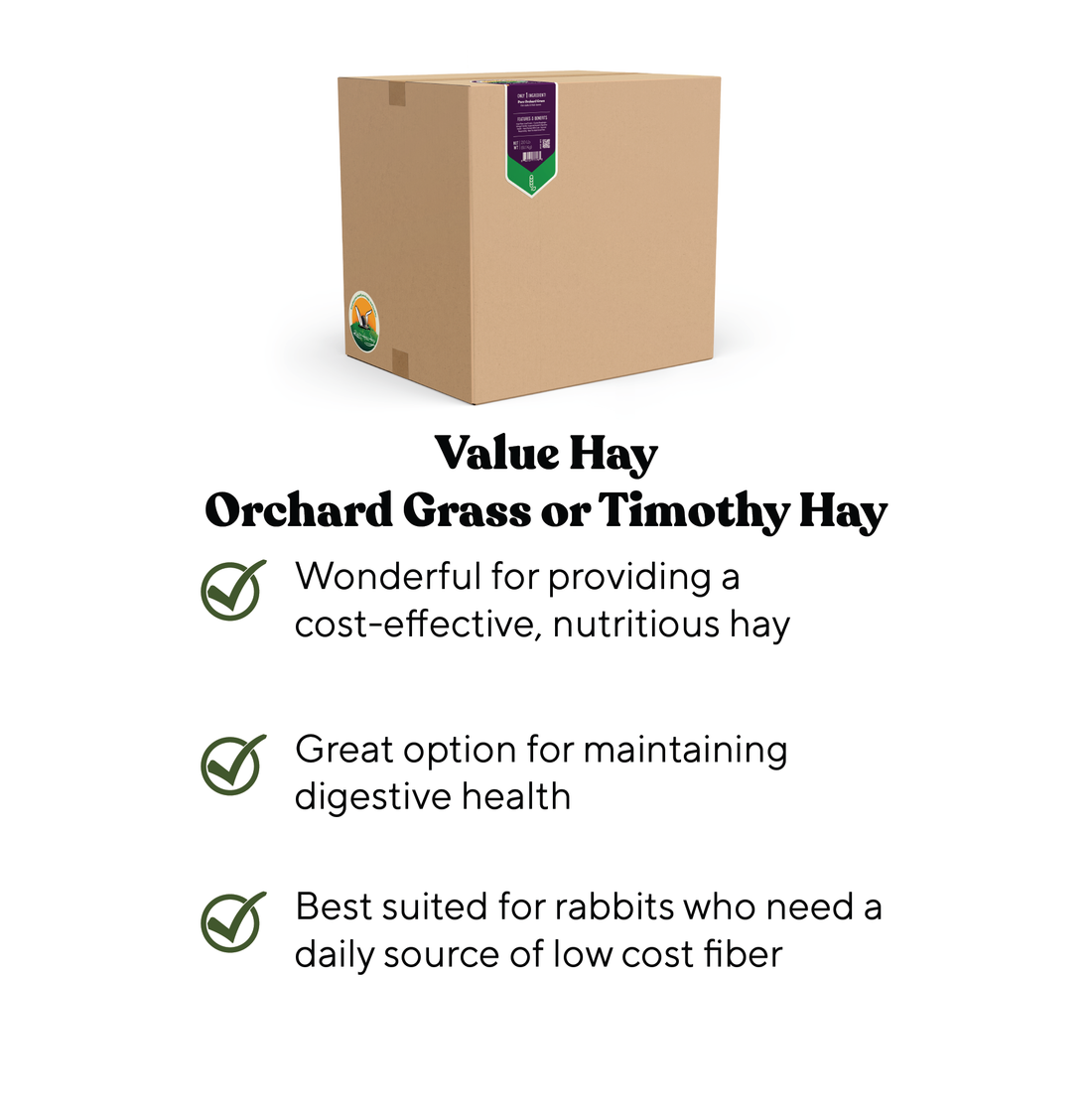
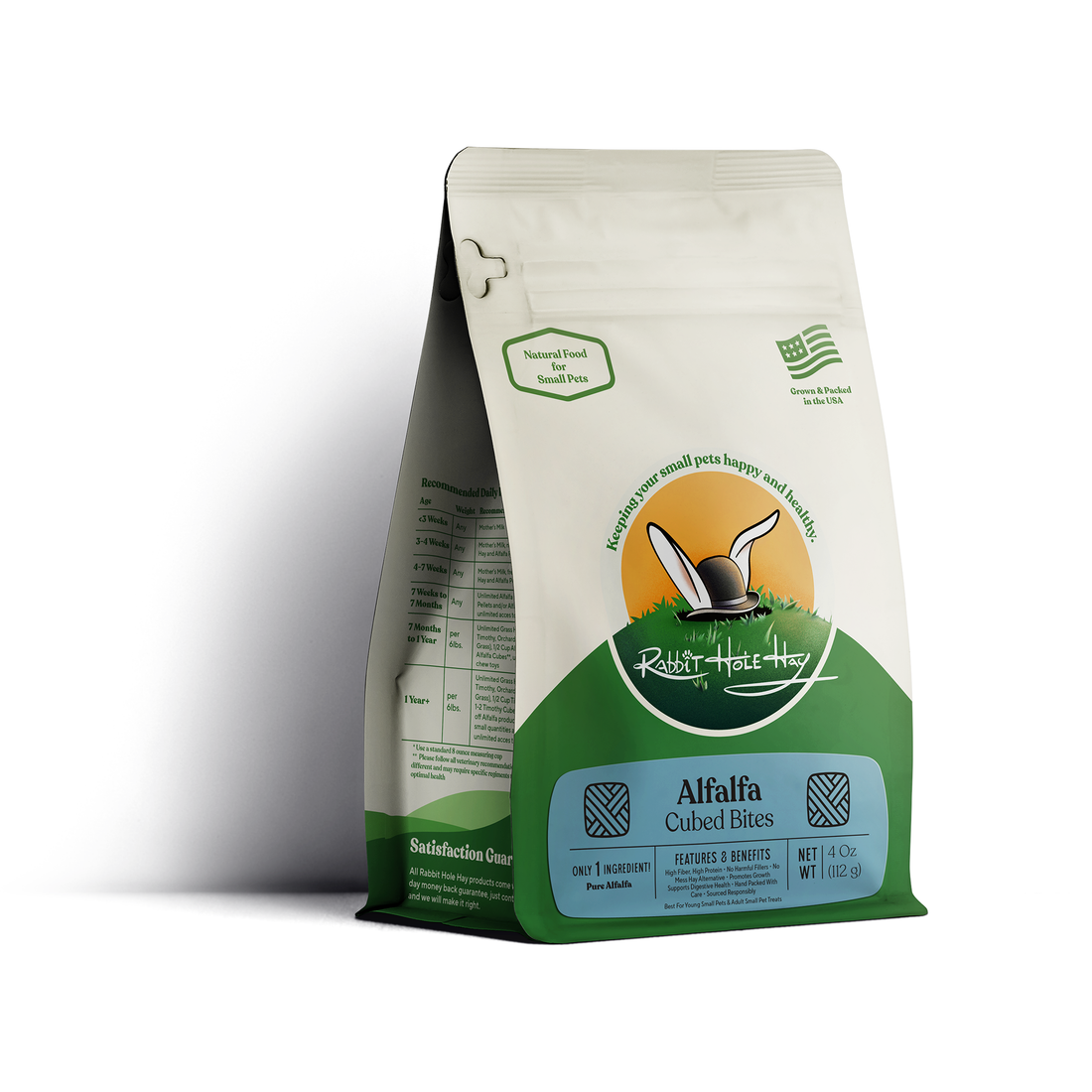
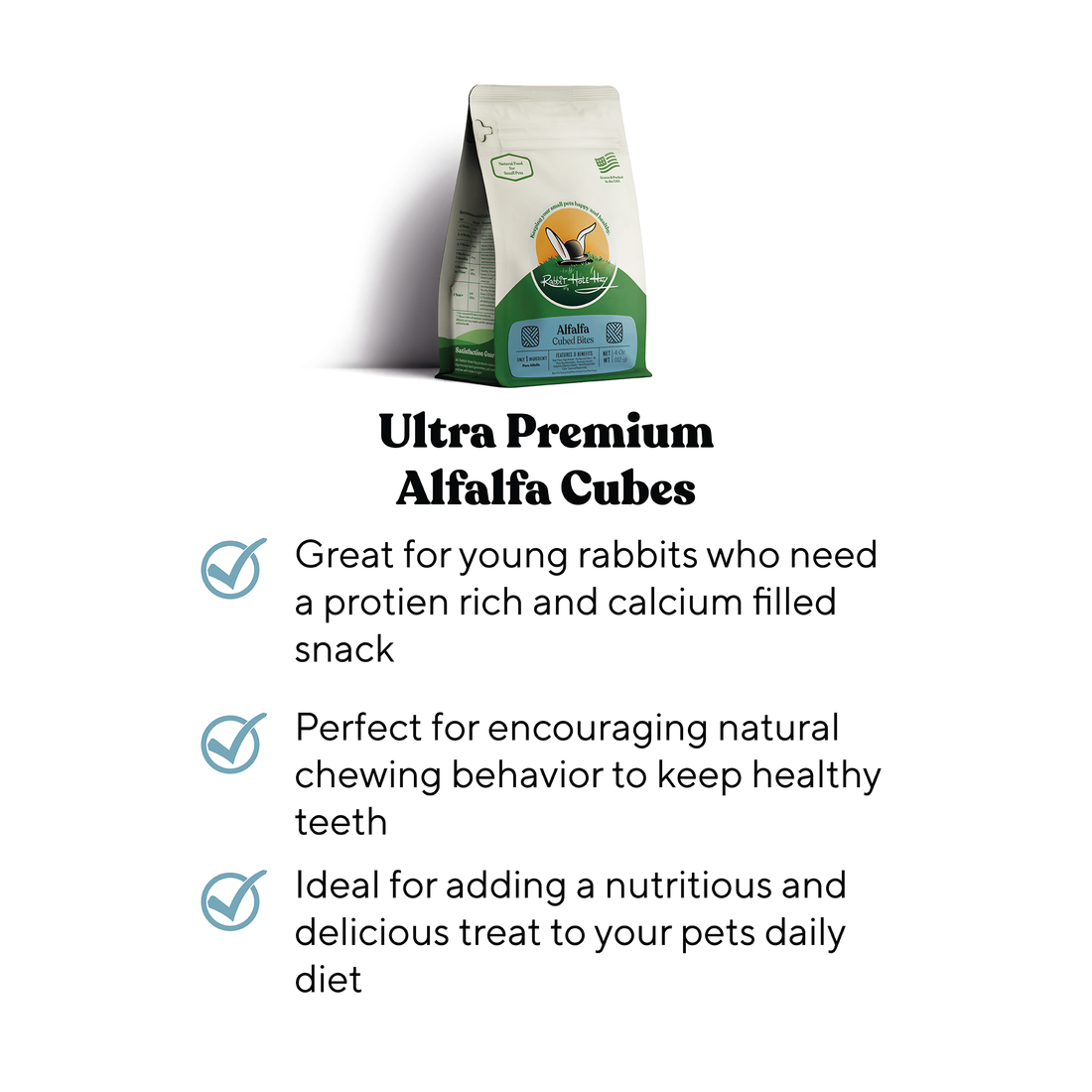
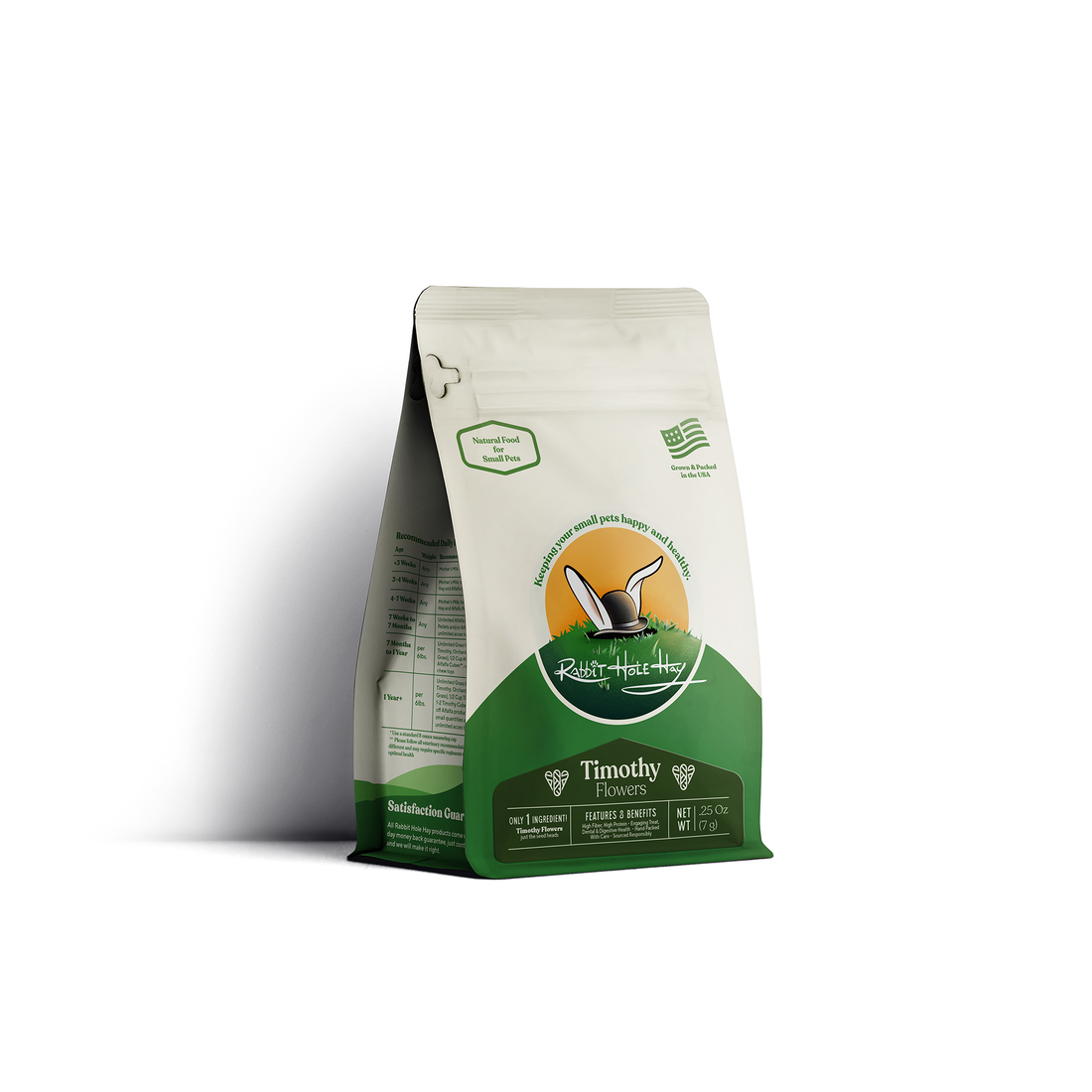
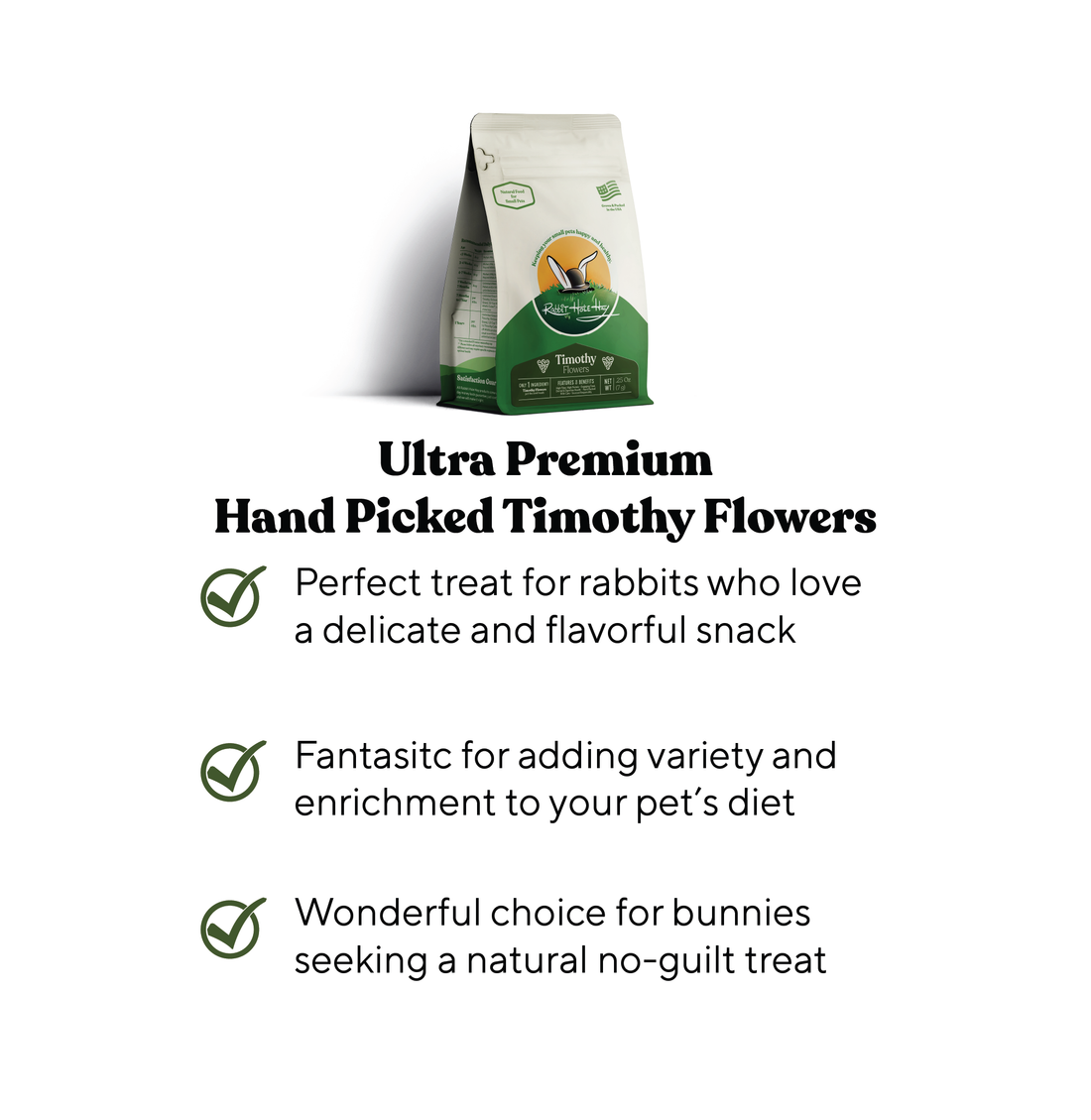
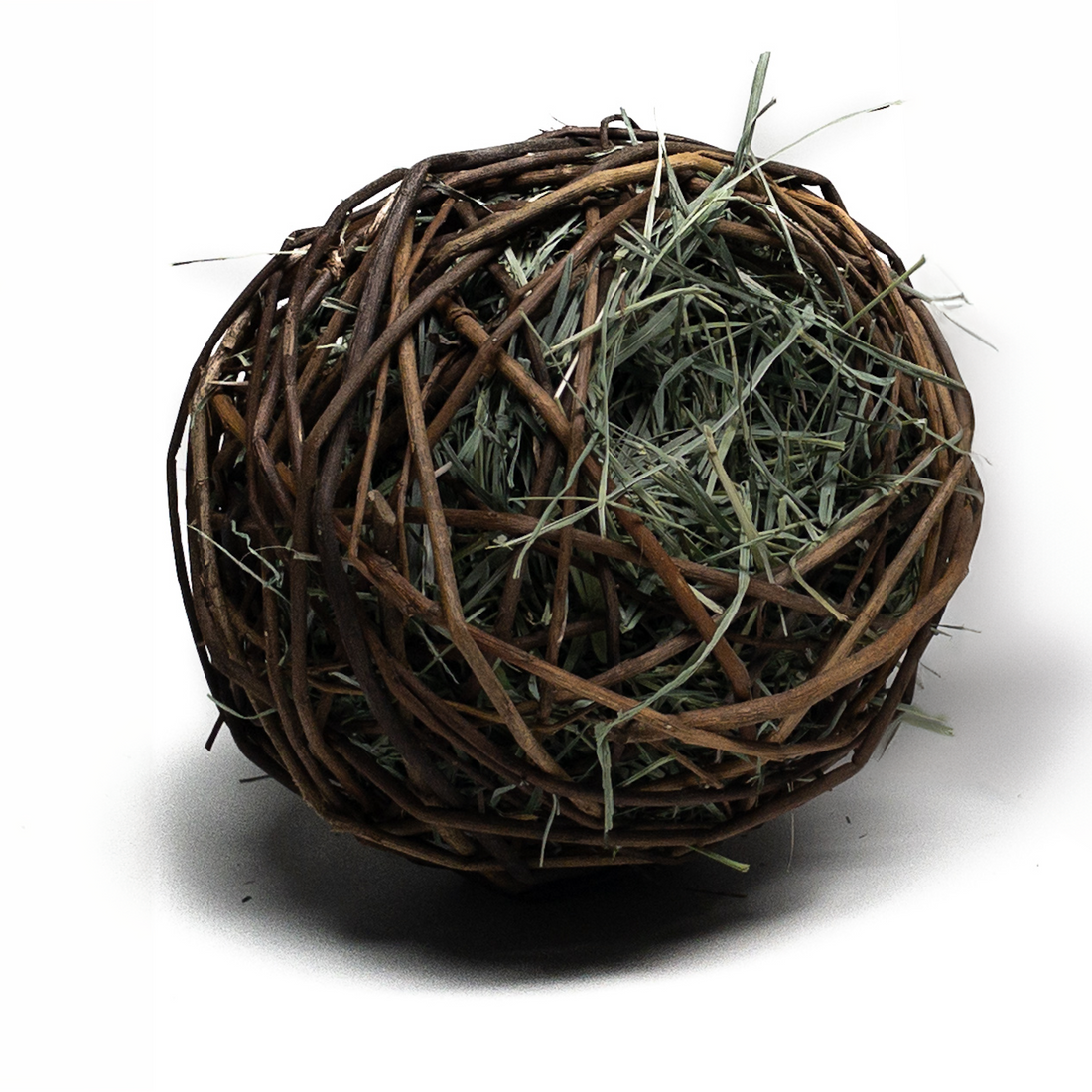
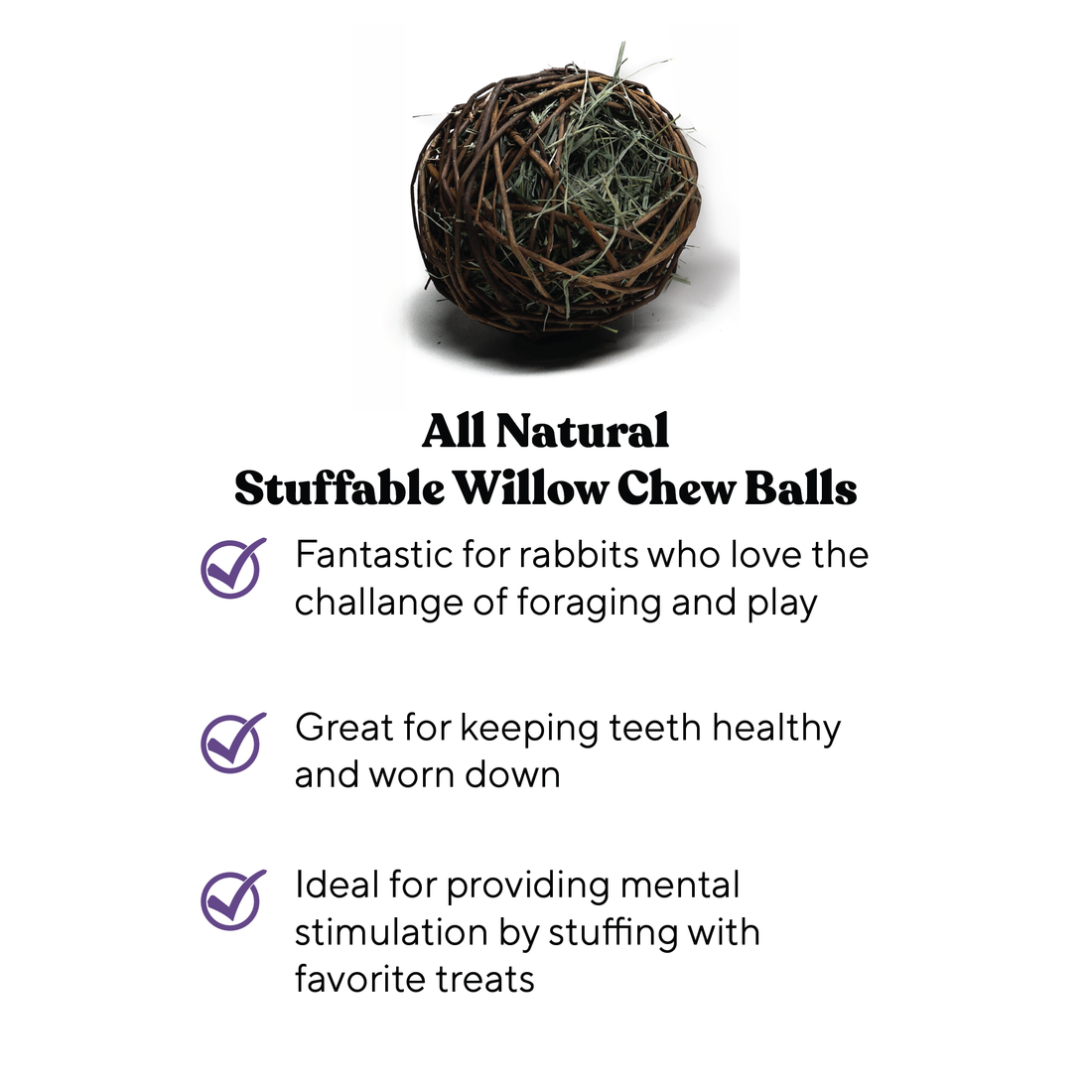
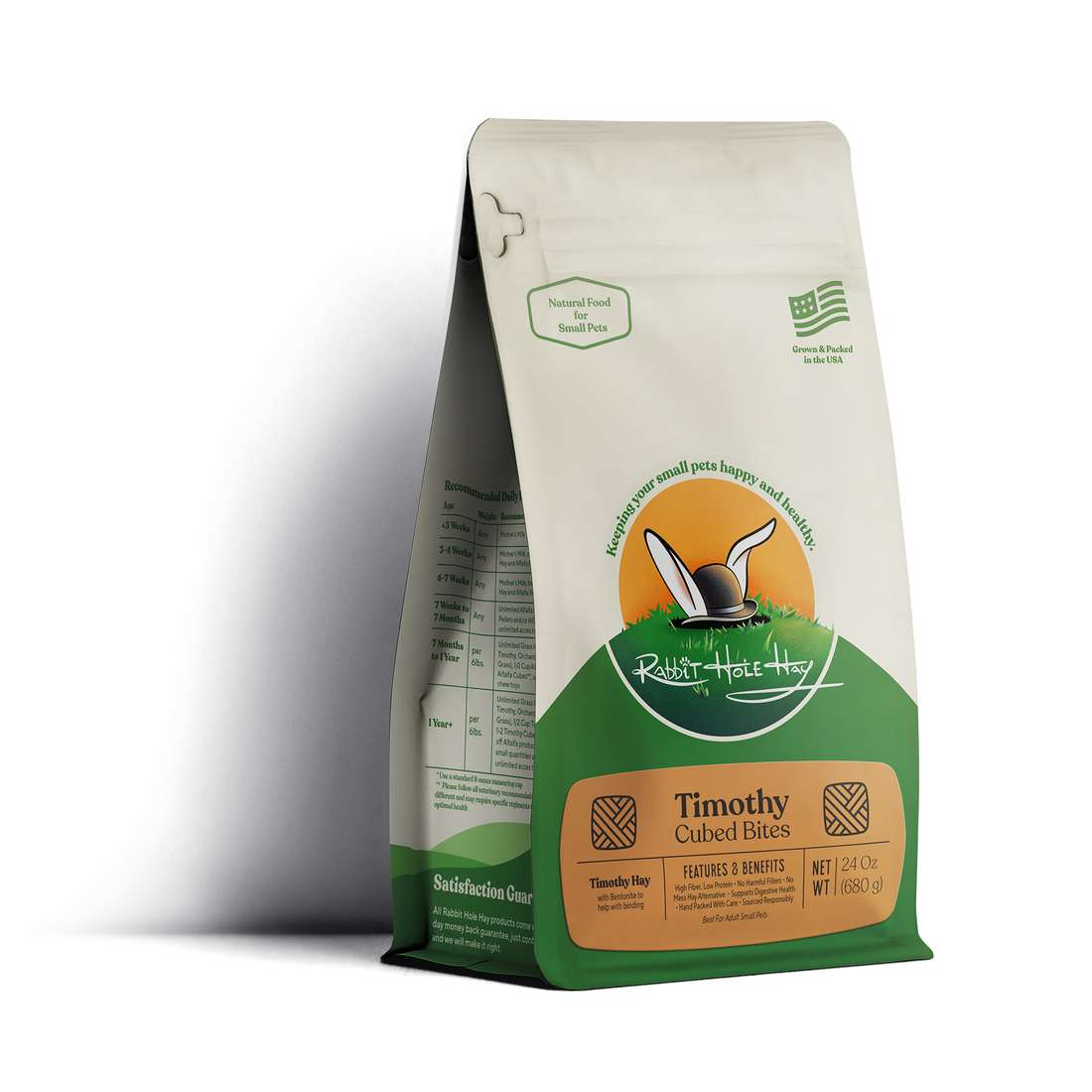
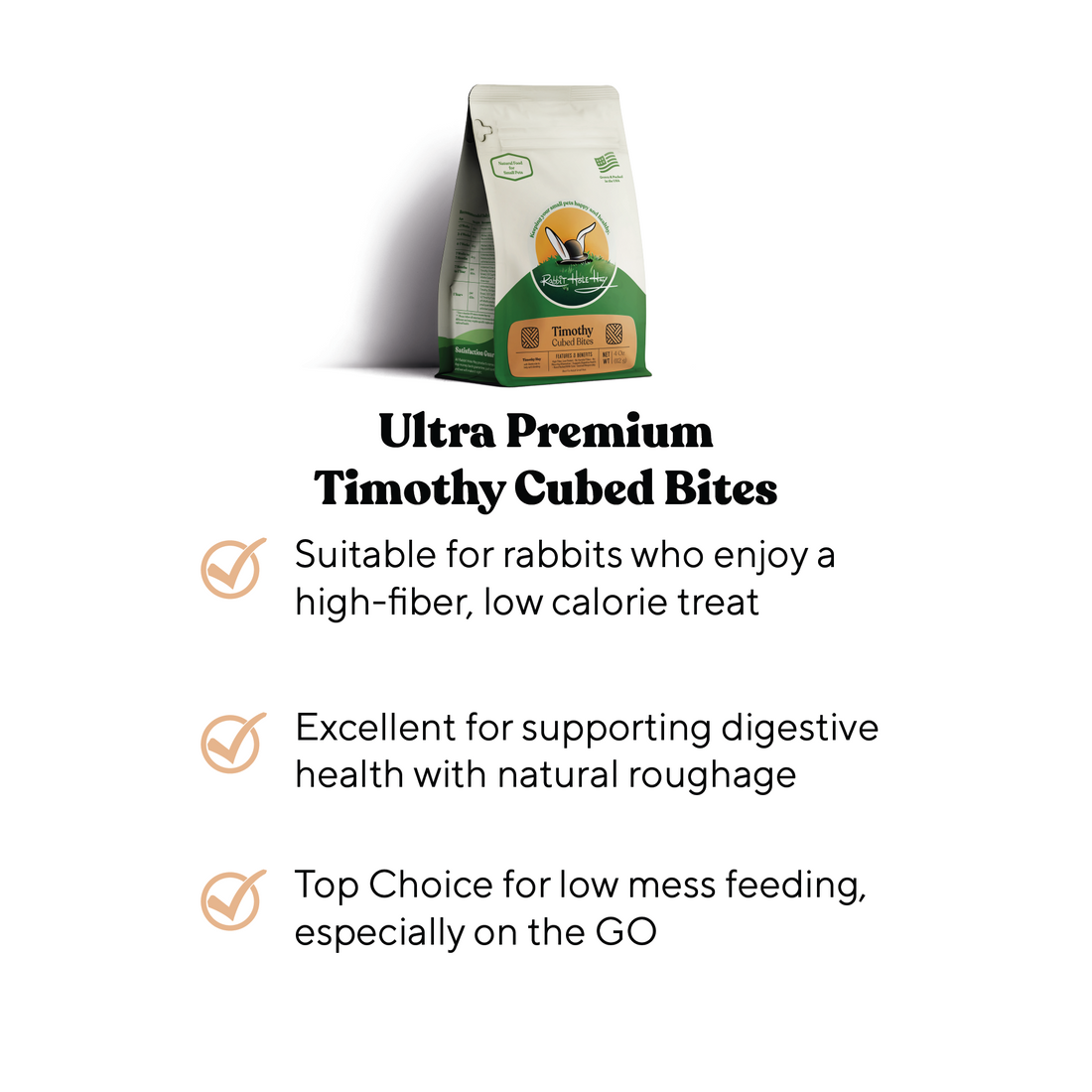
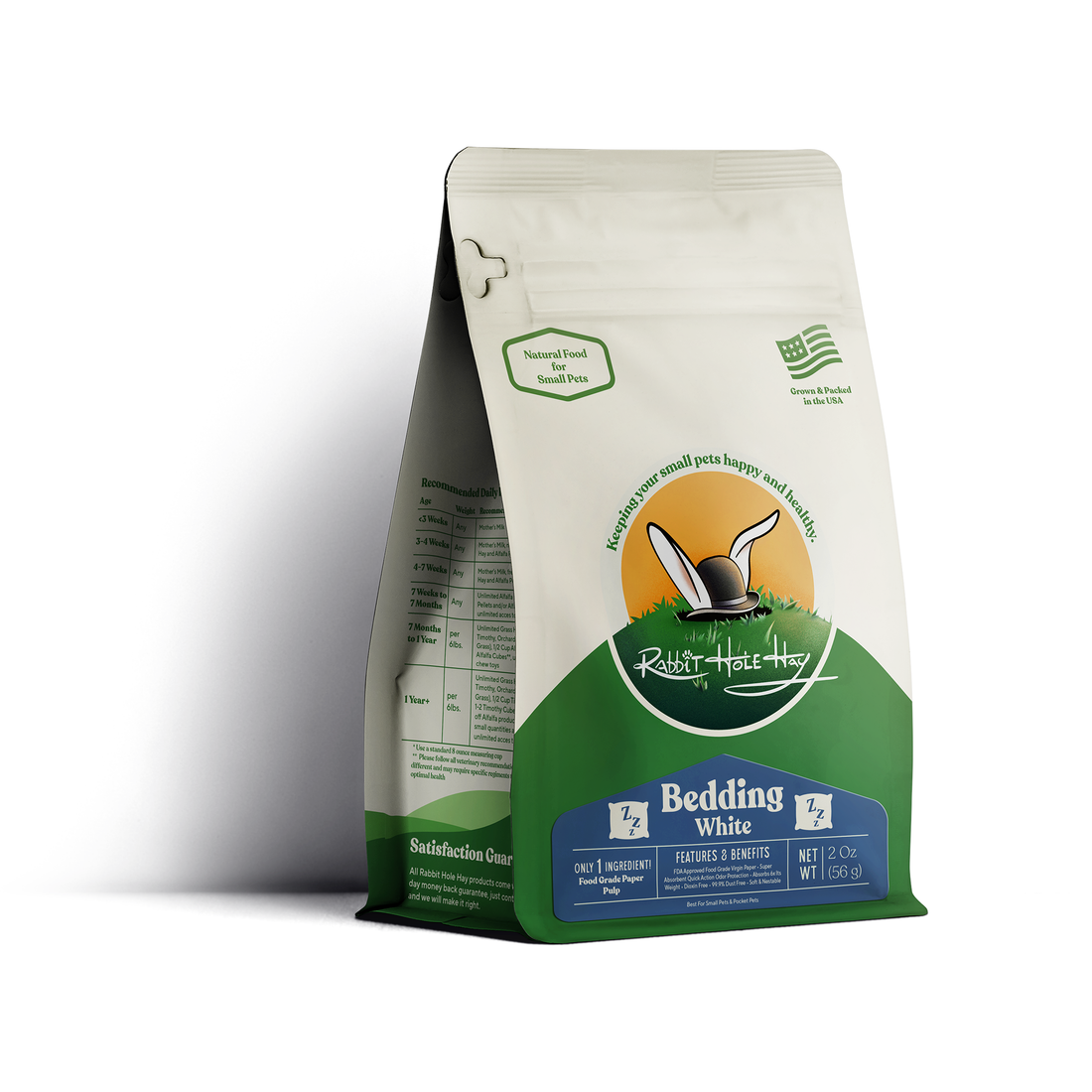
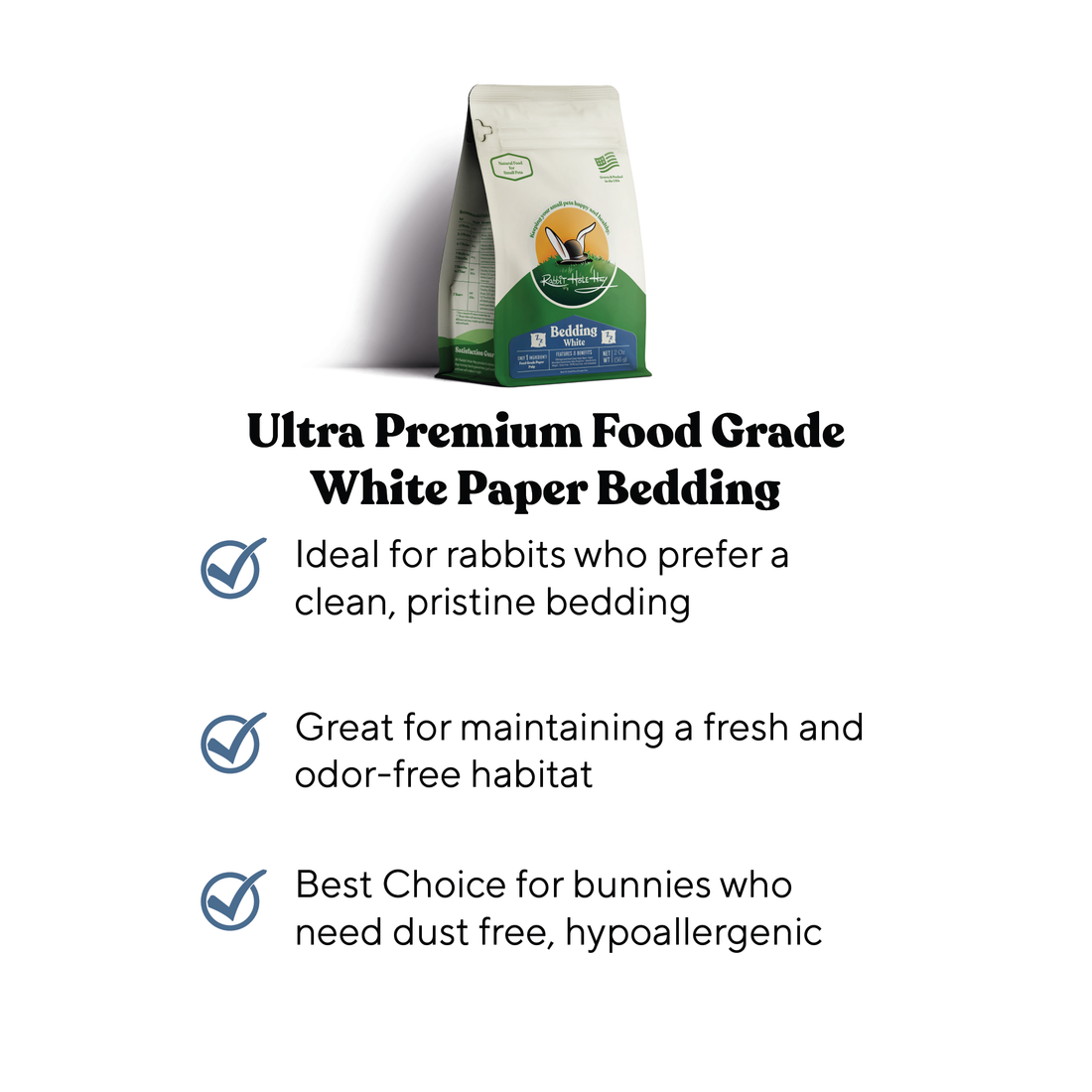
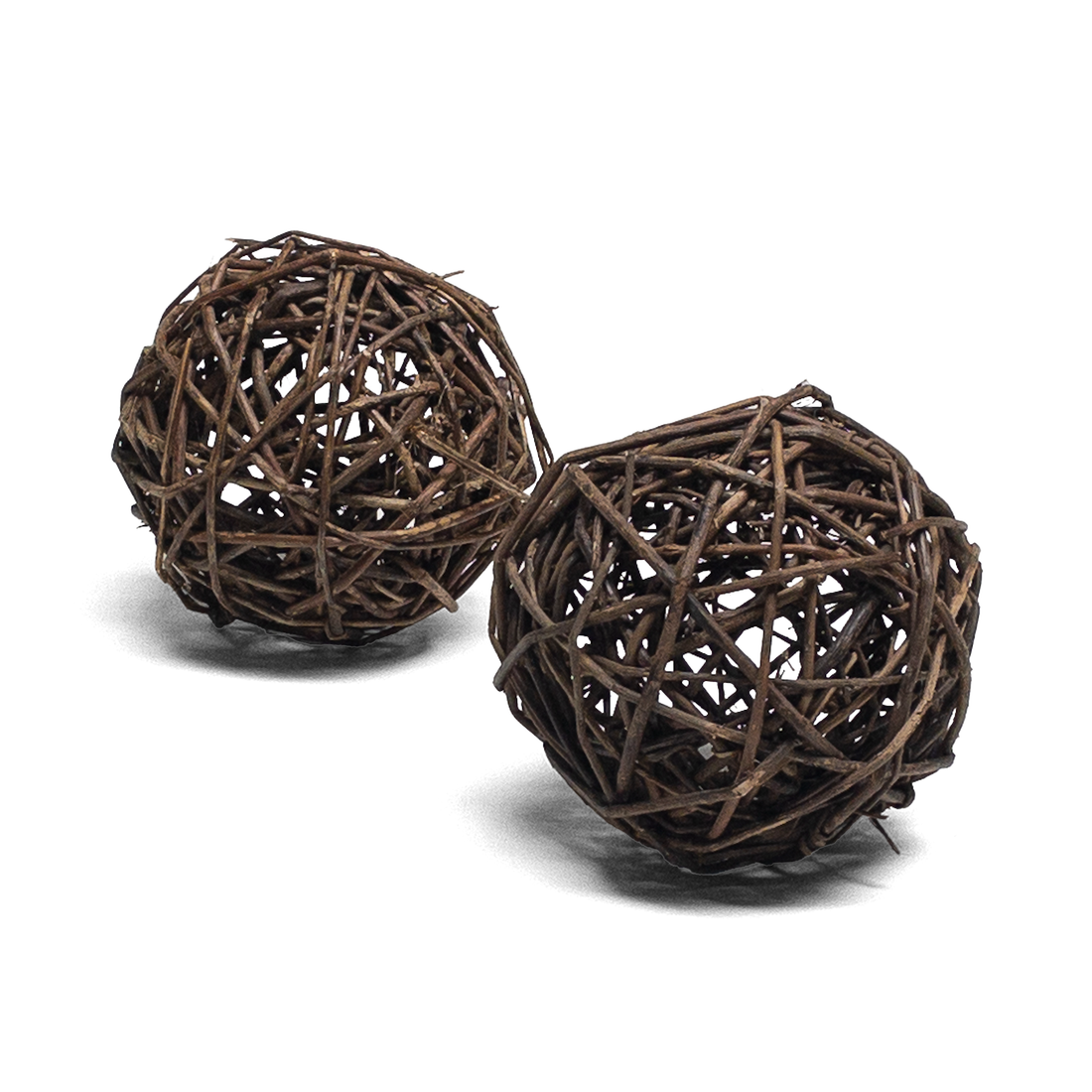
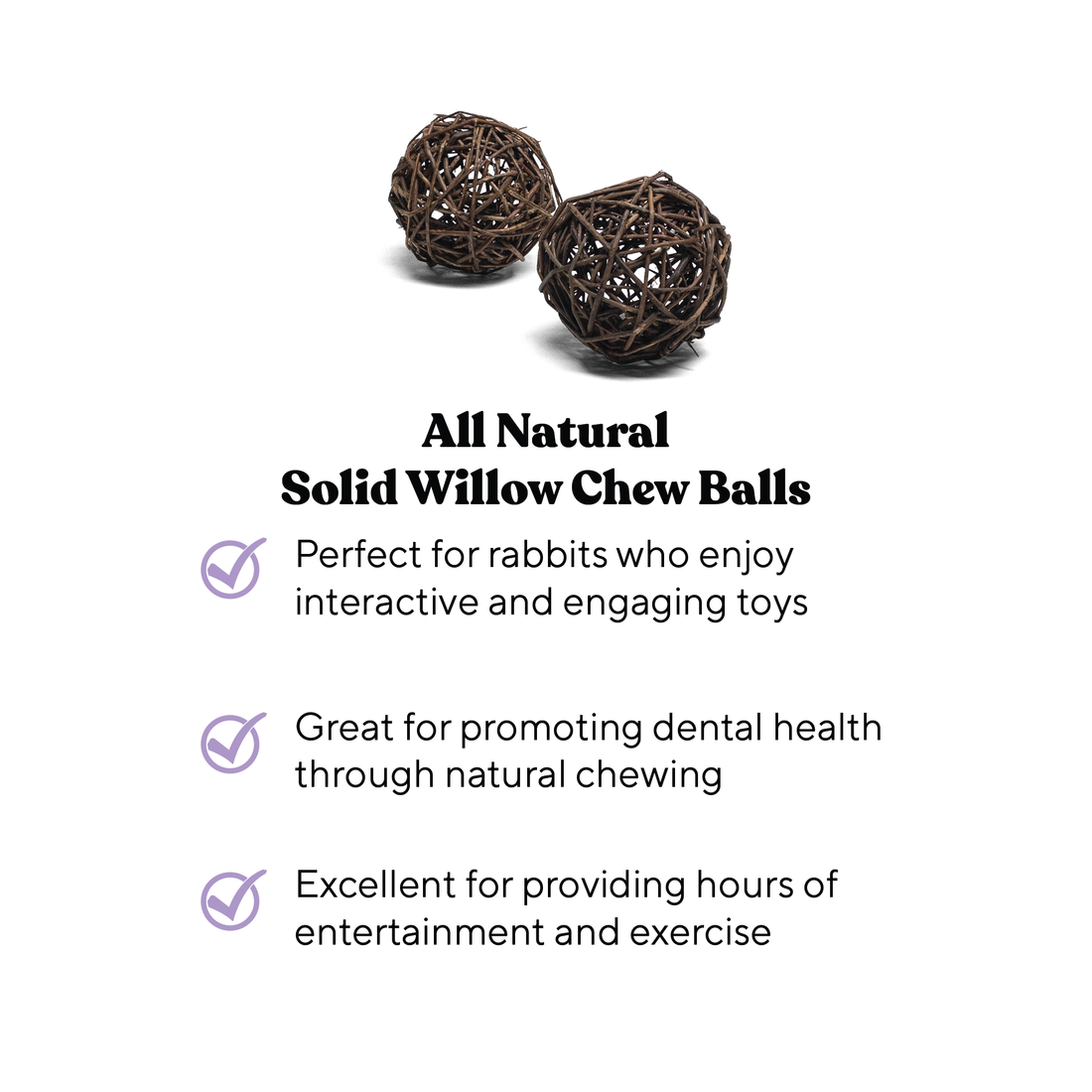
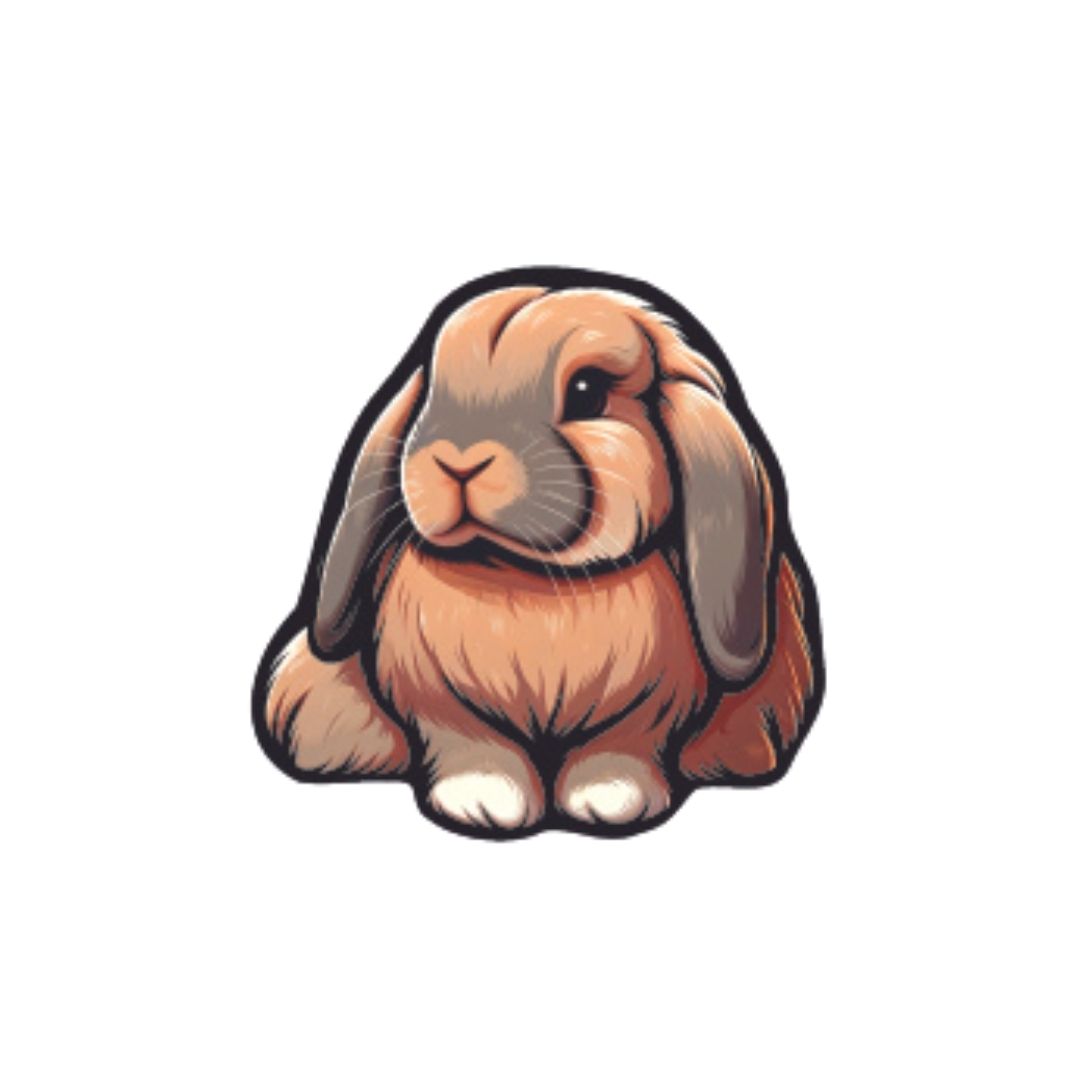
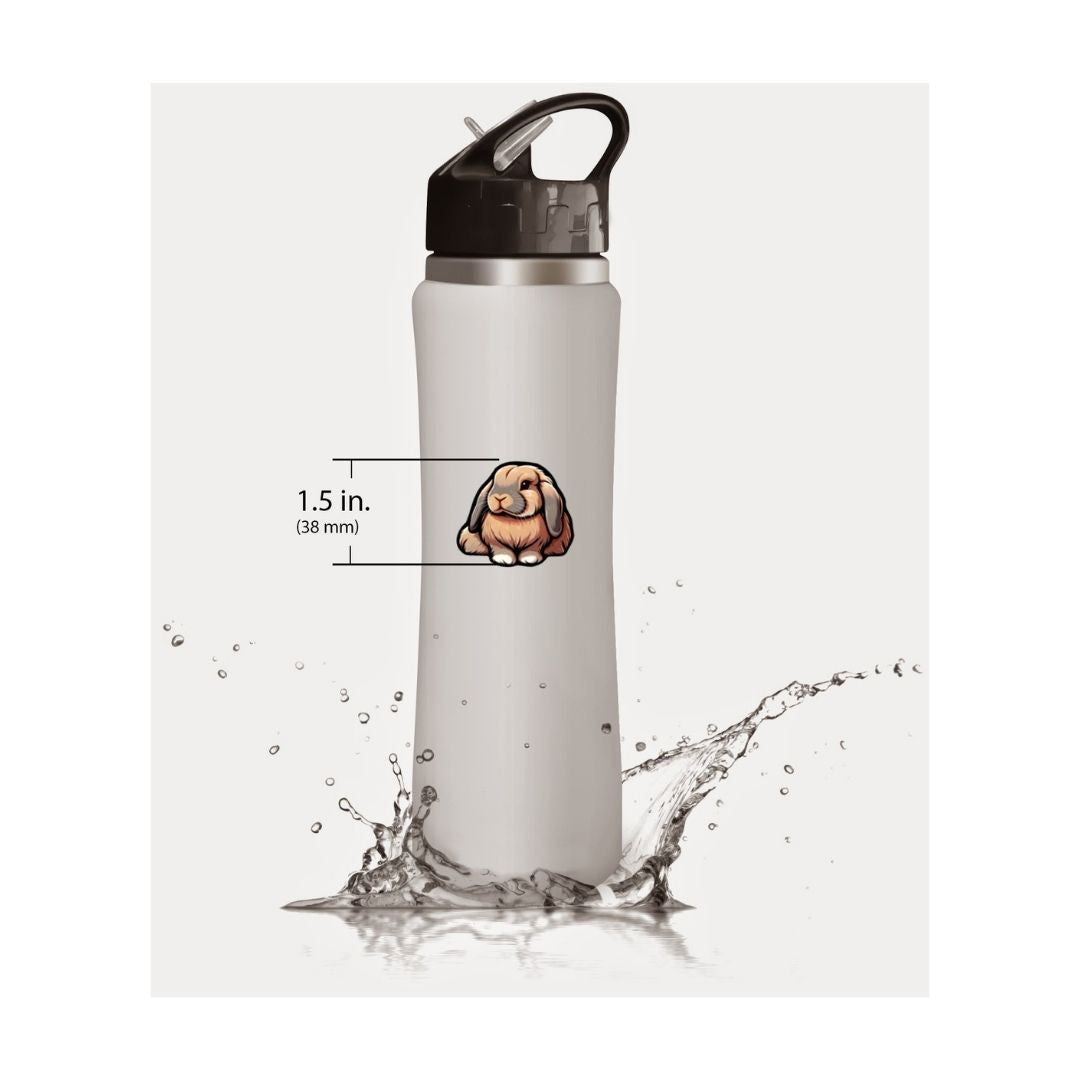
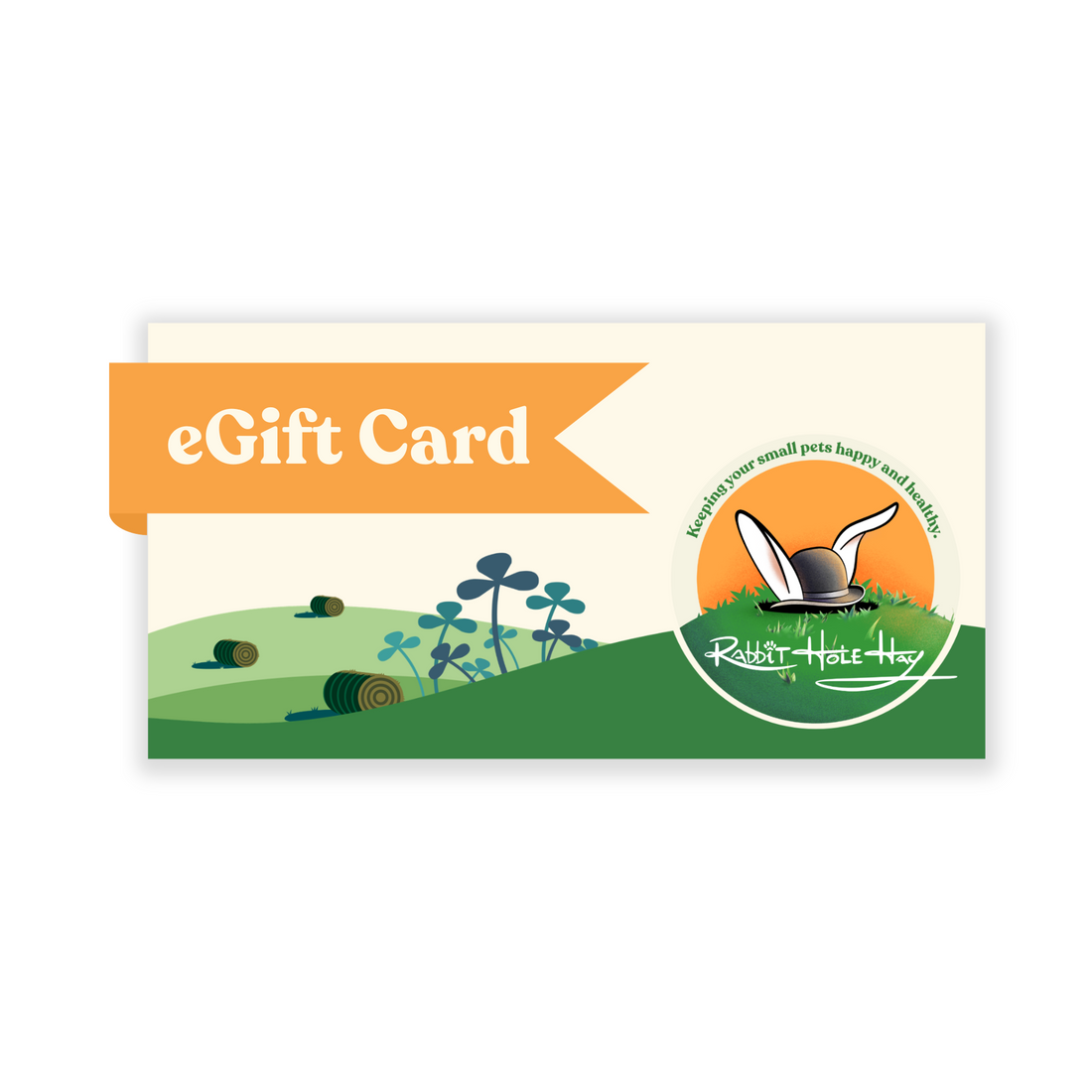
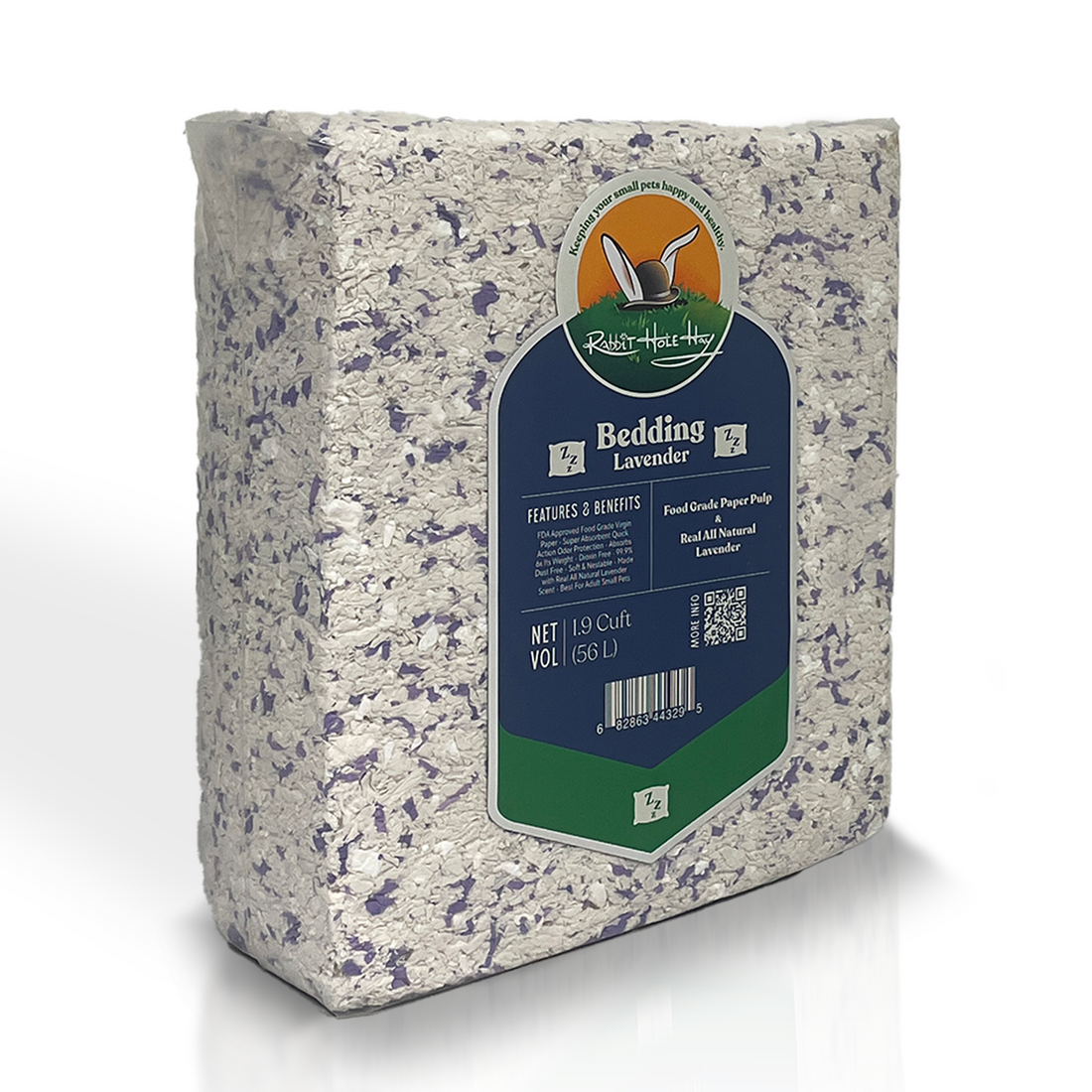
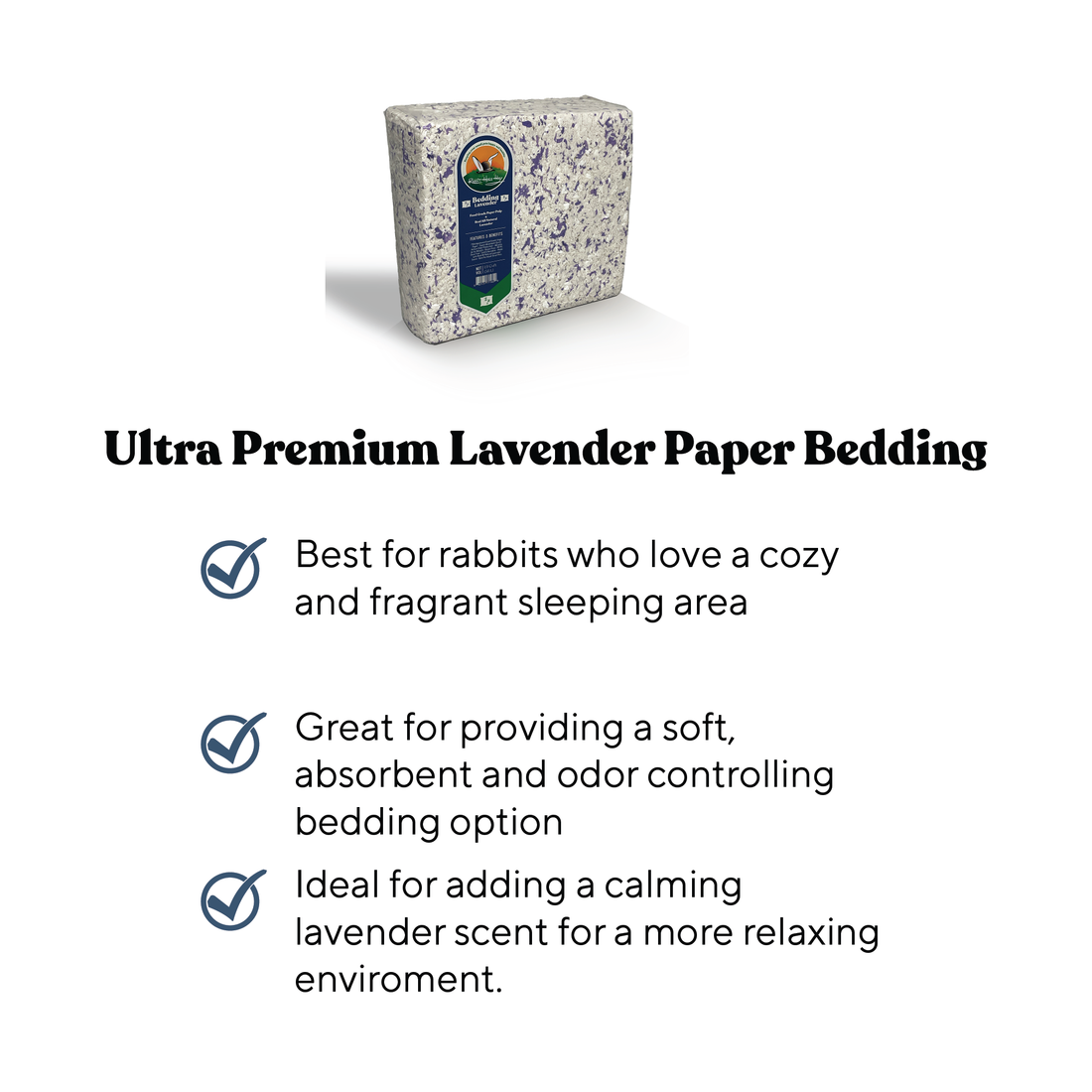
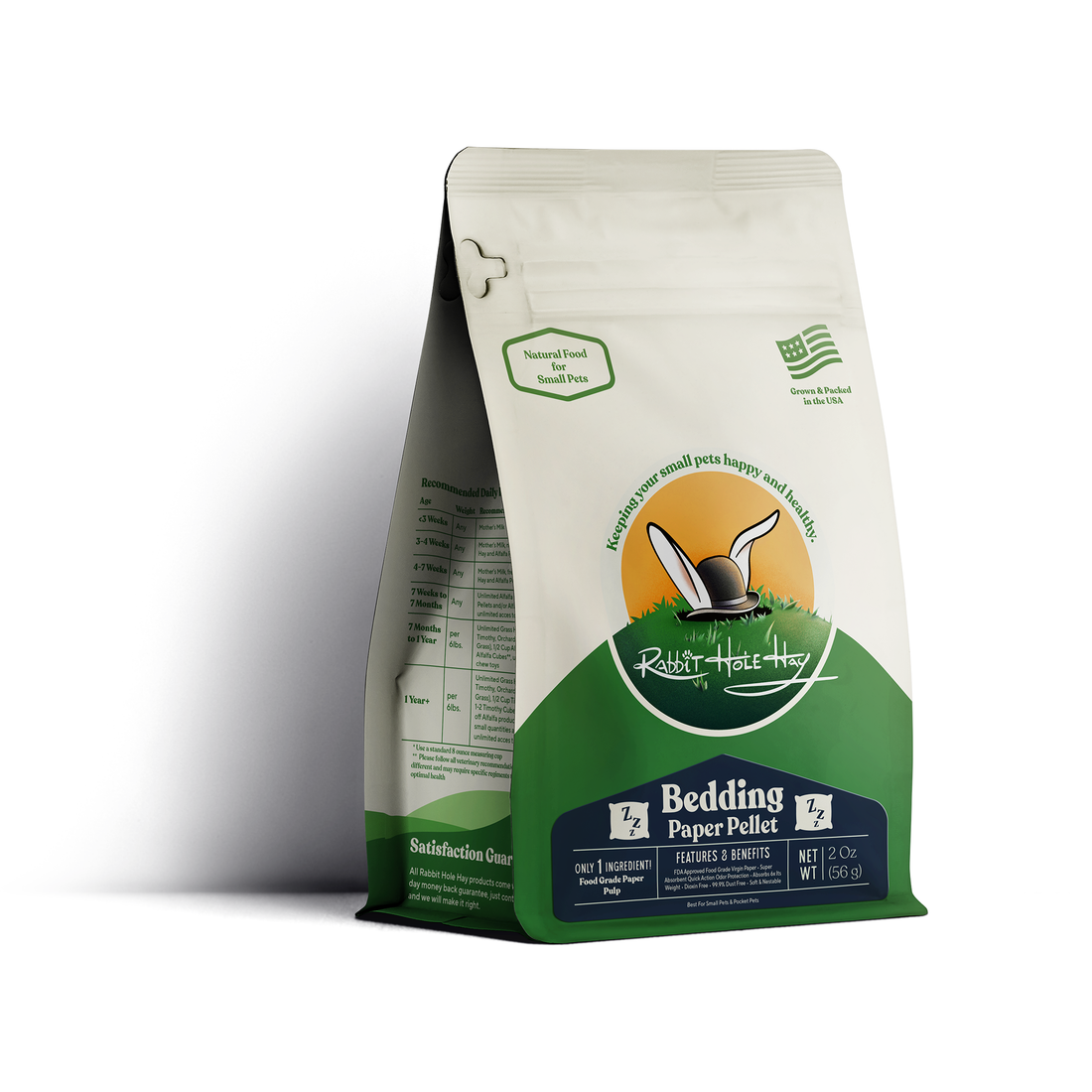
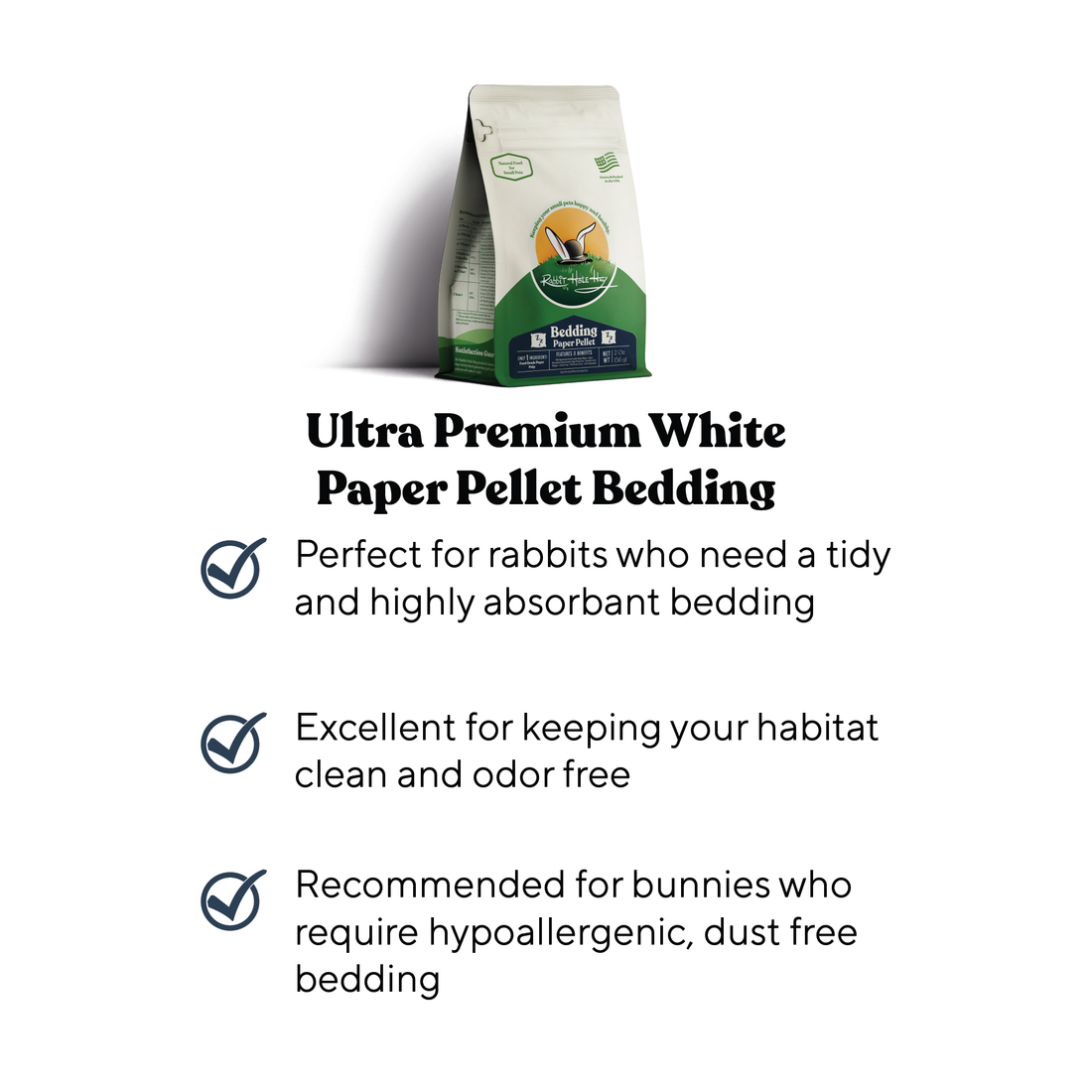
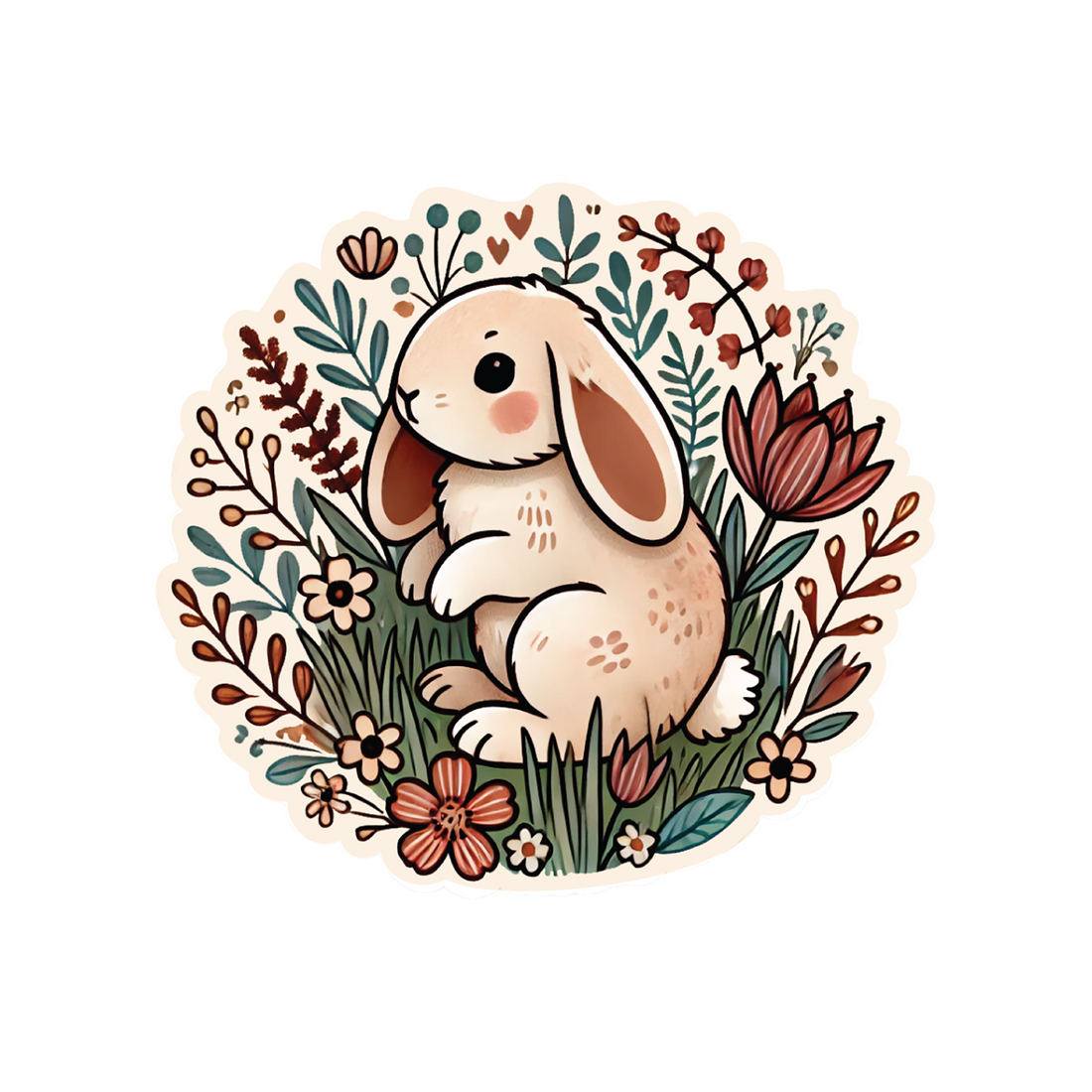
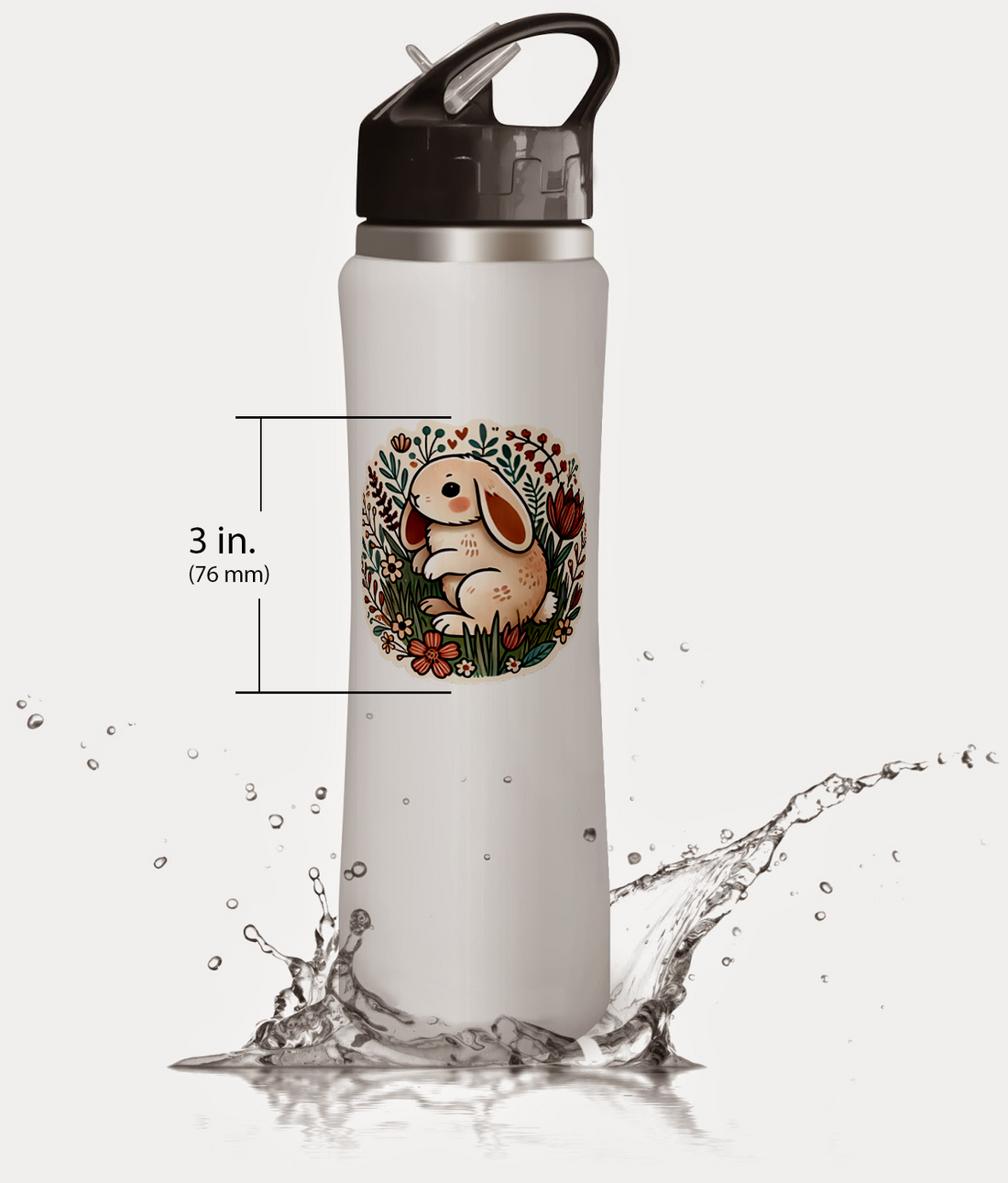
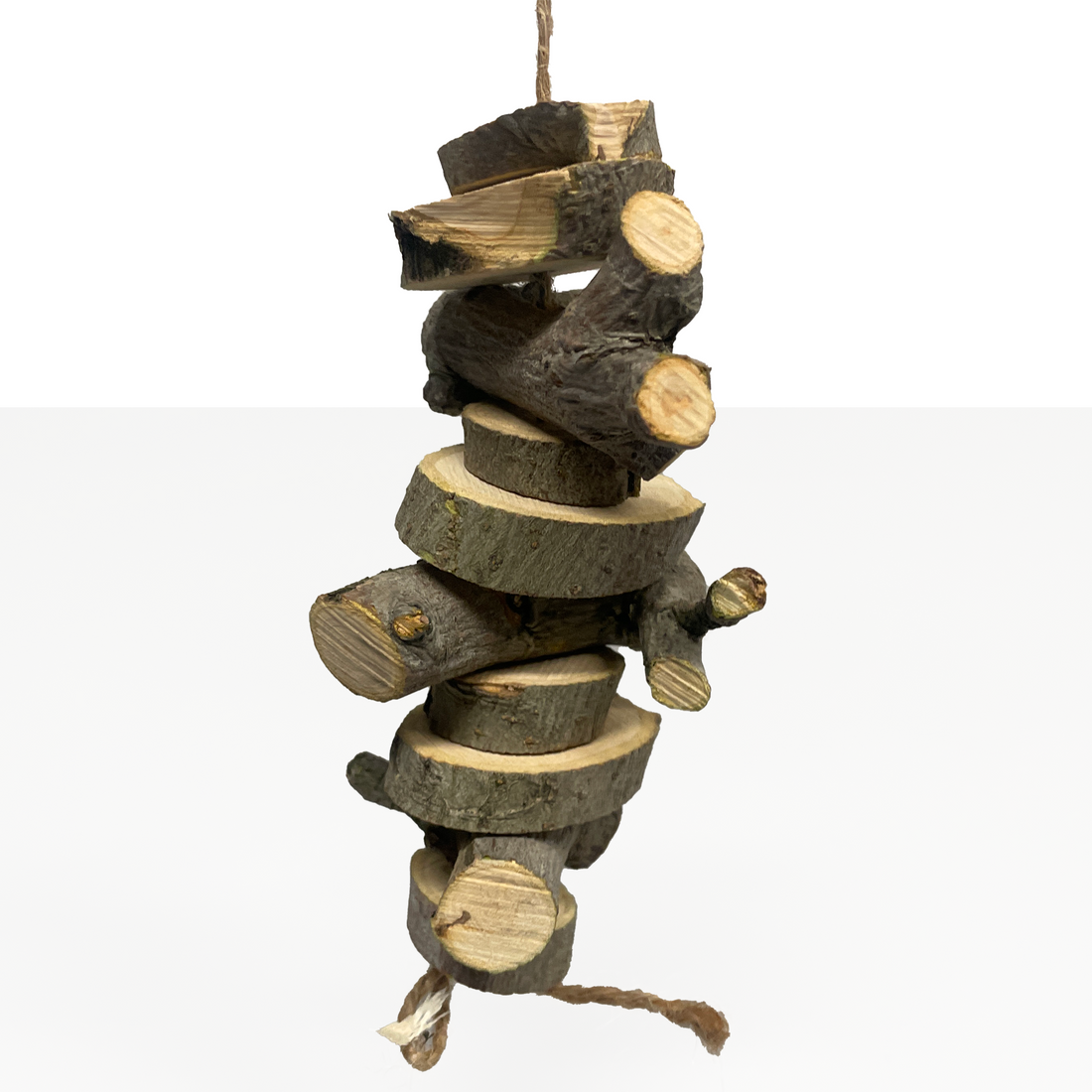
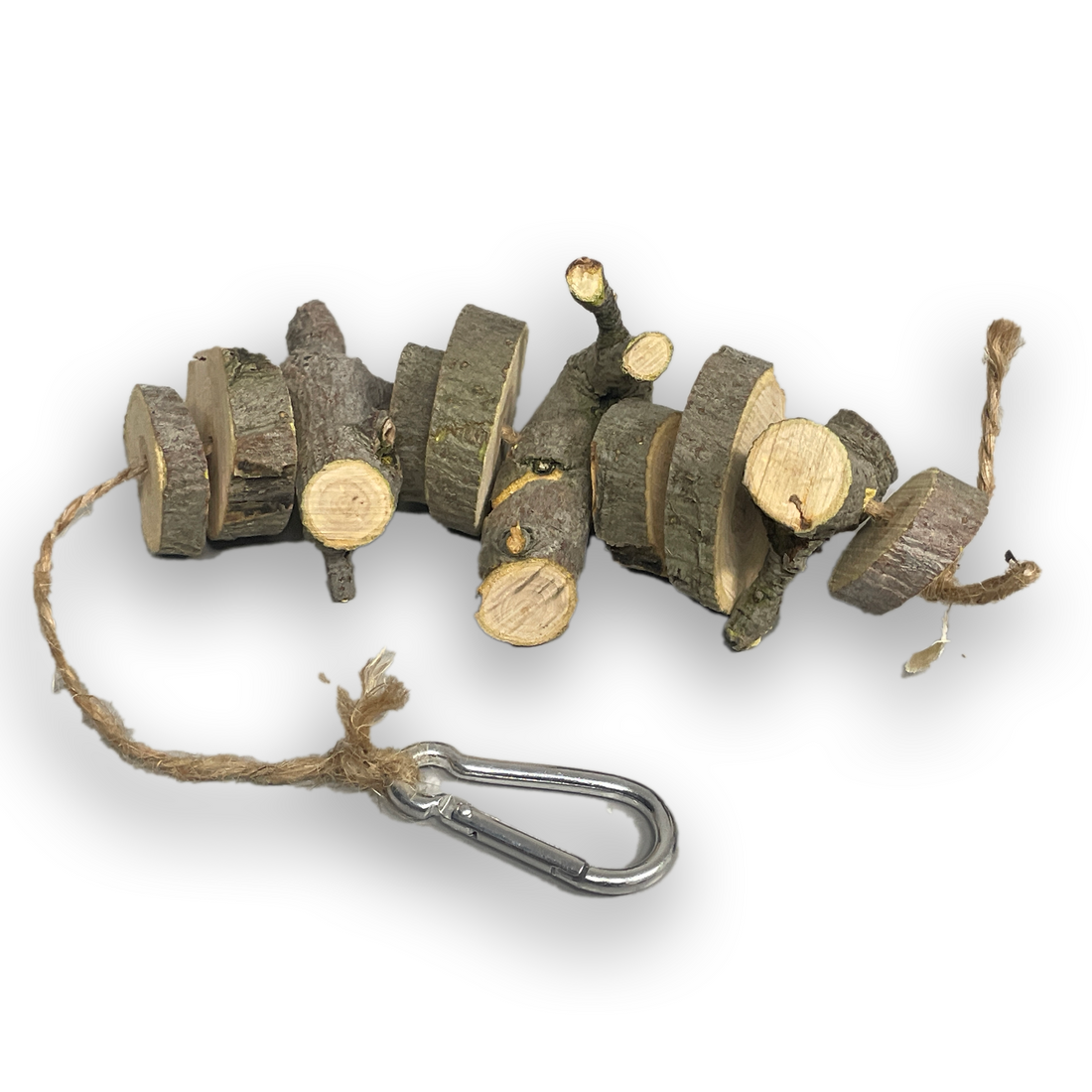
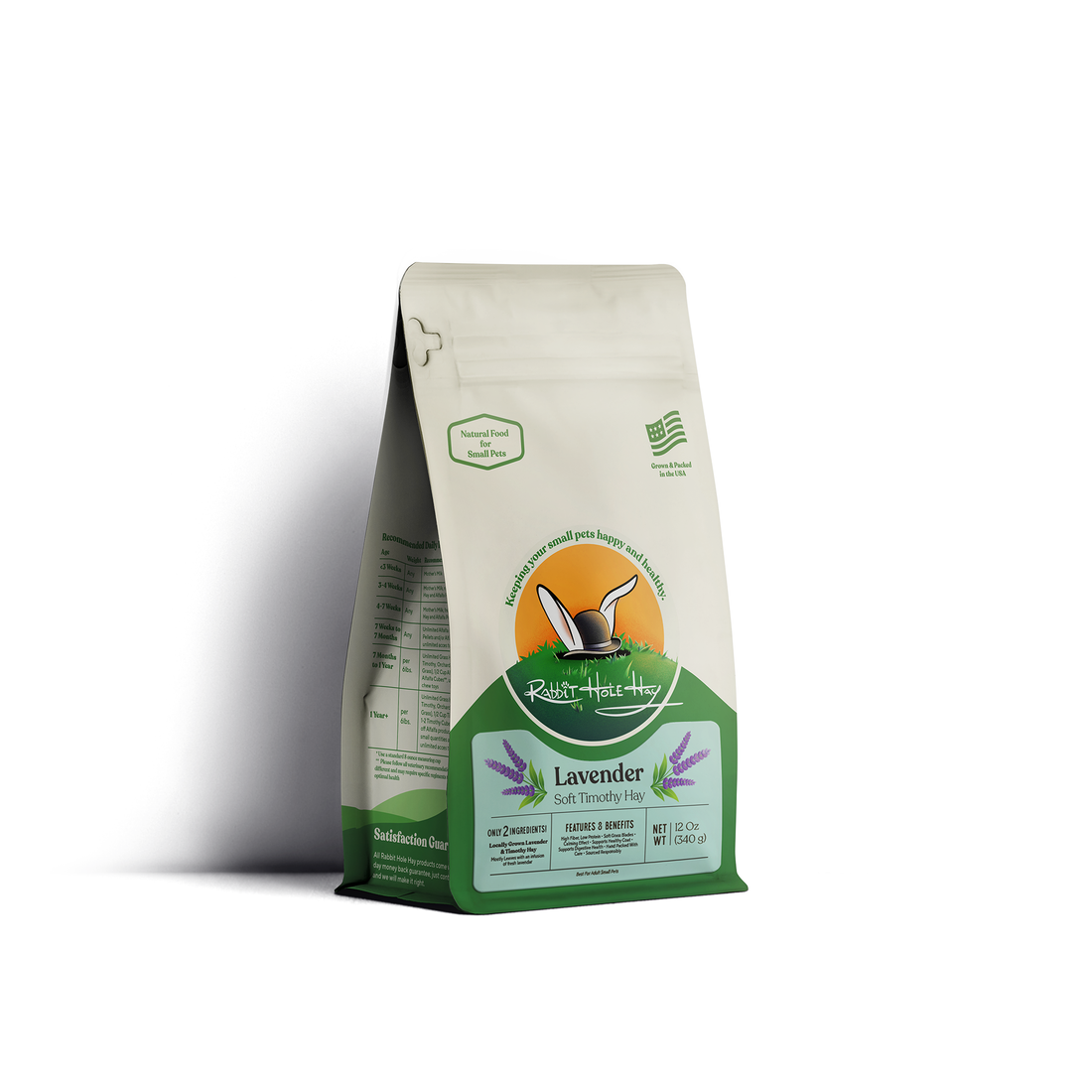
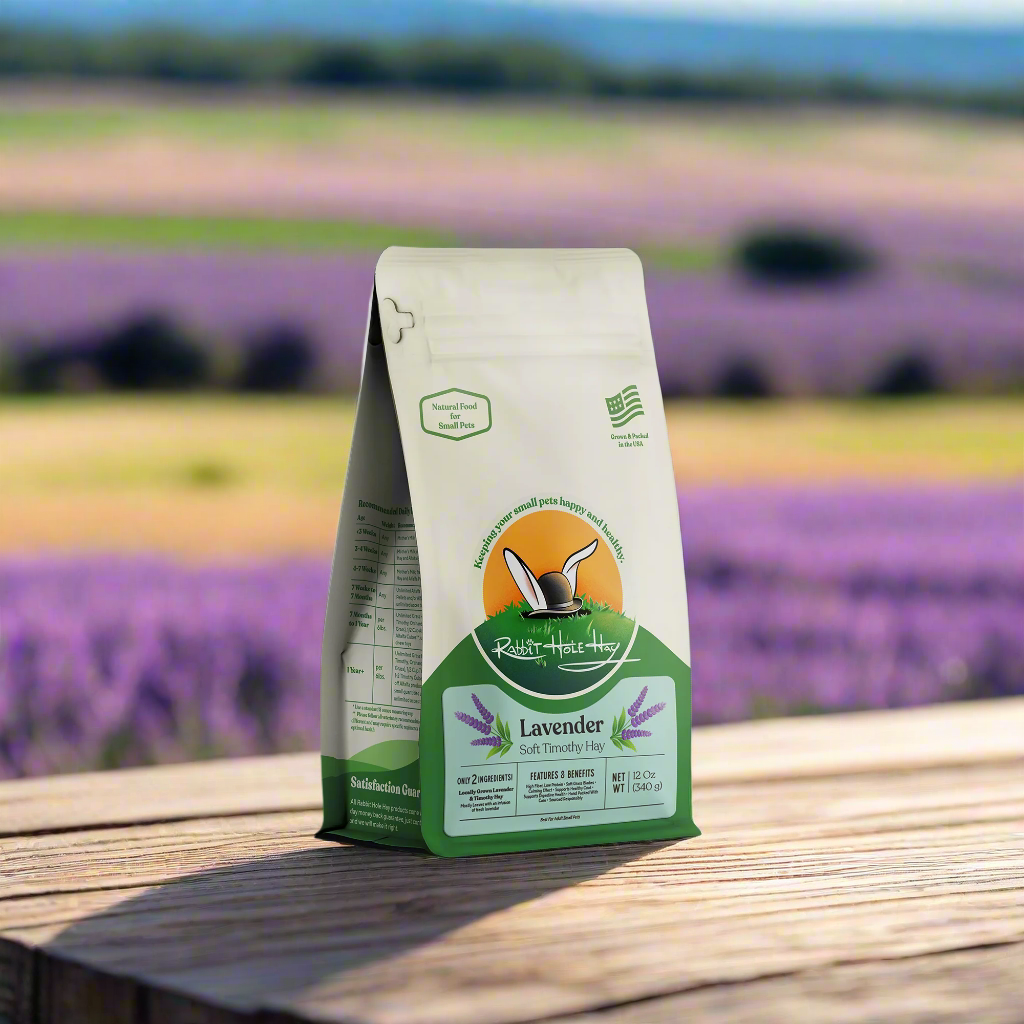
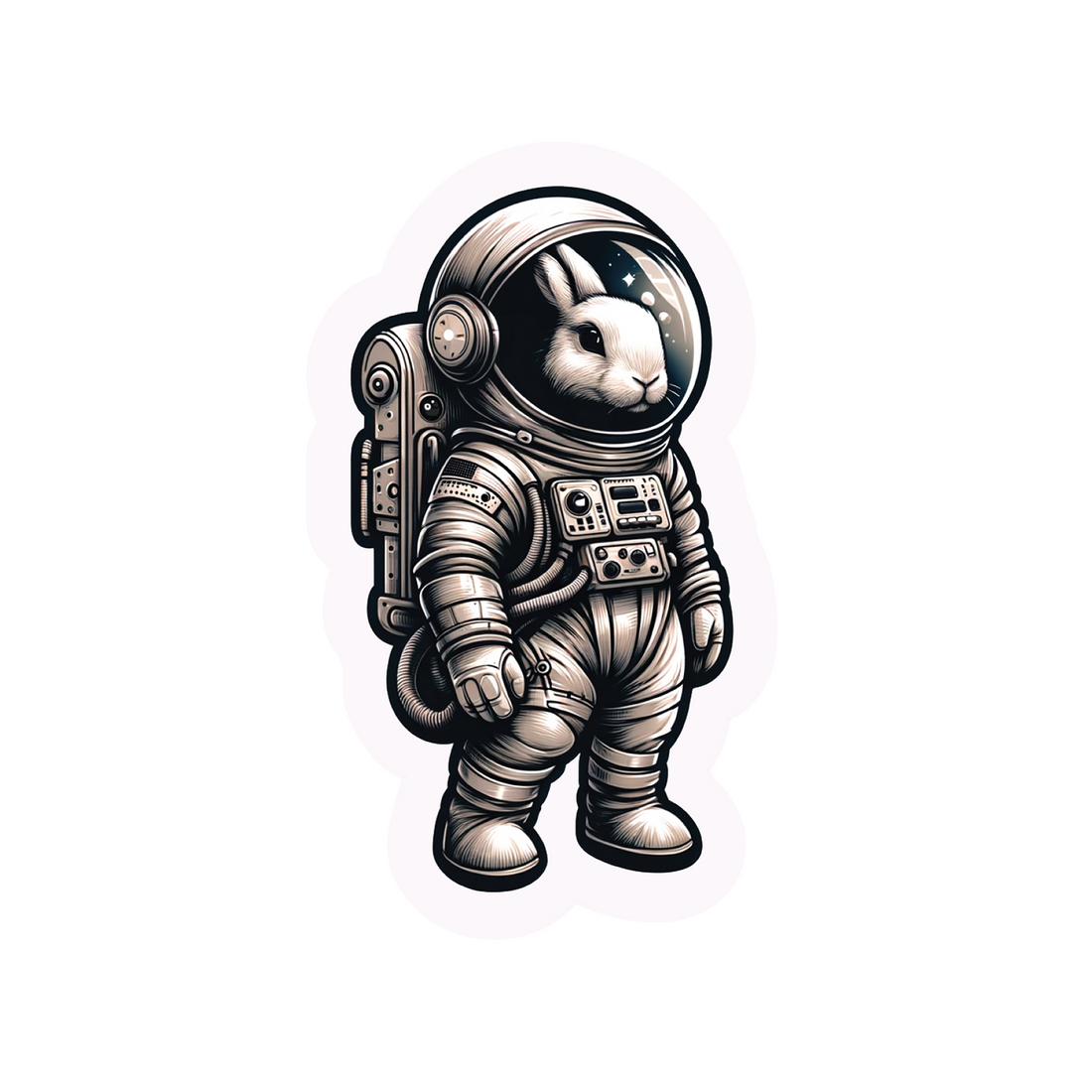
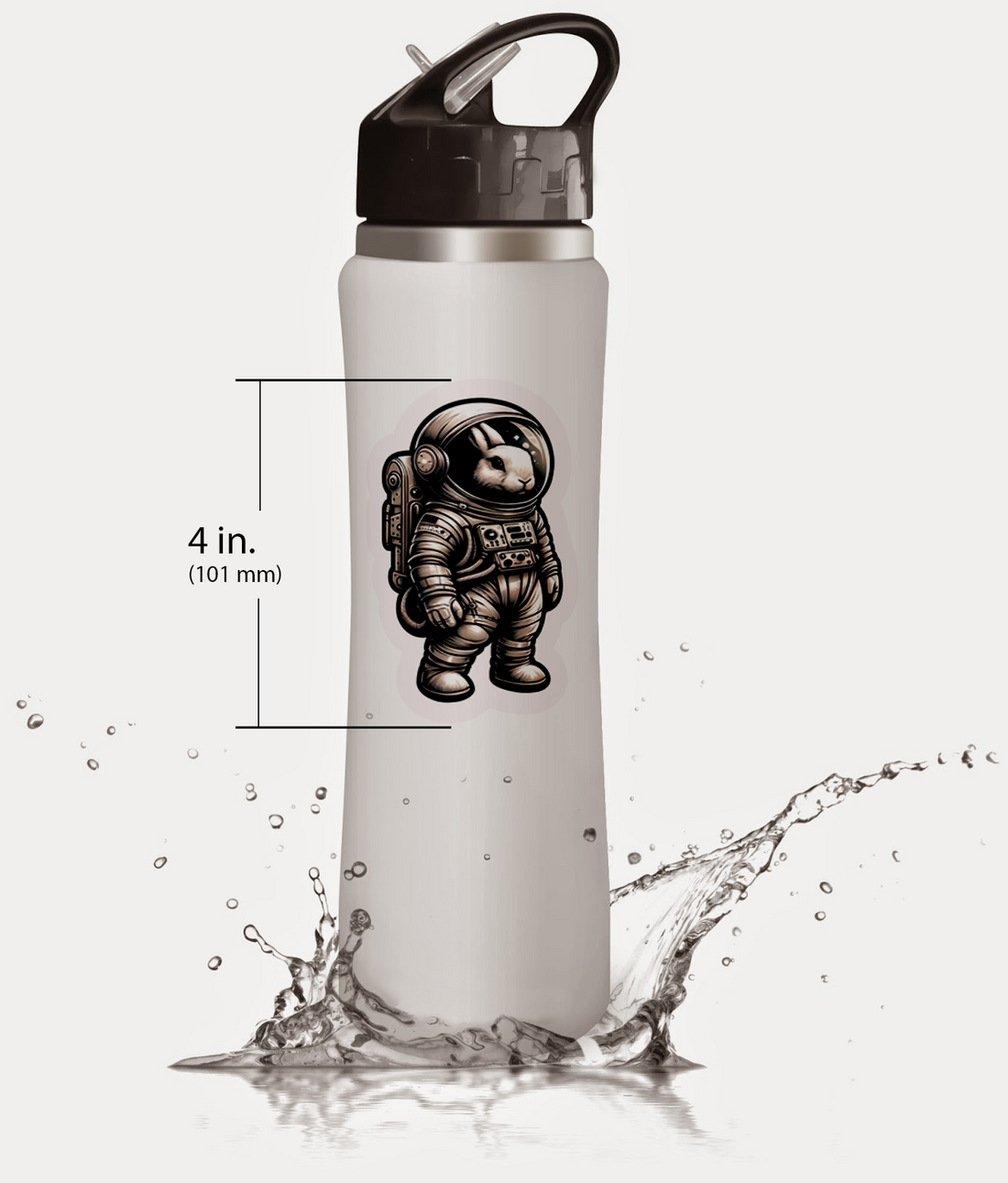
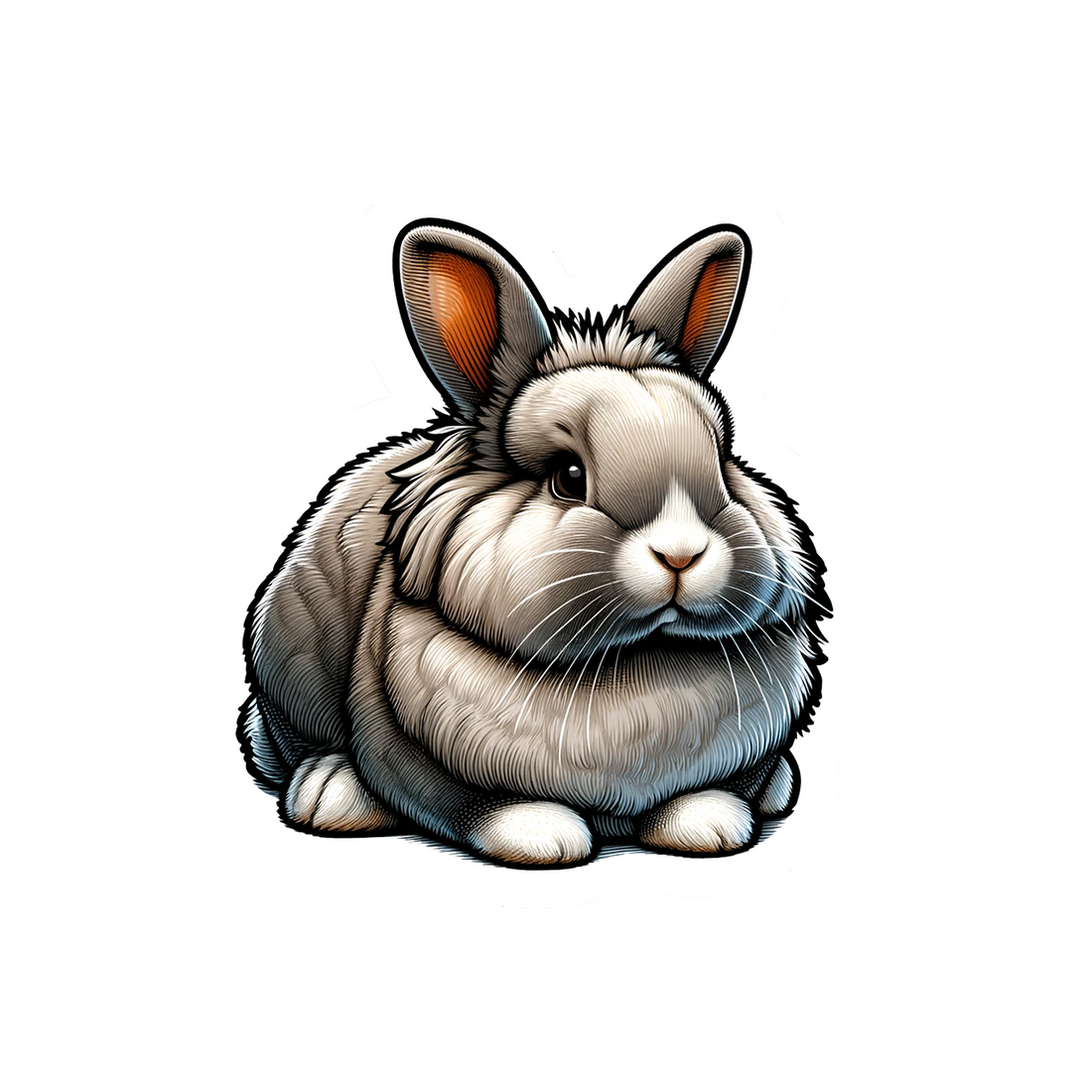
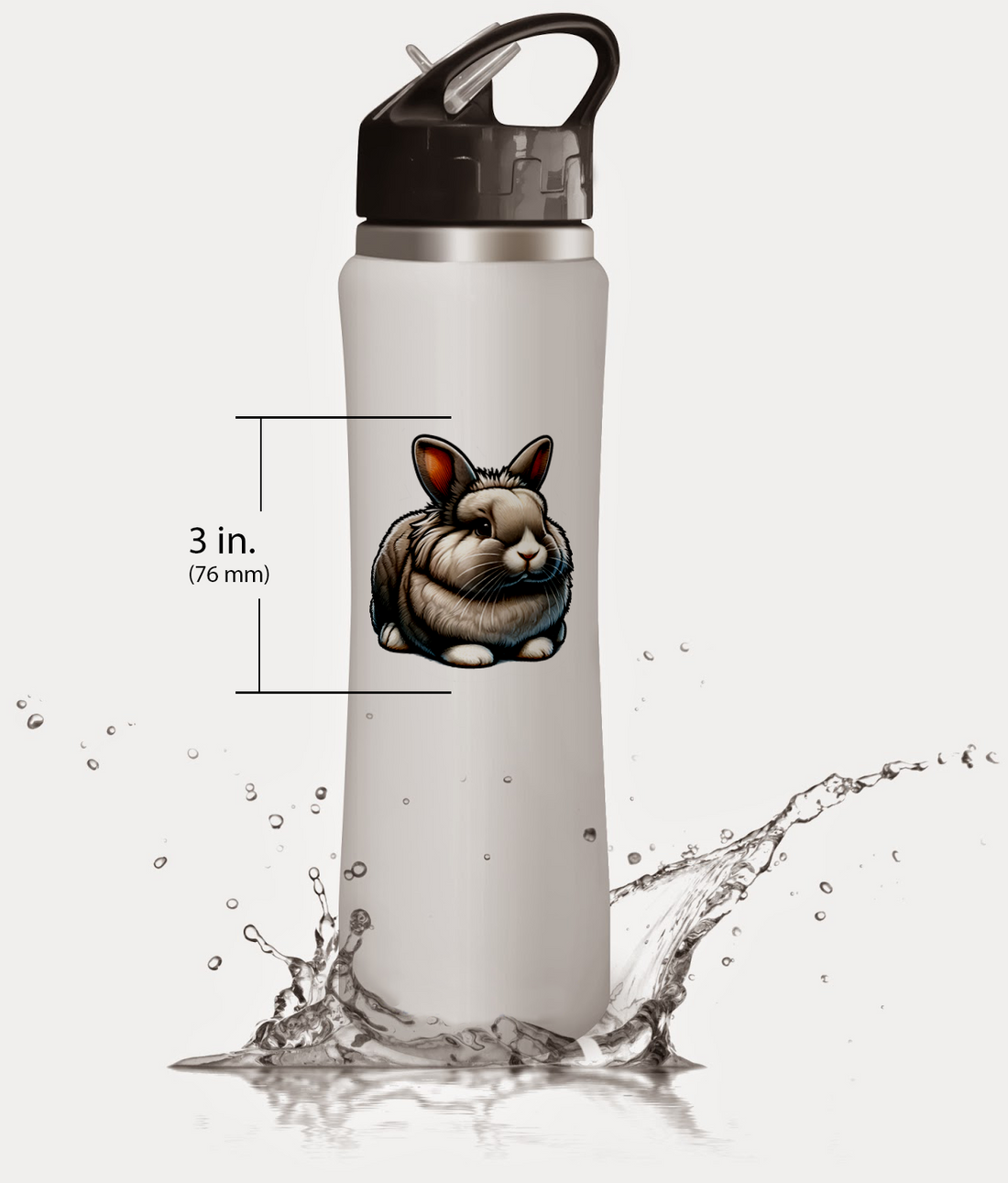
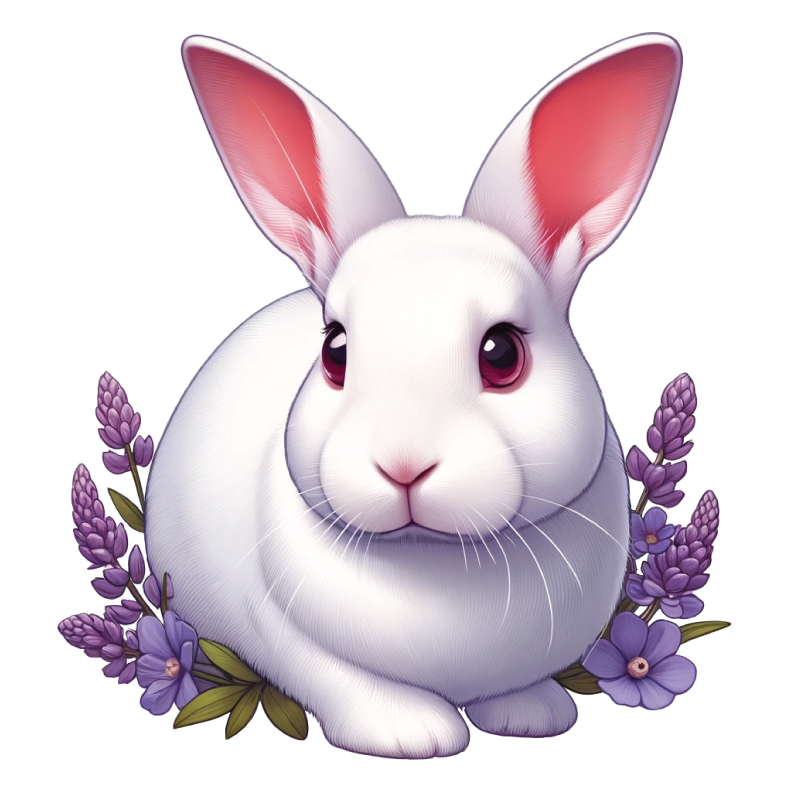
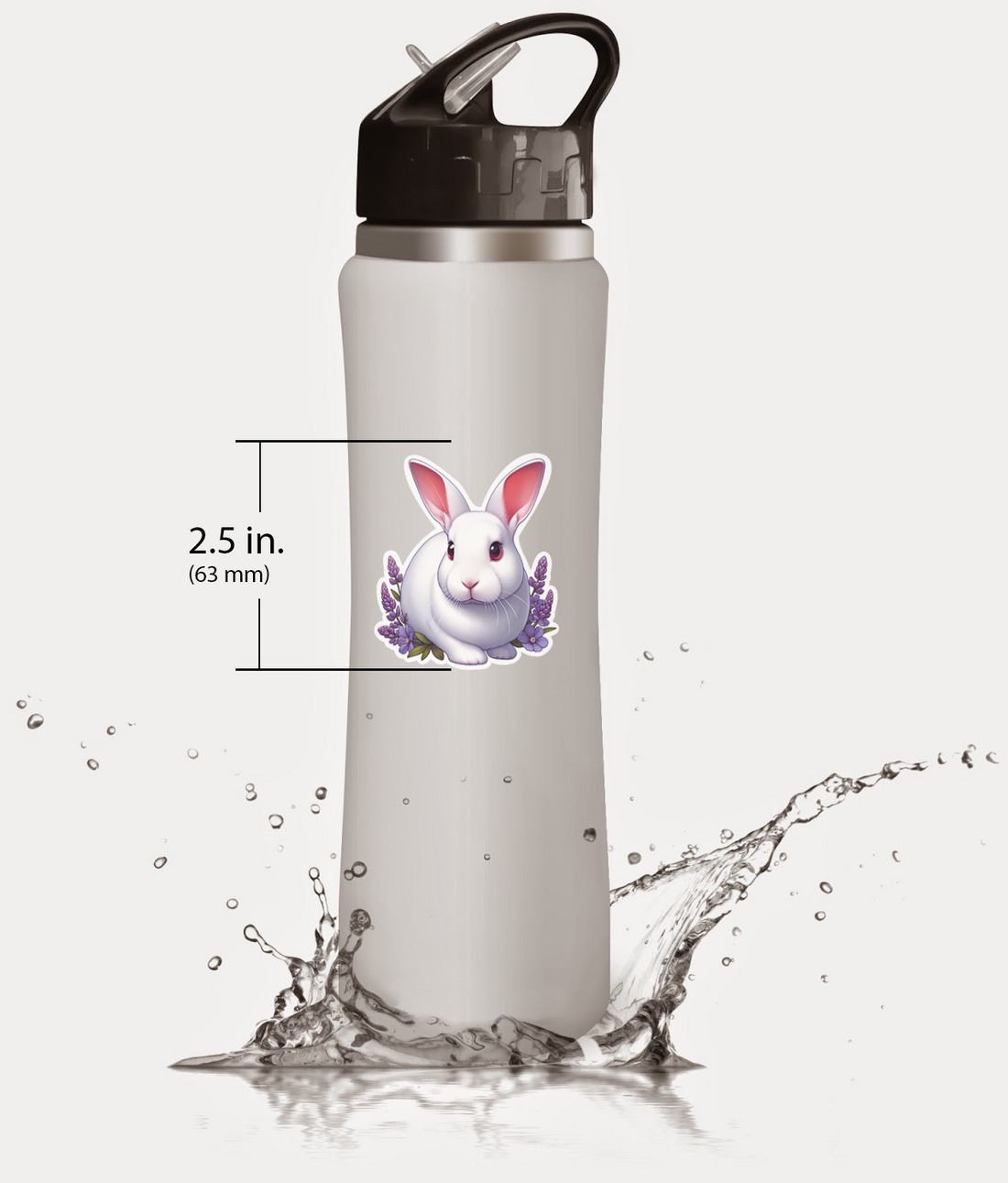


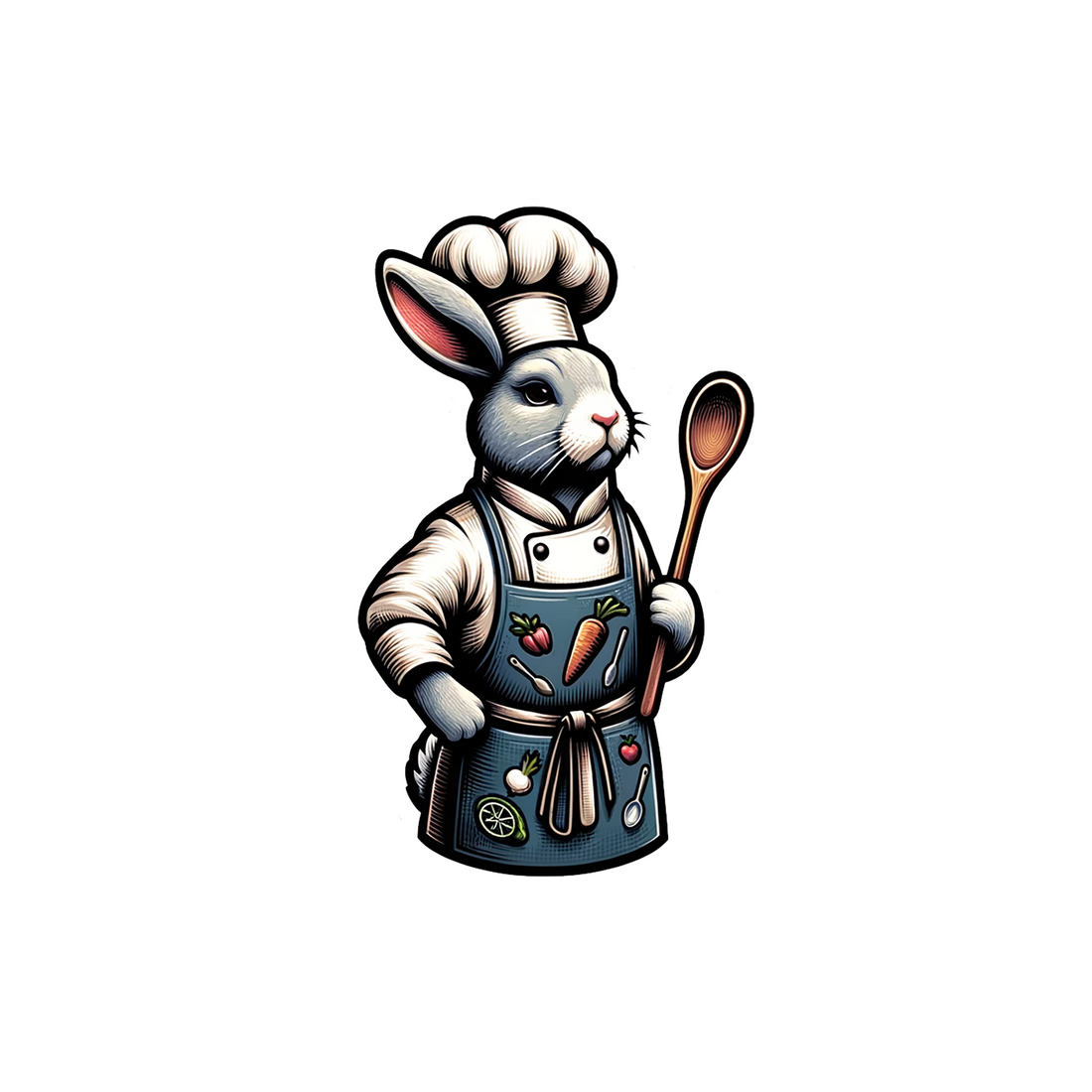
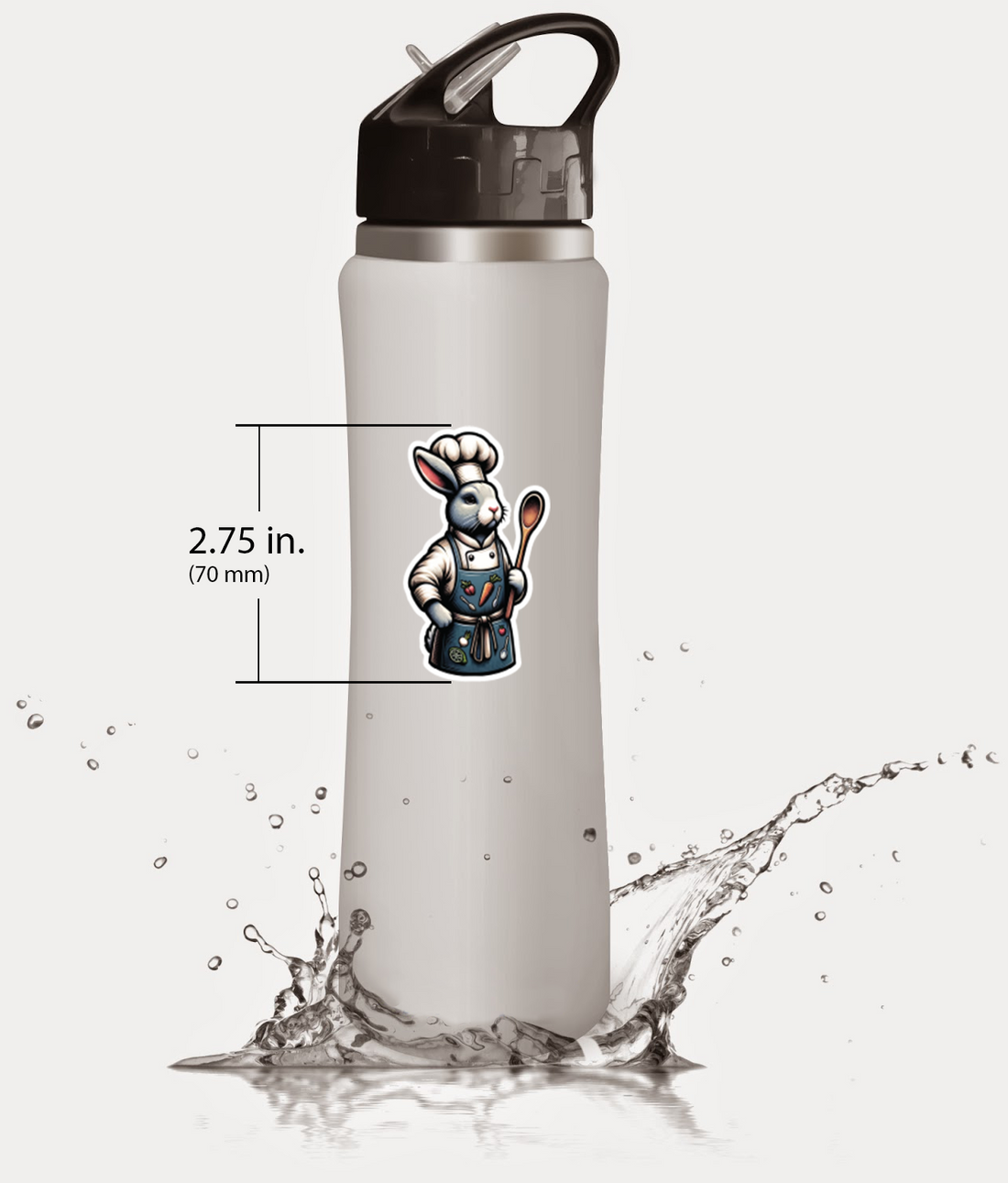
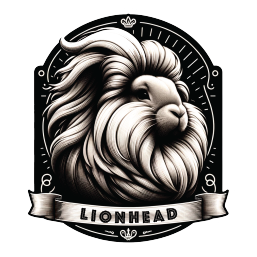

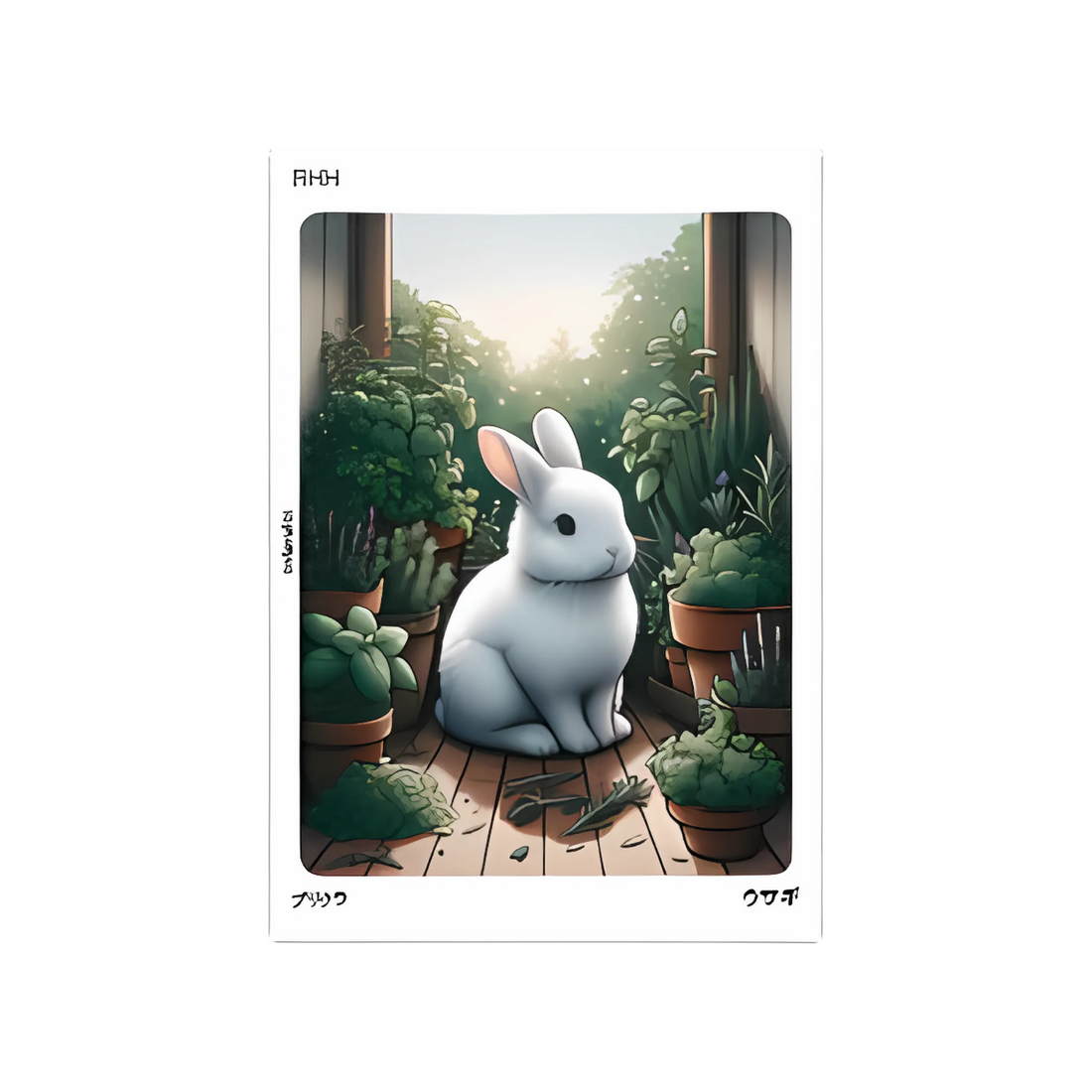

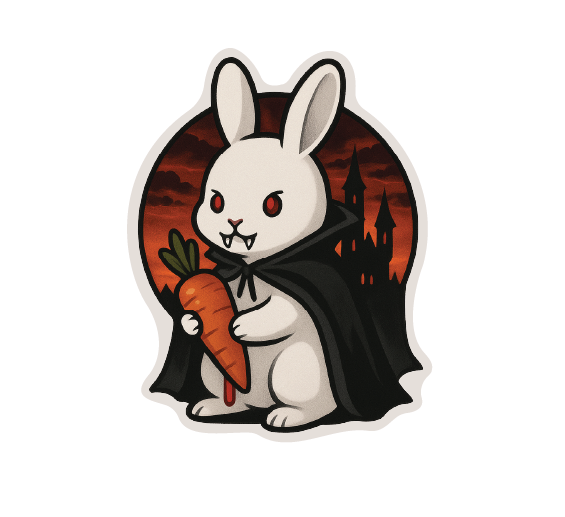
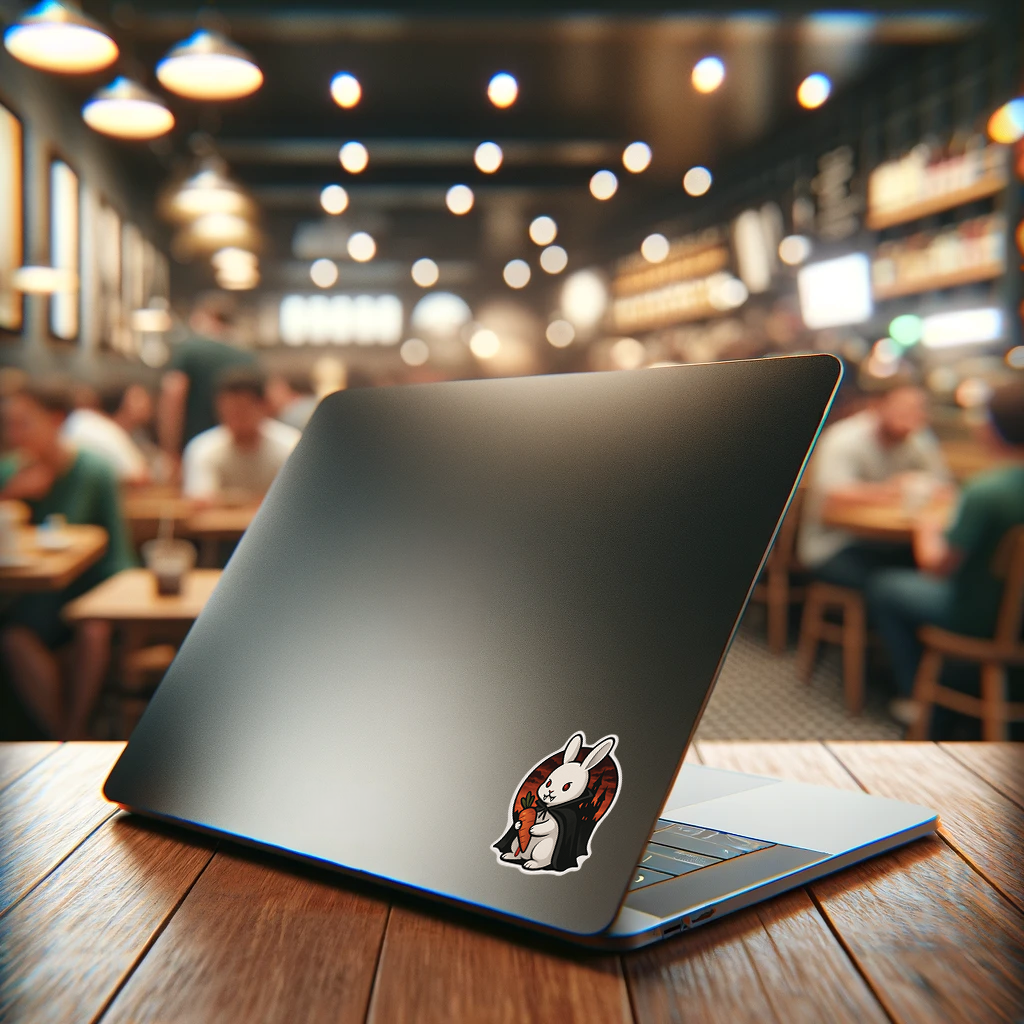
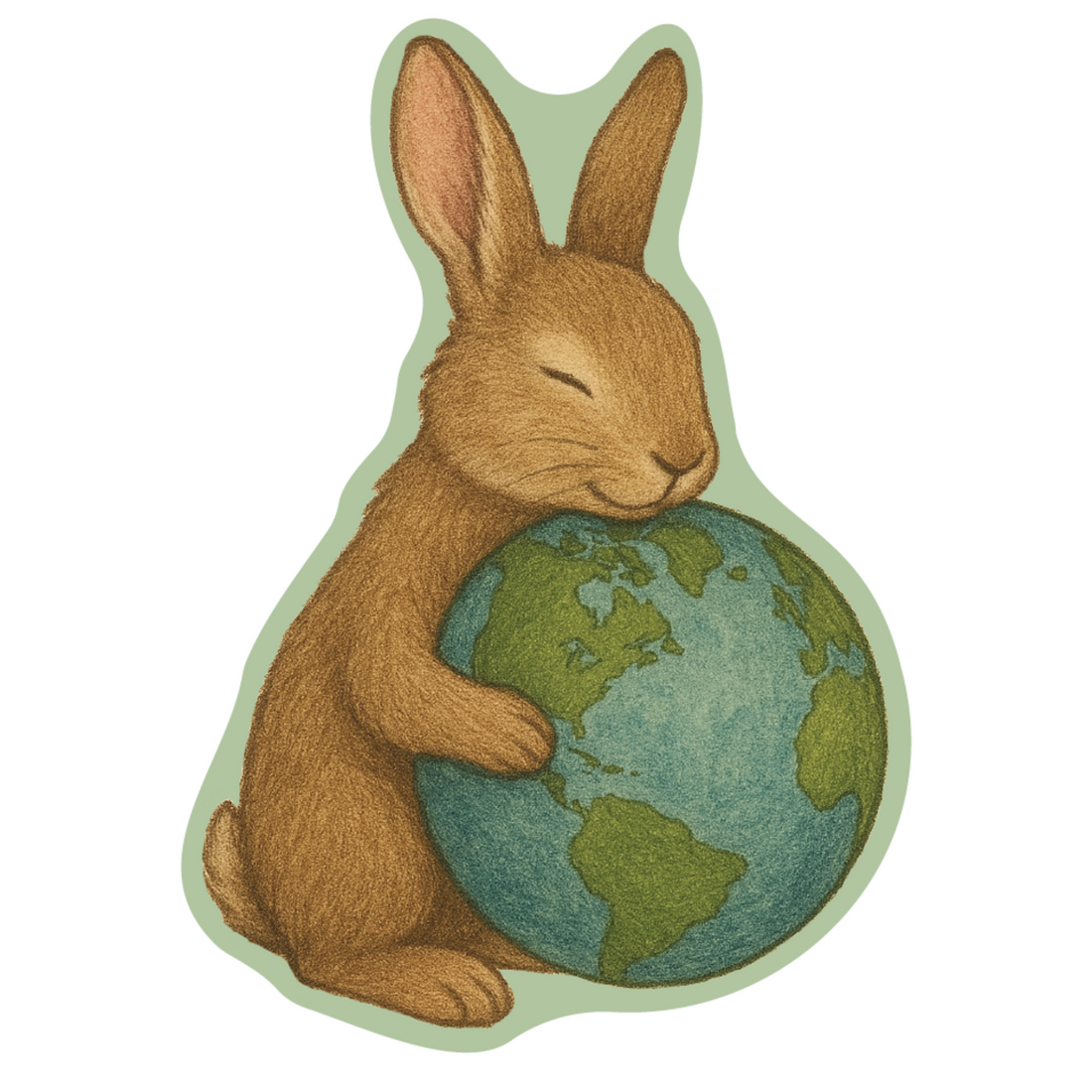
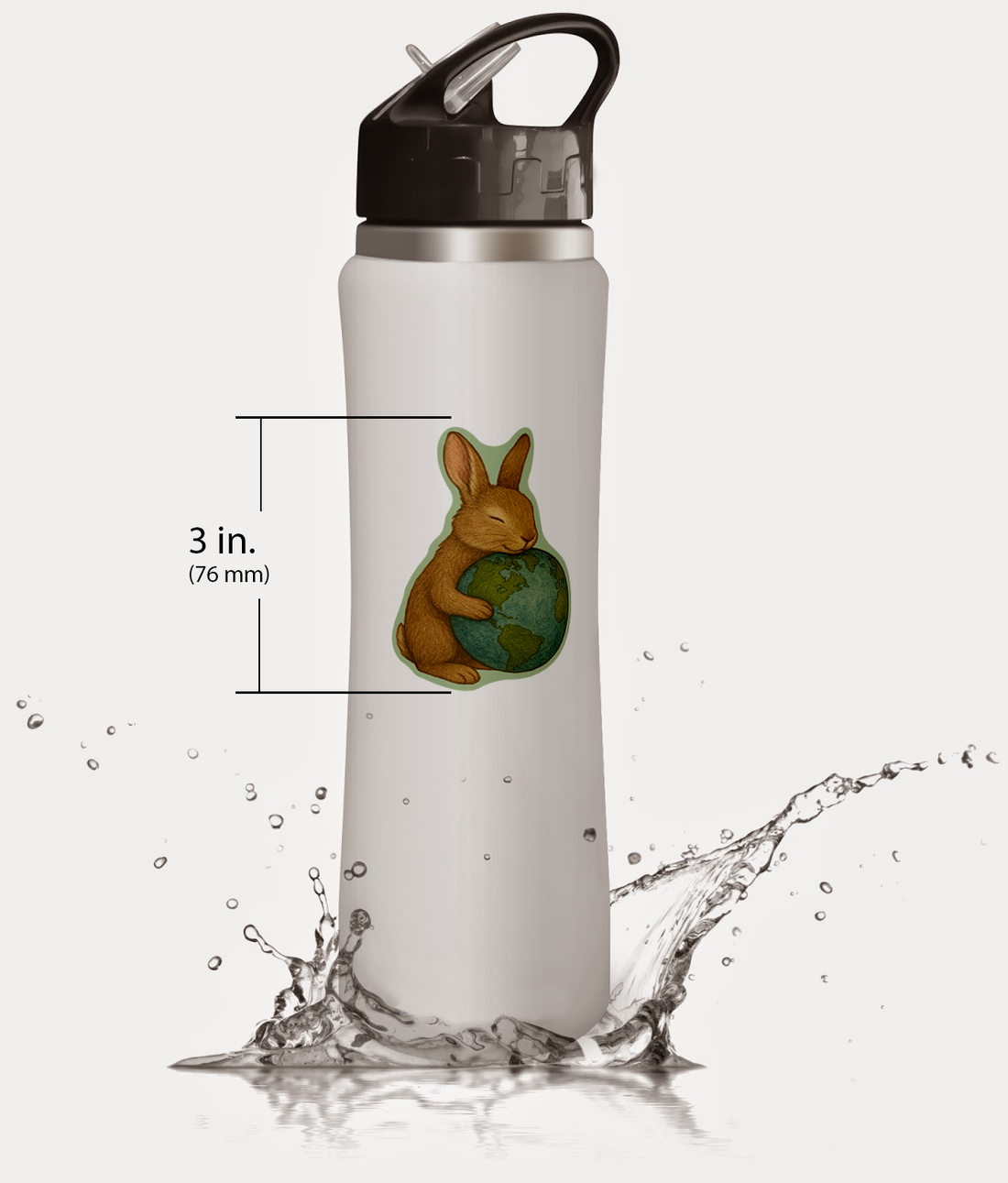
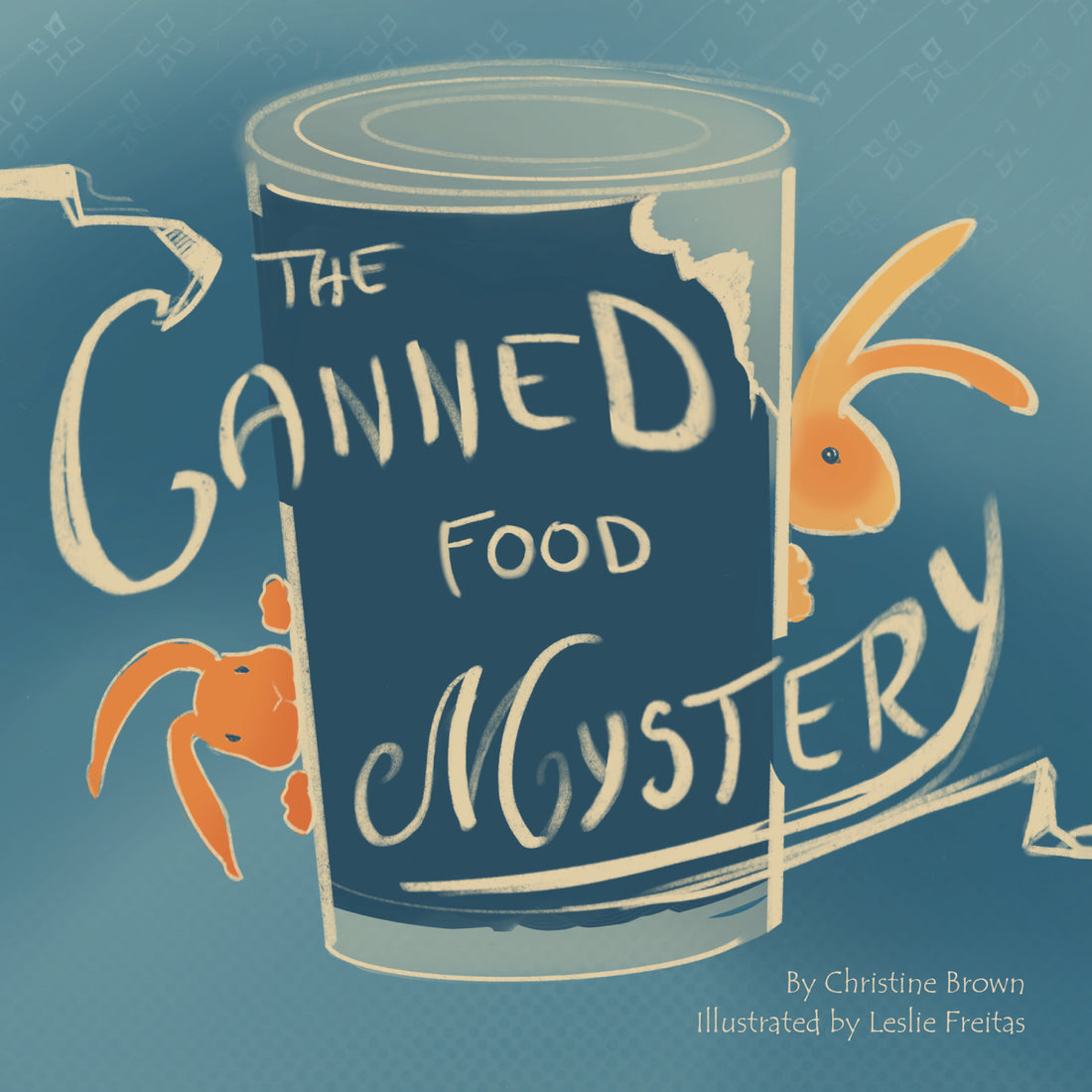
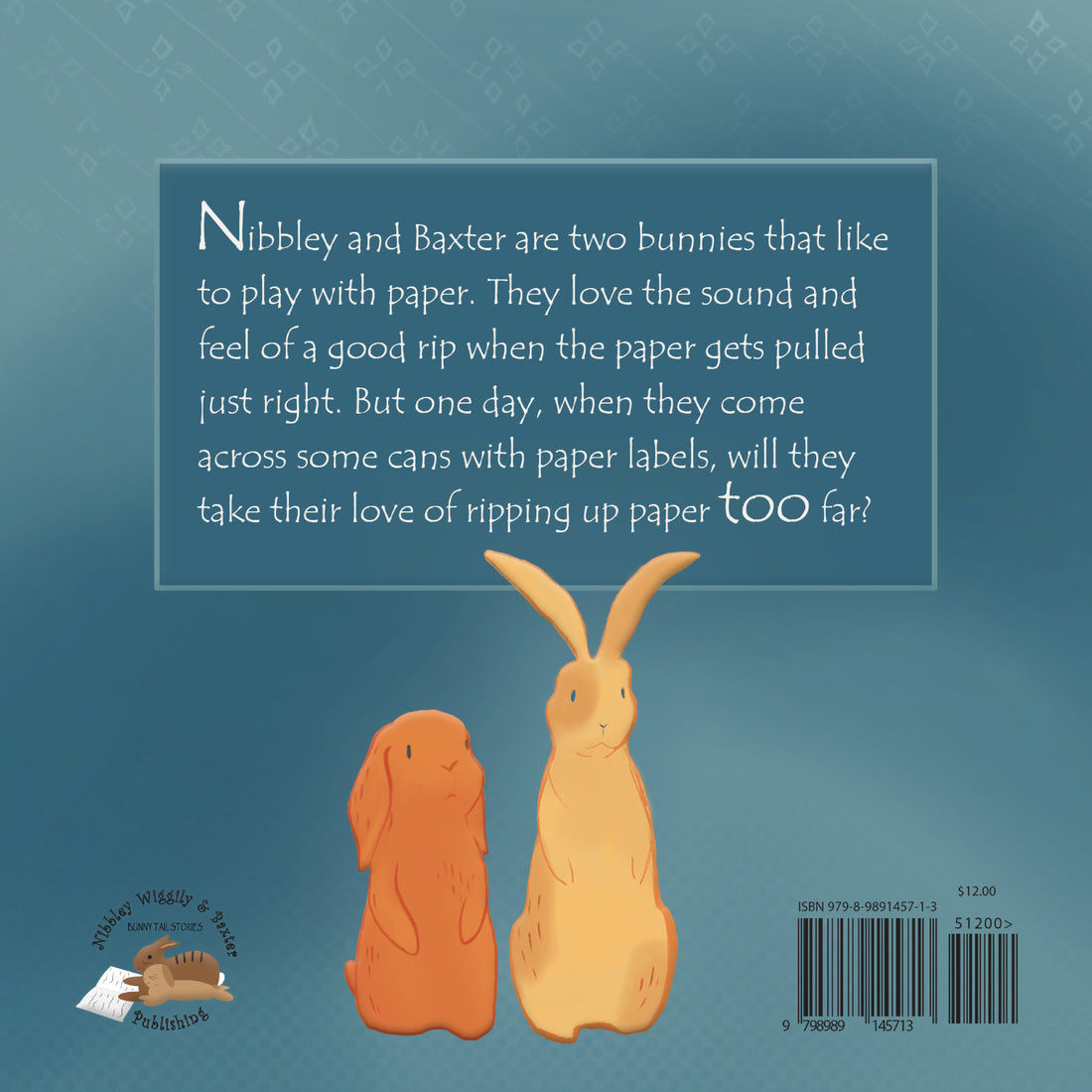
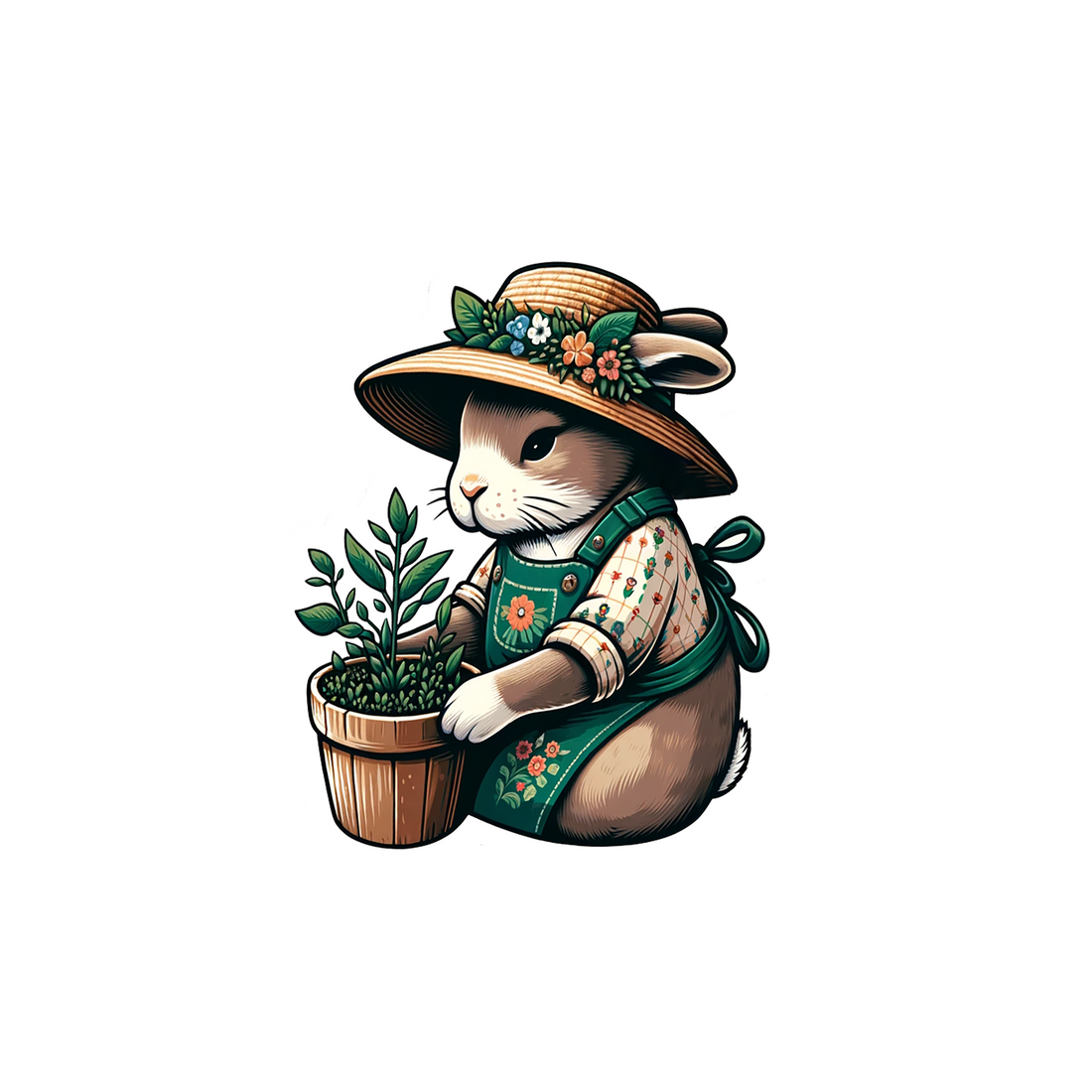
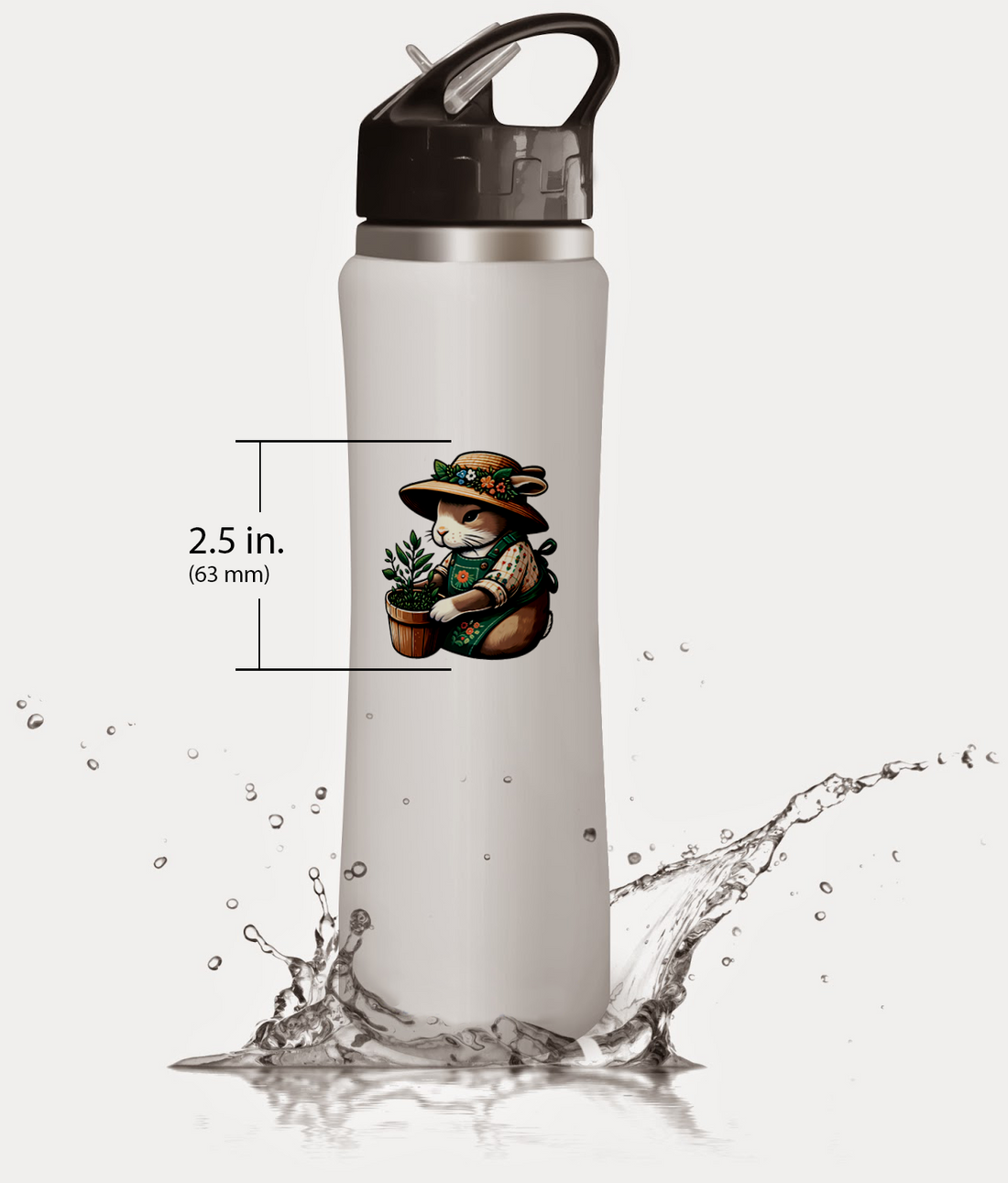
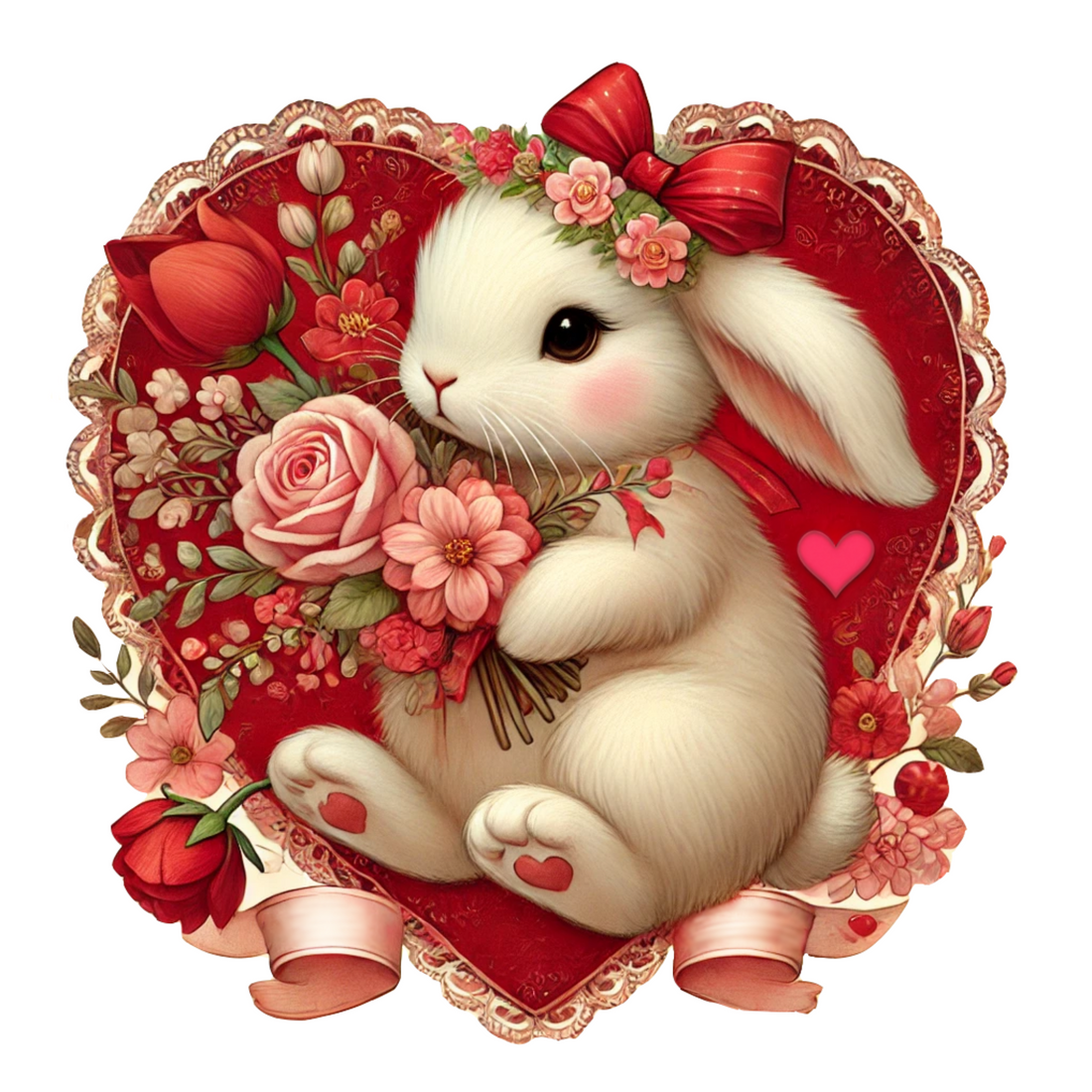
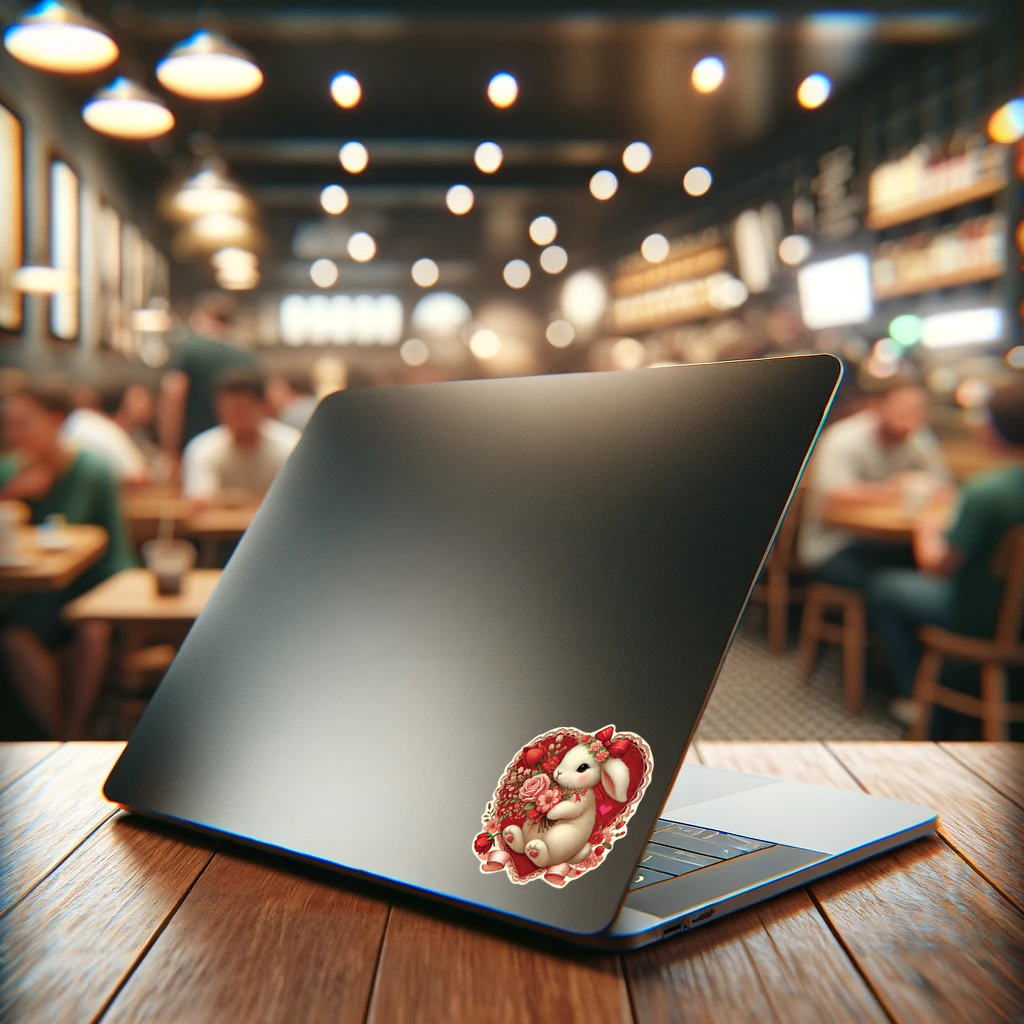




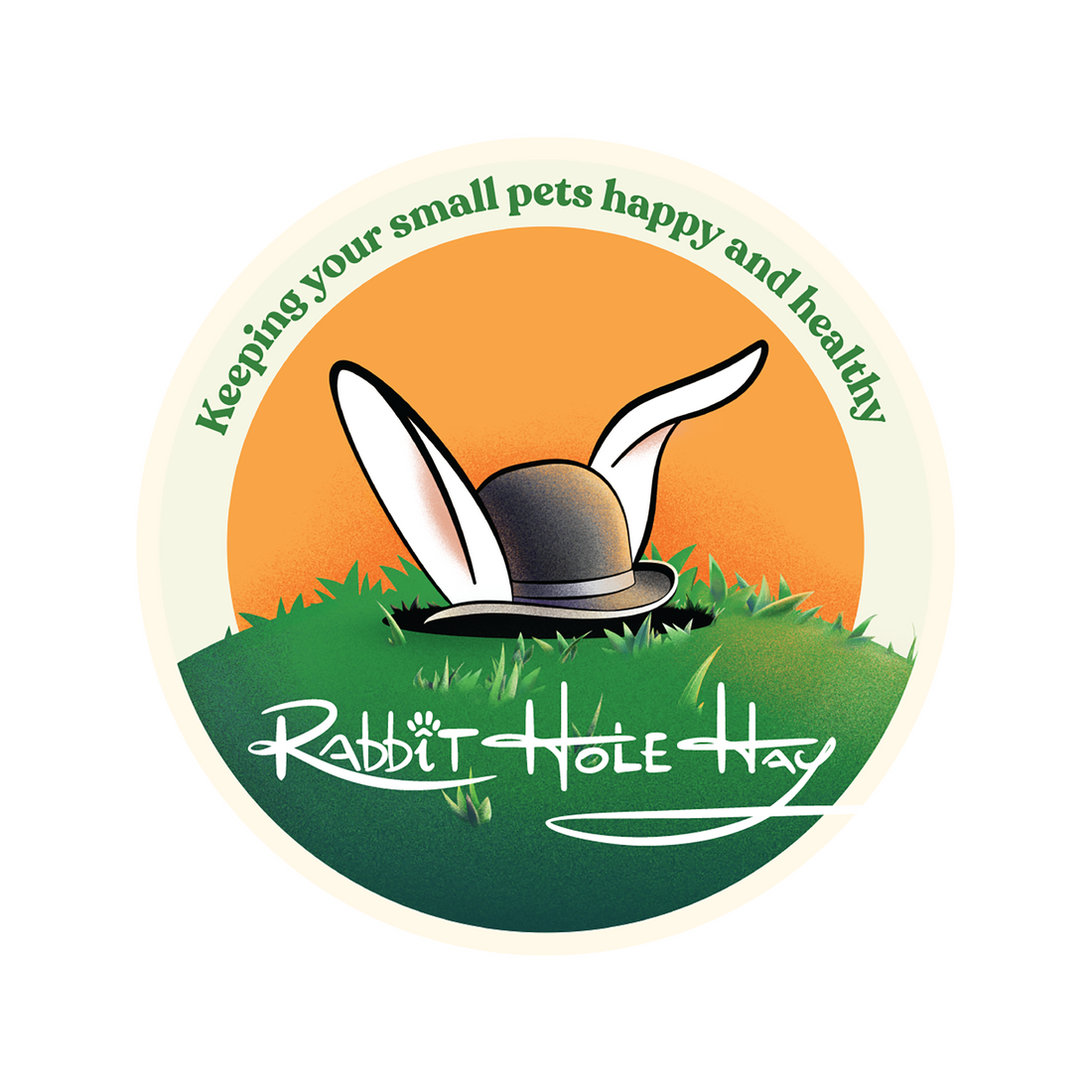
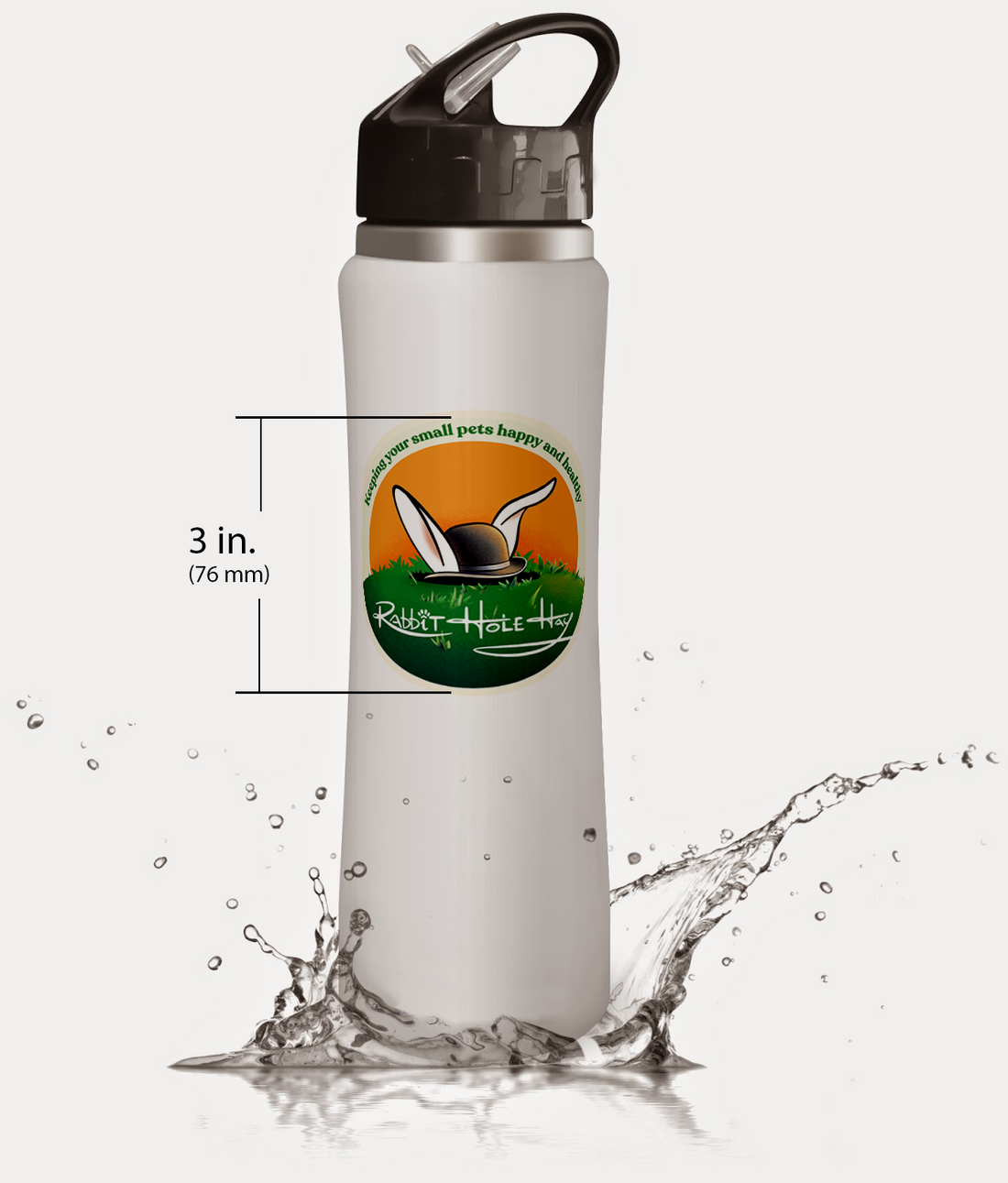




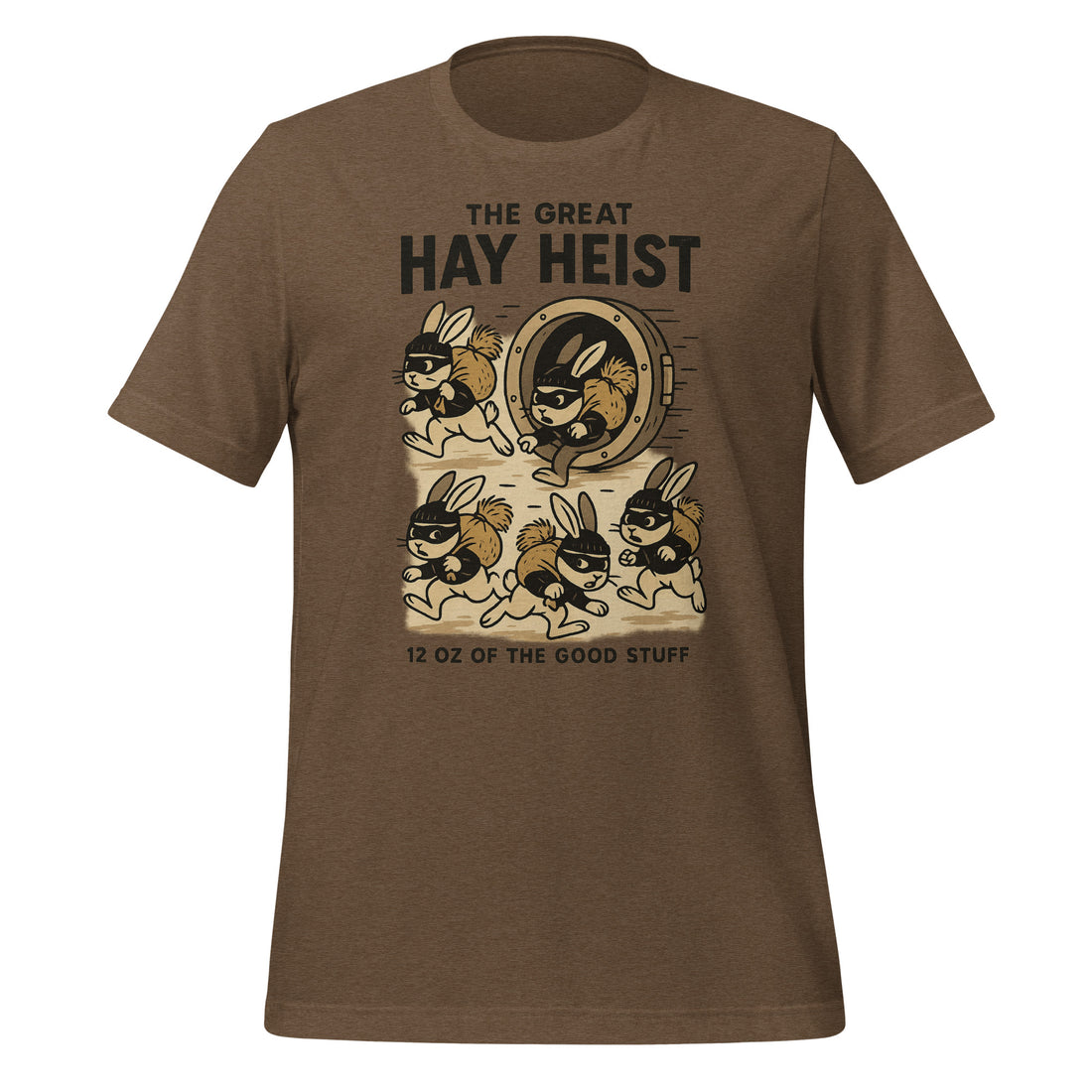

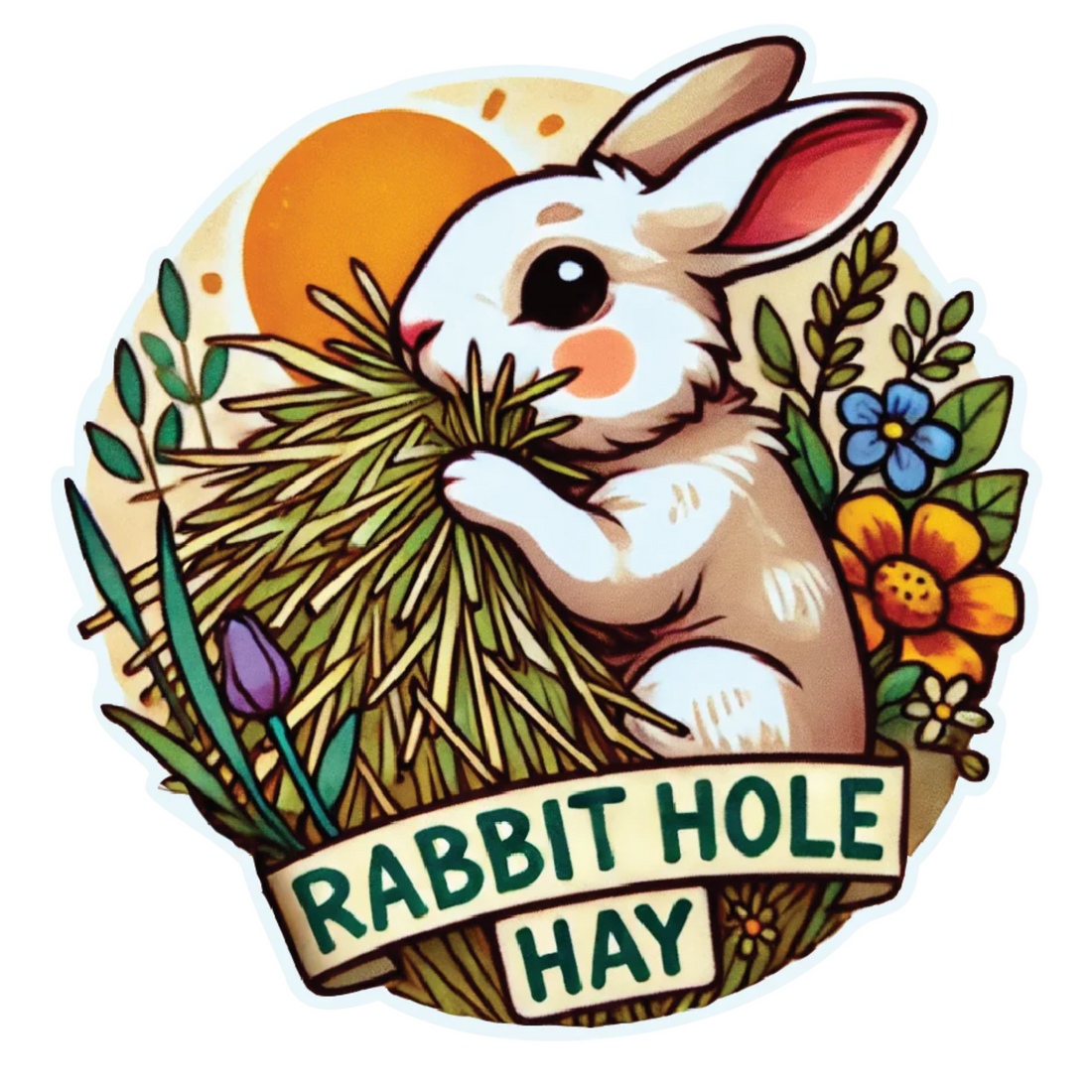
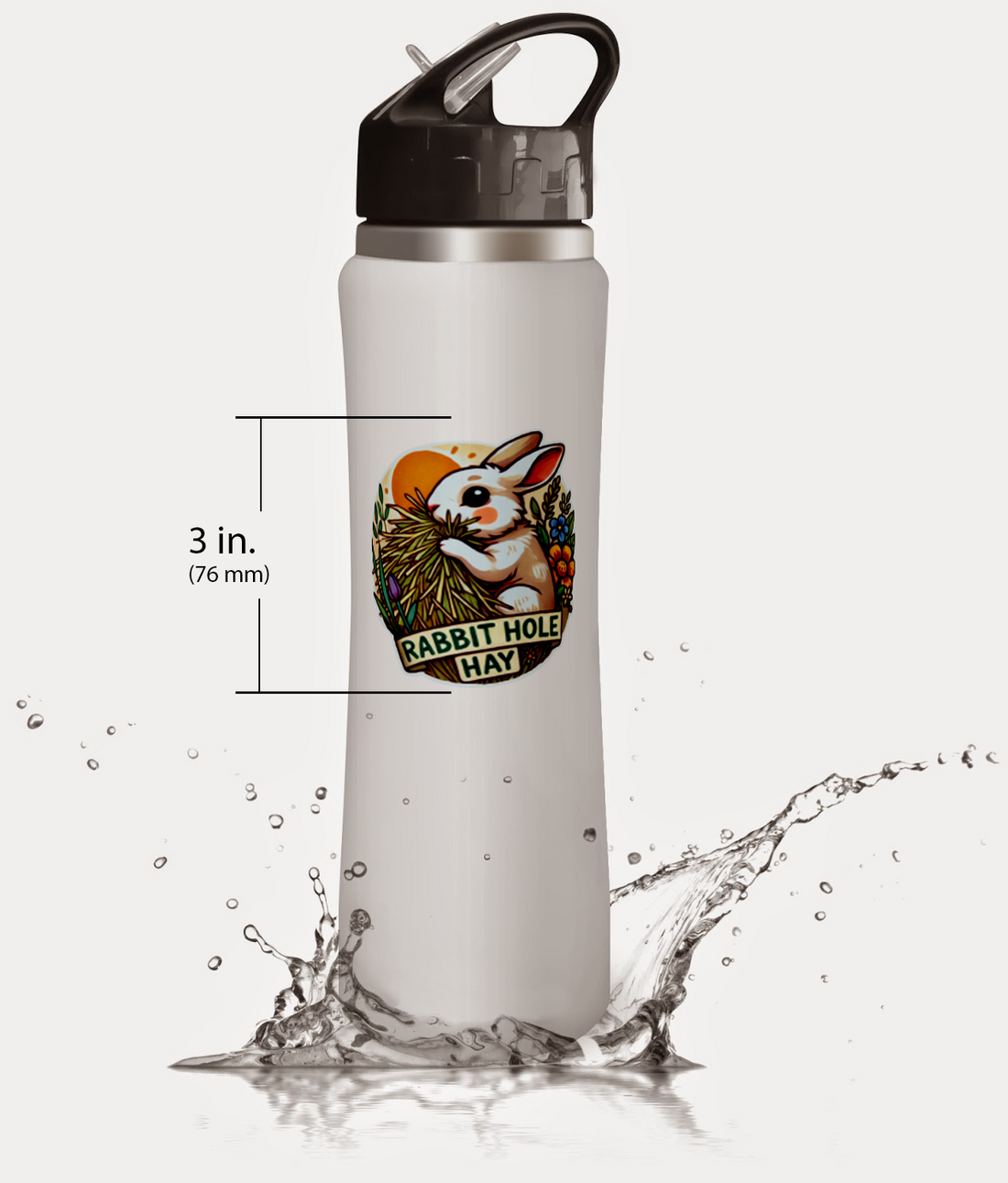
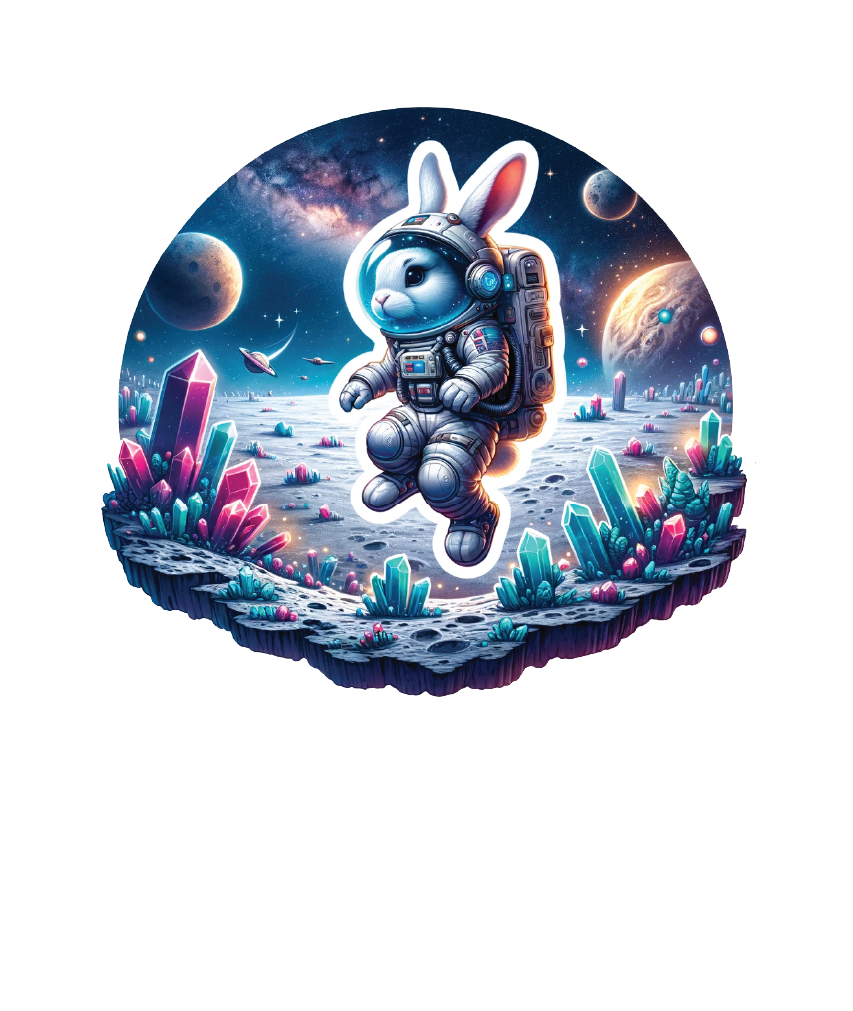
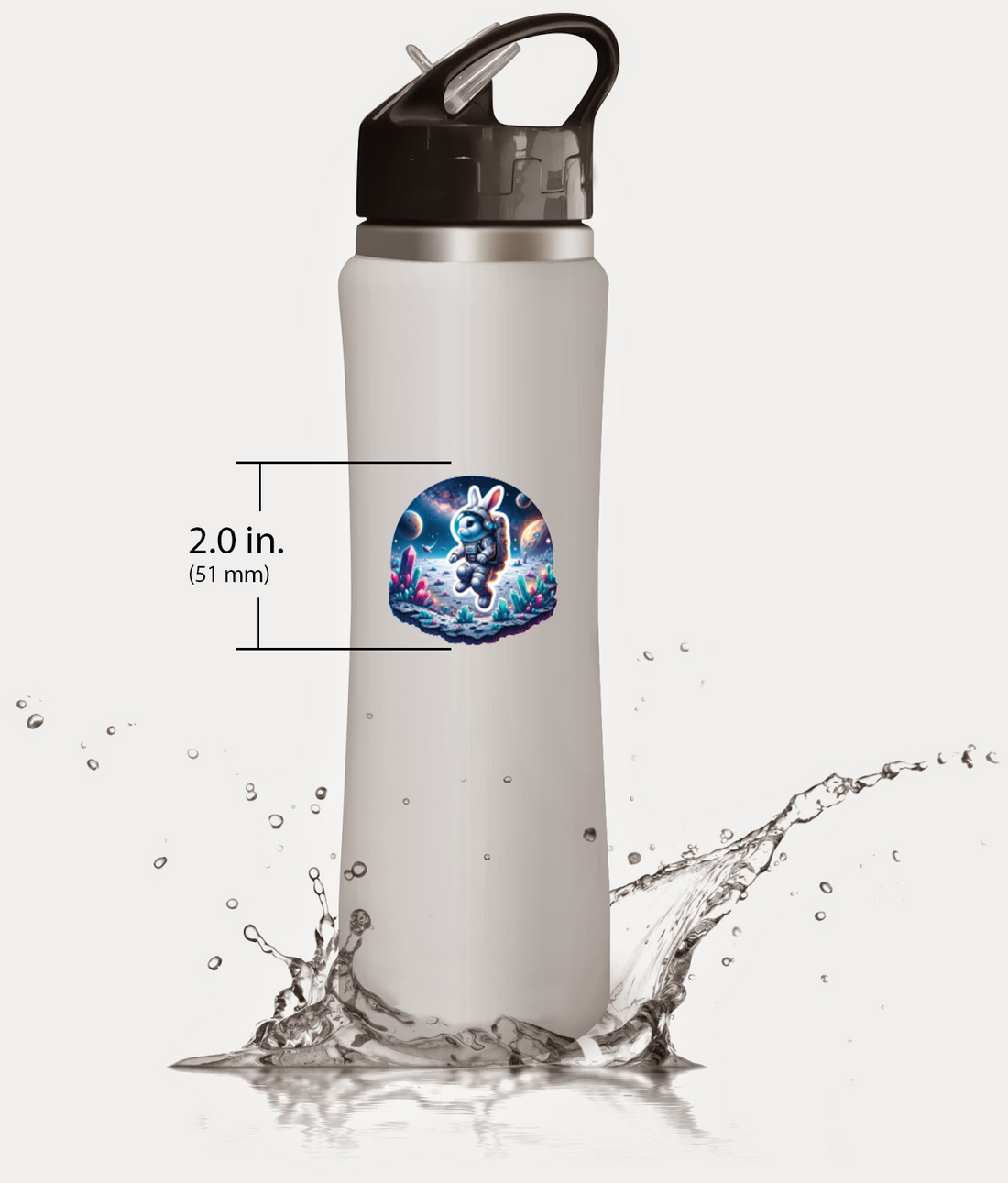


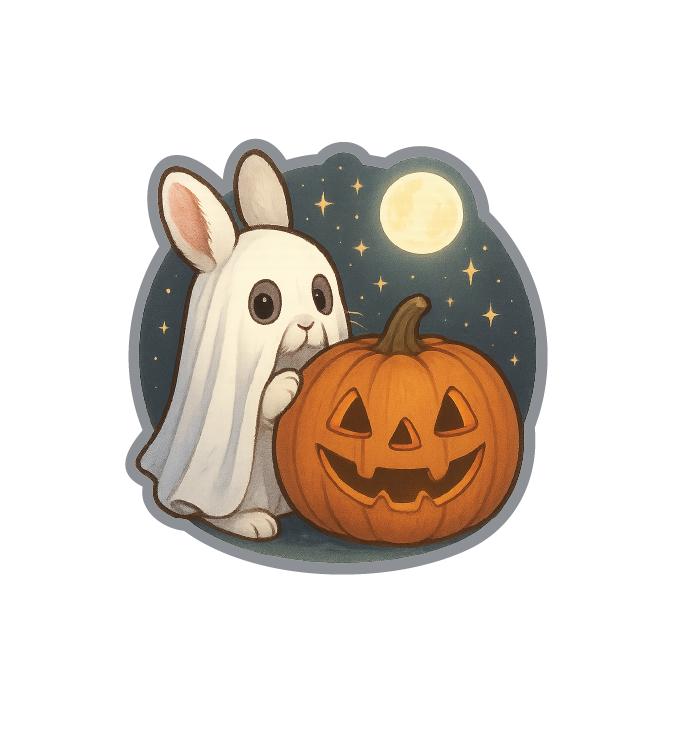
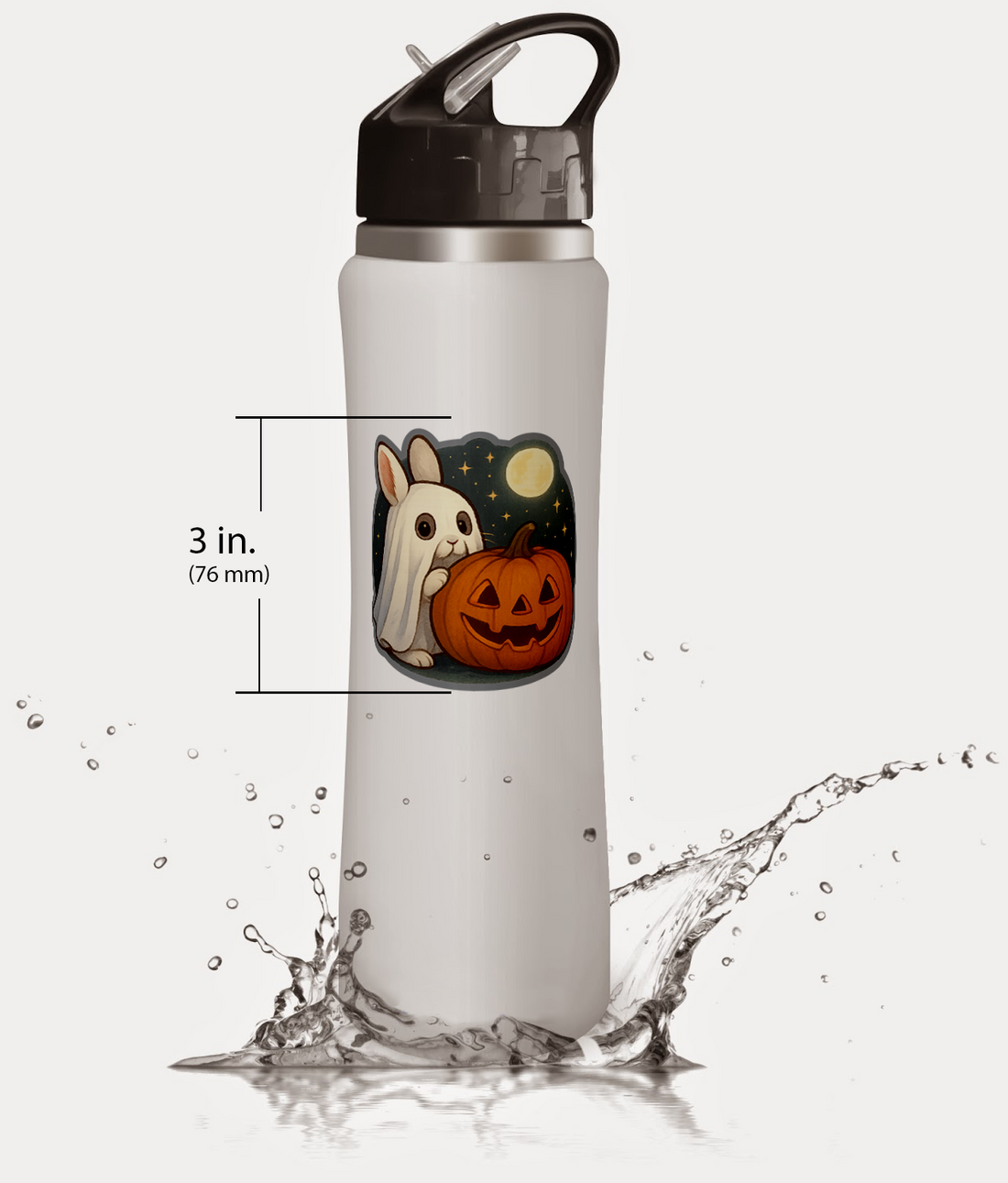
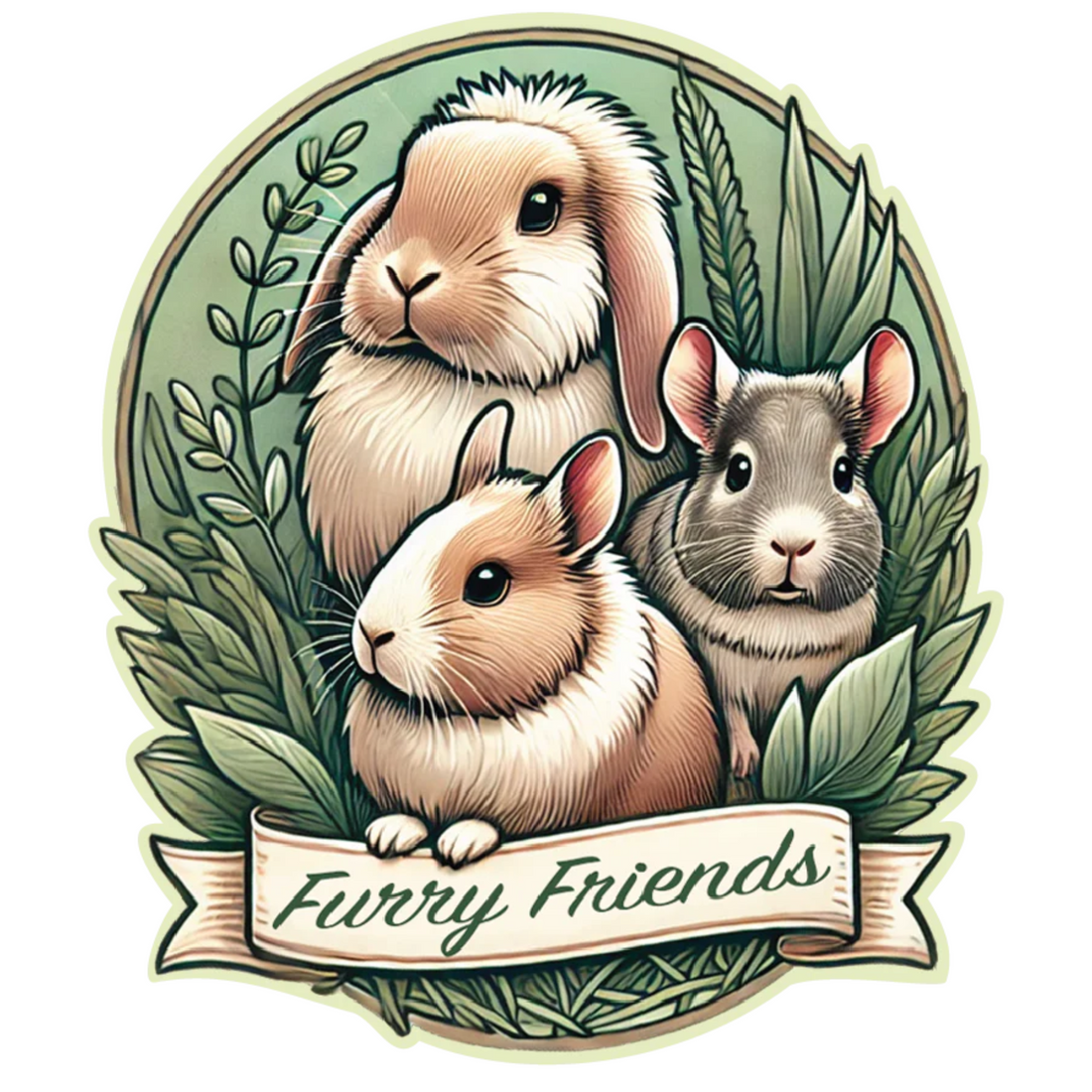
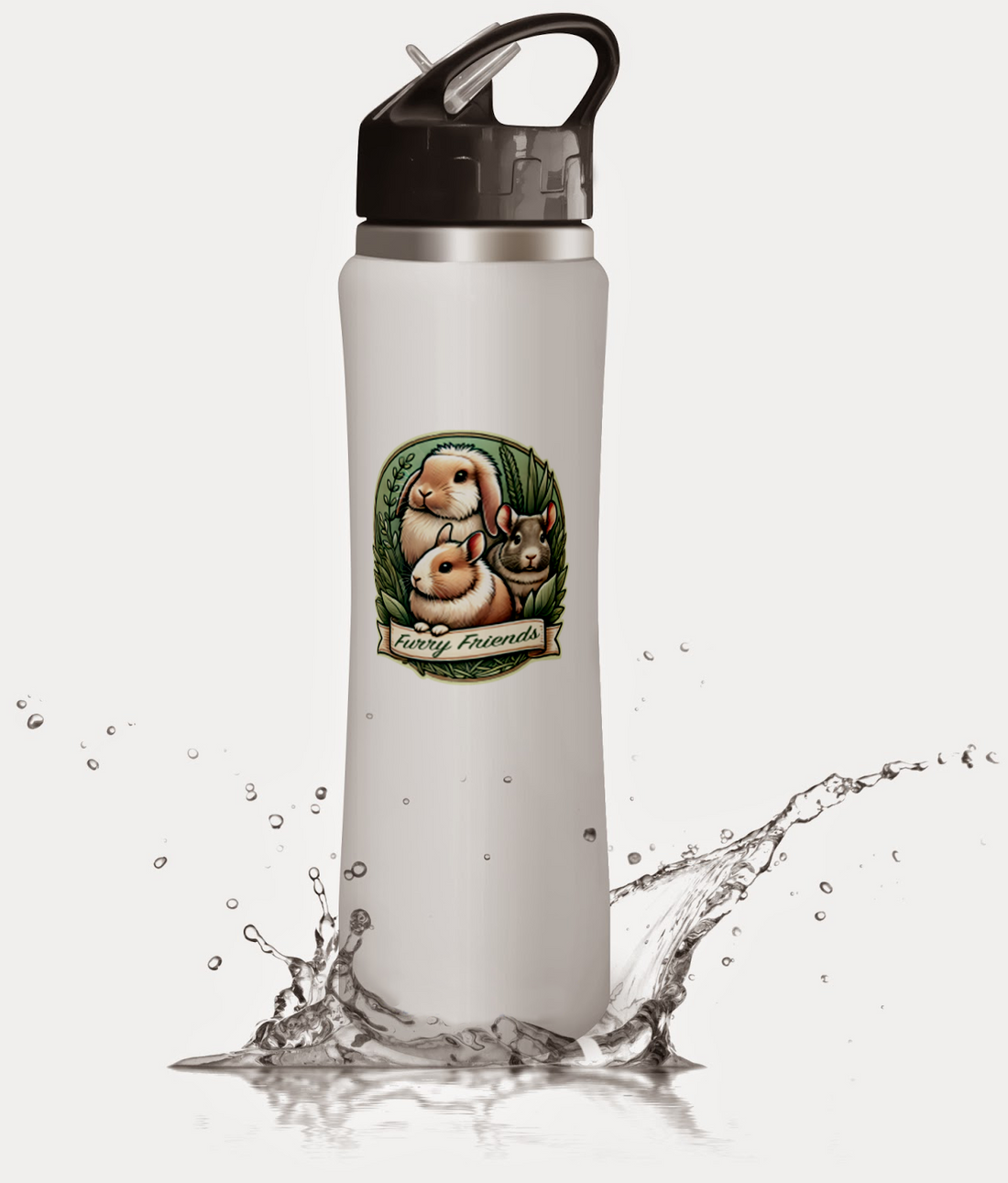




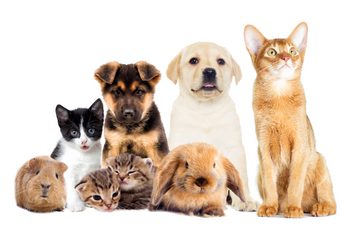


Comments